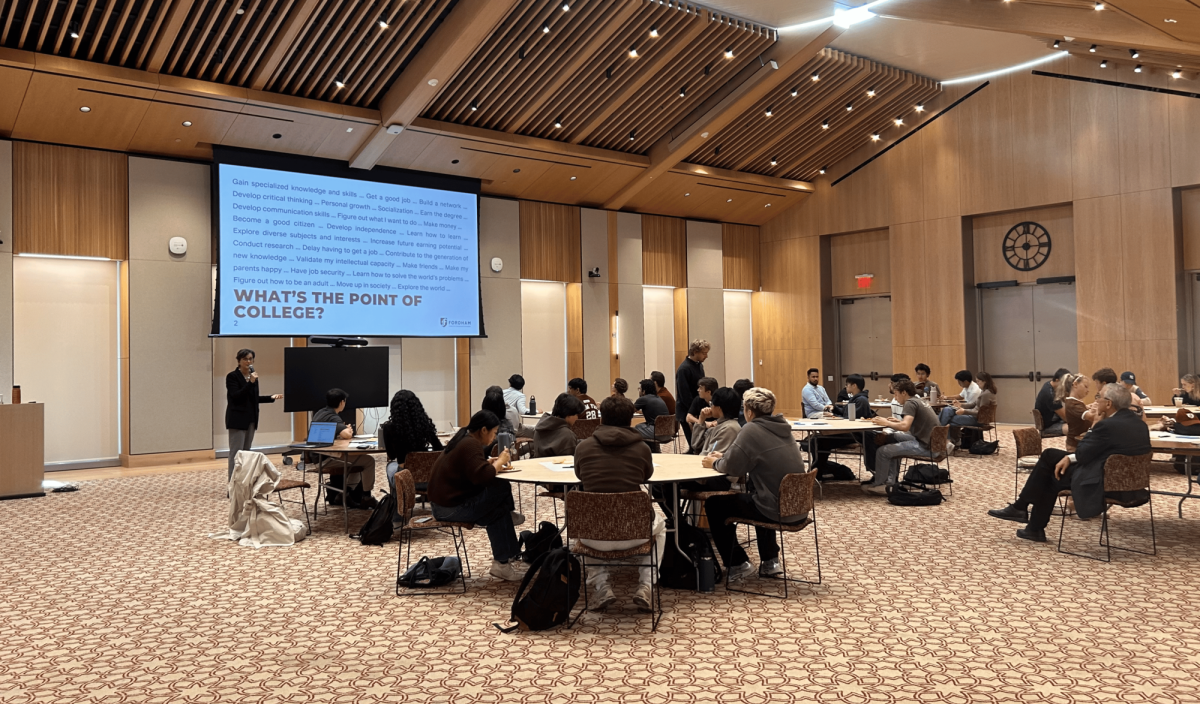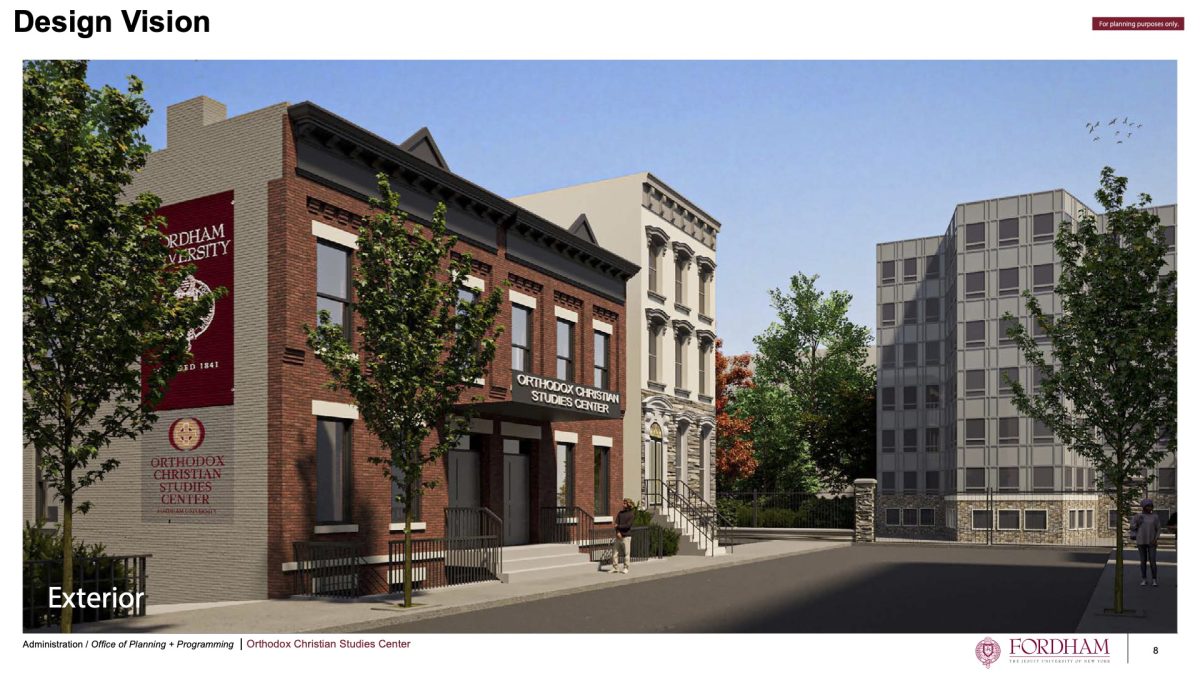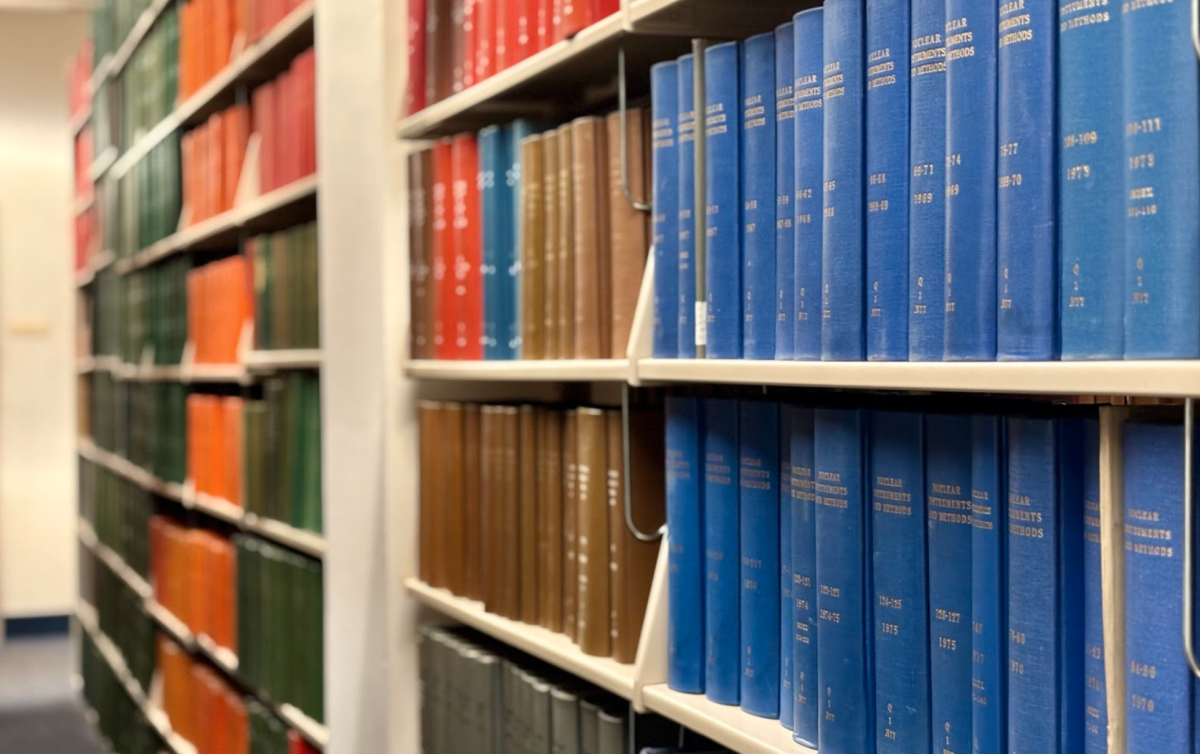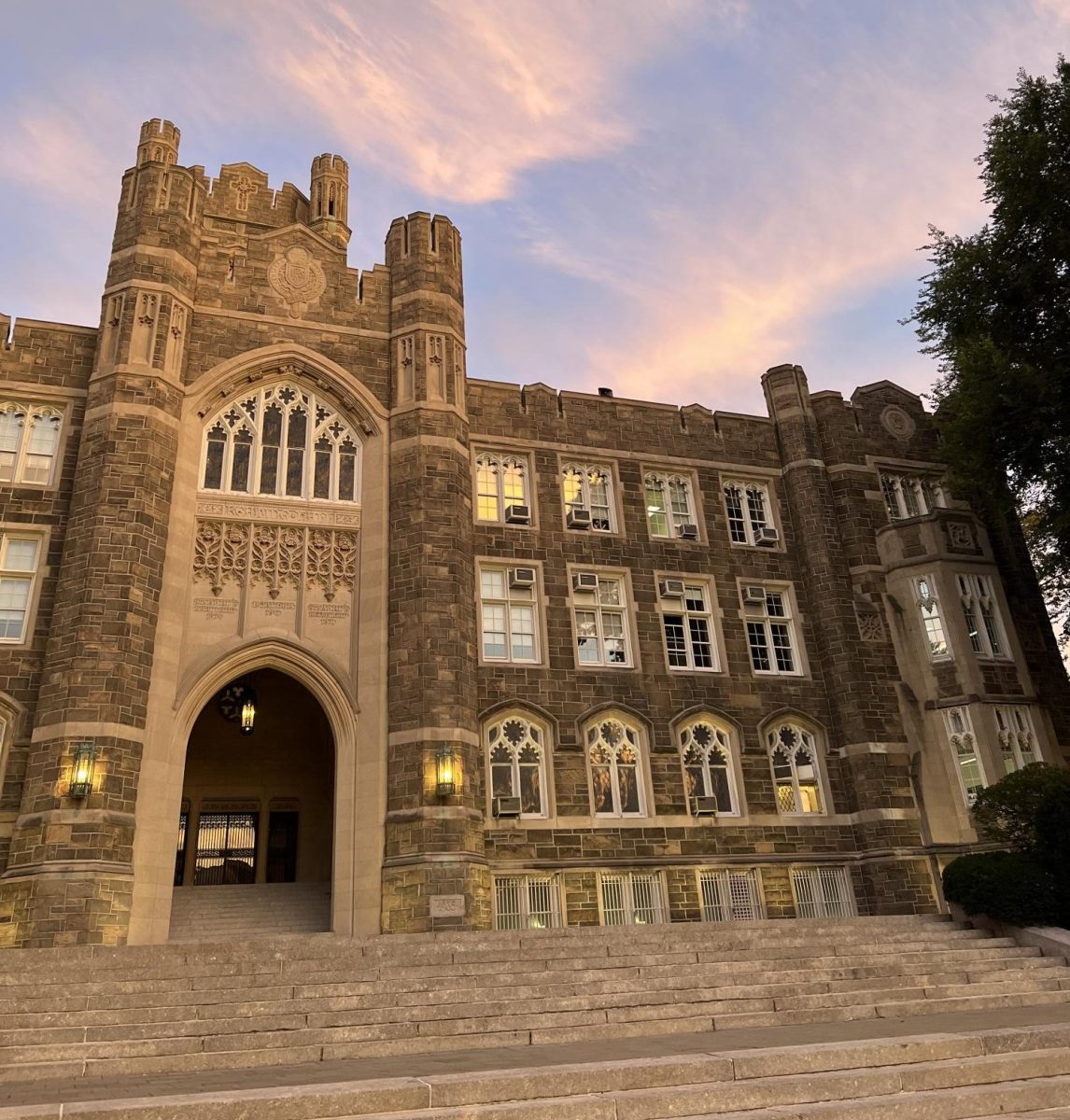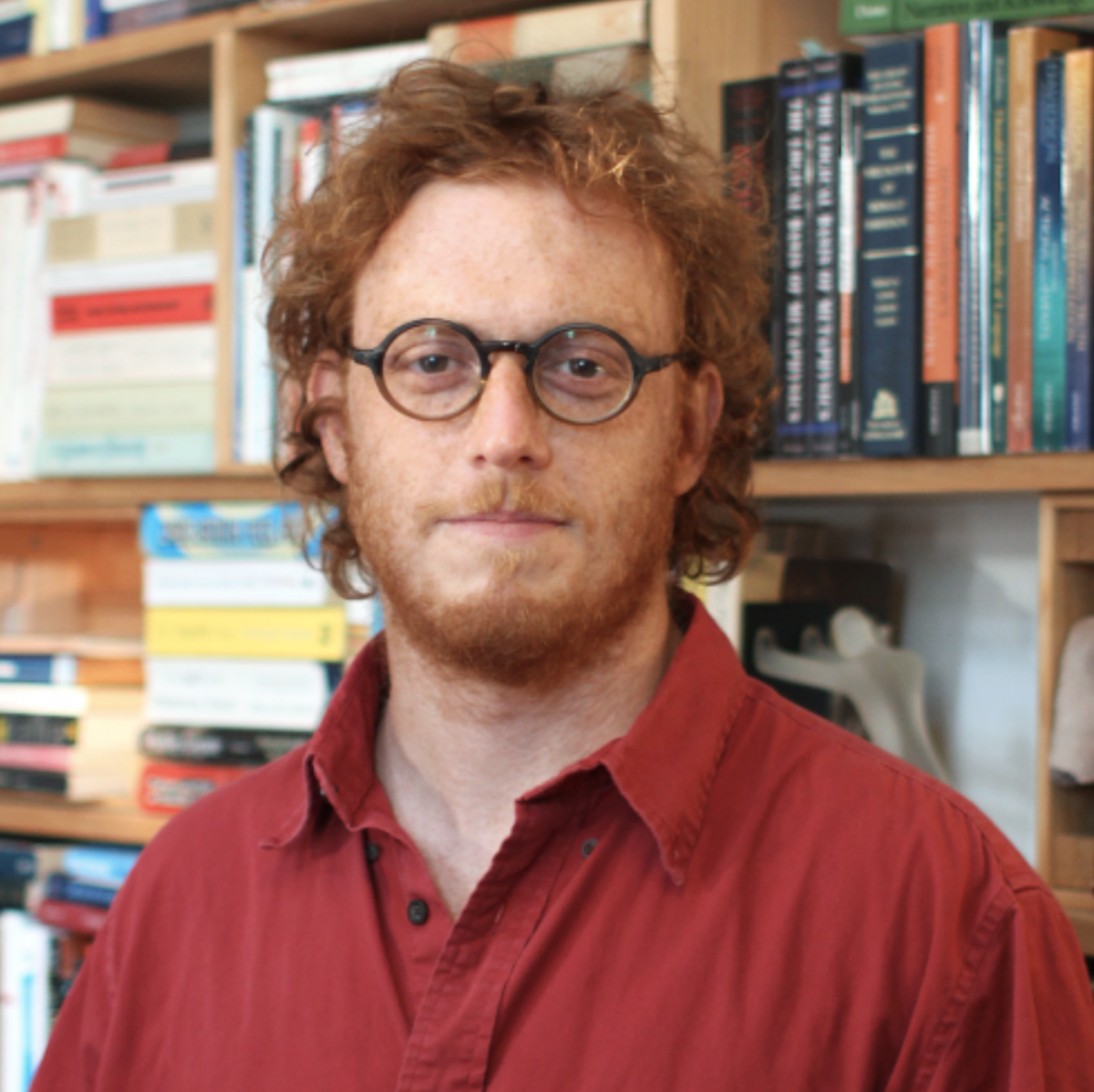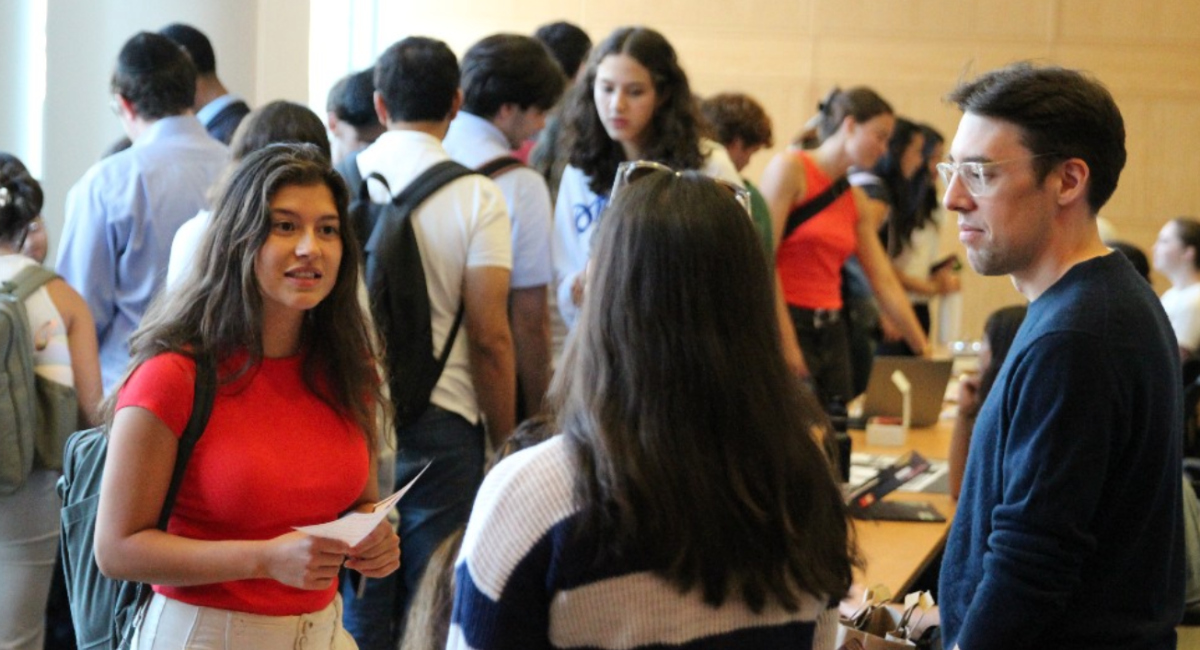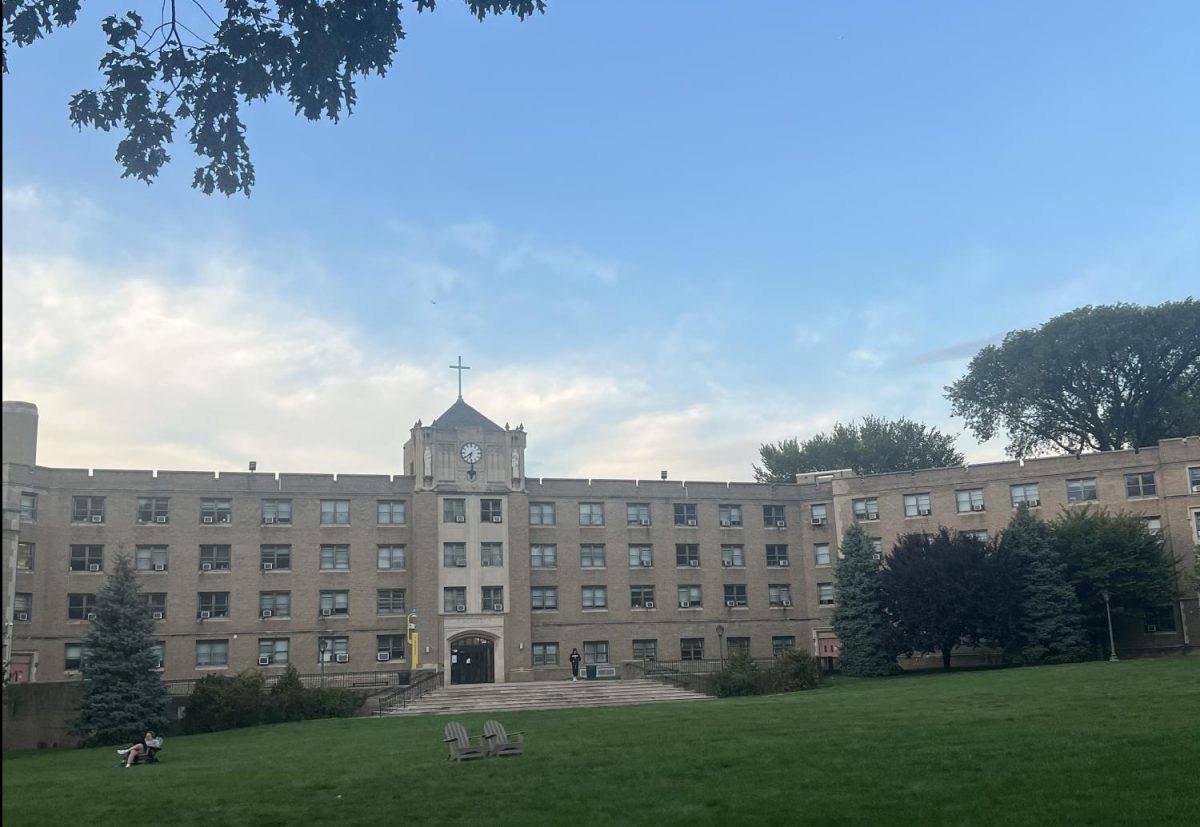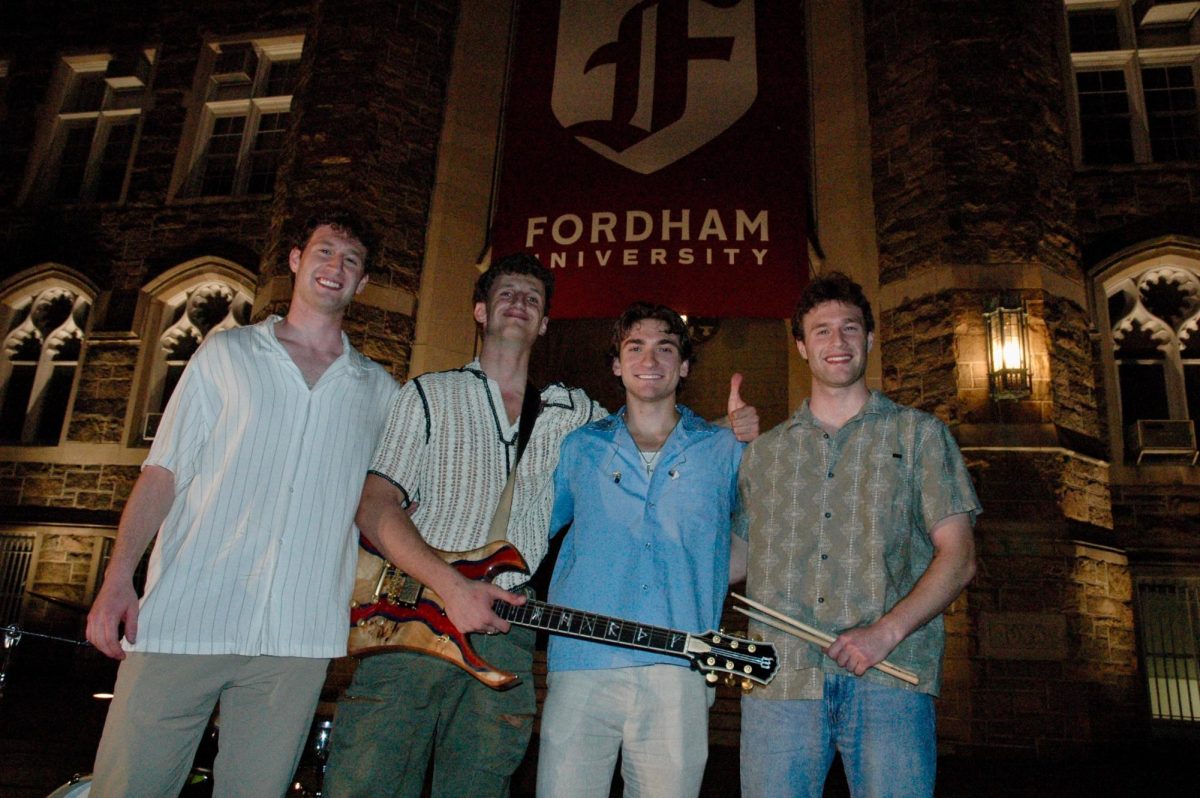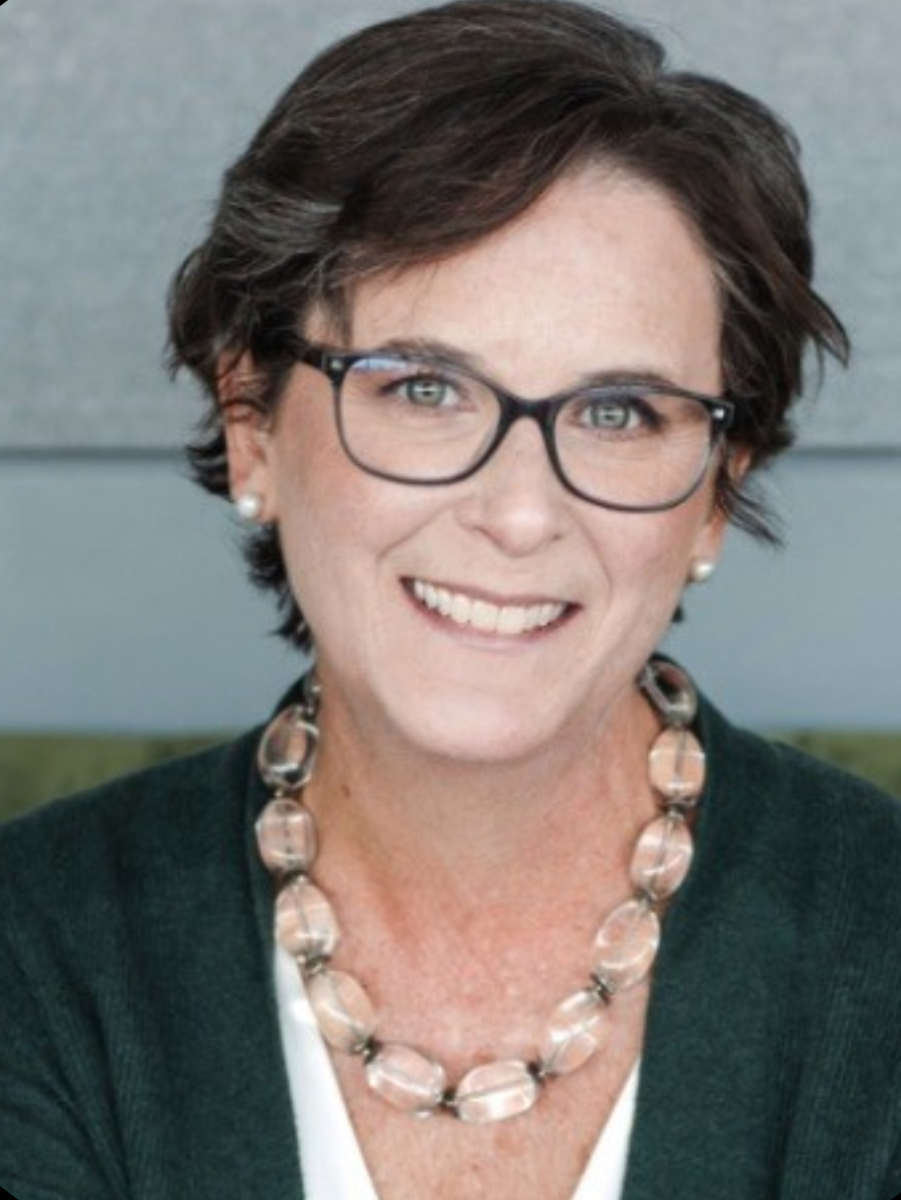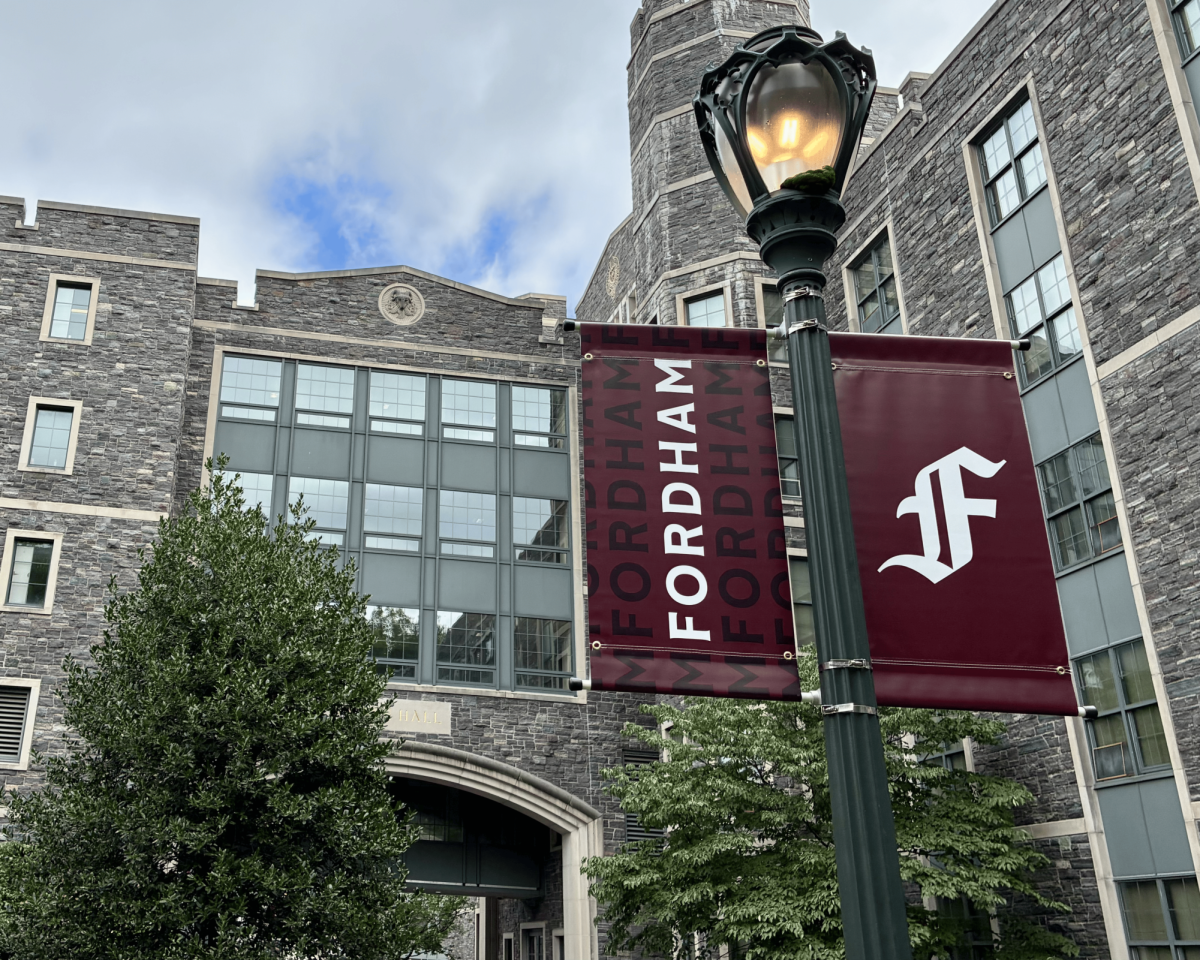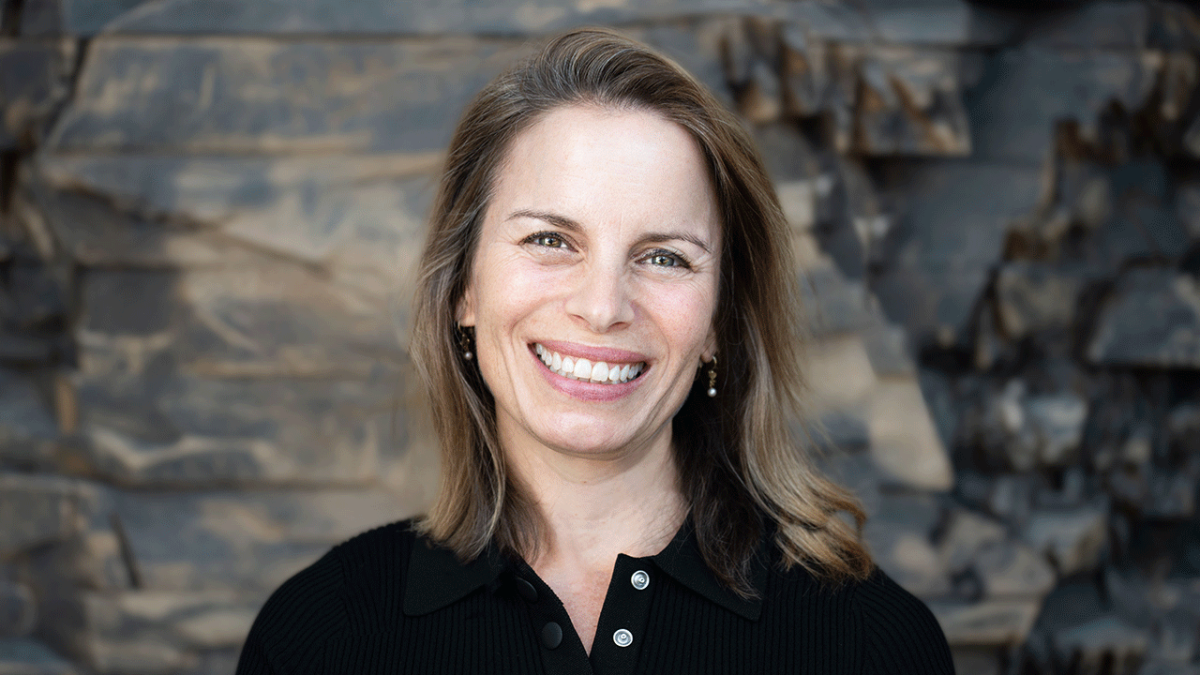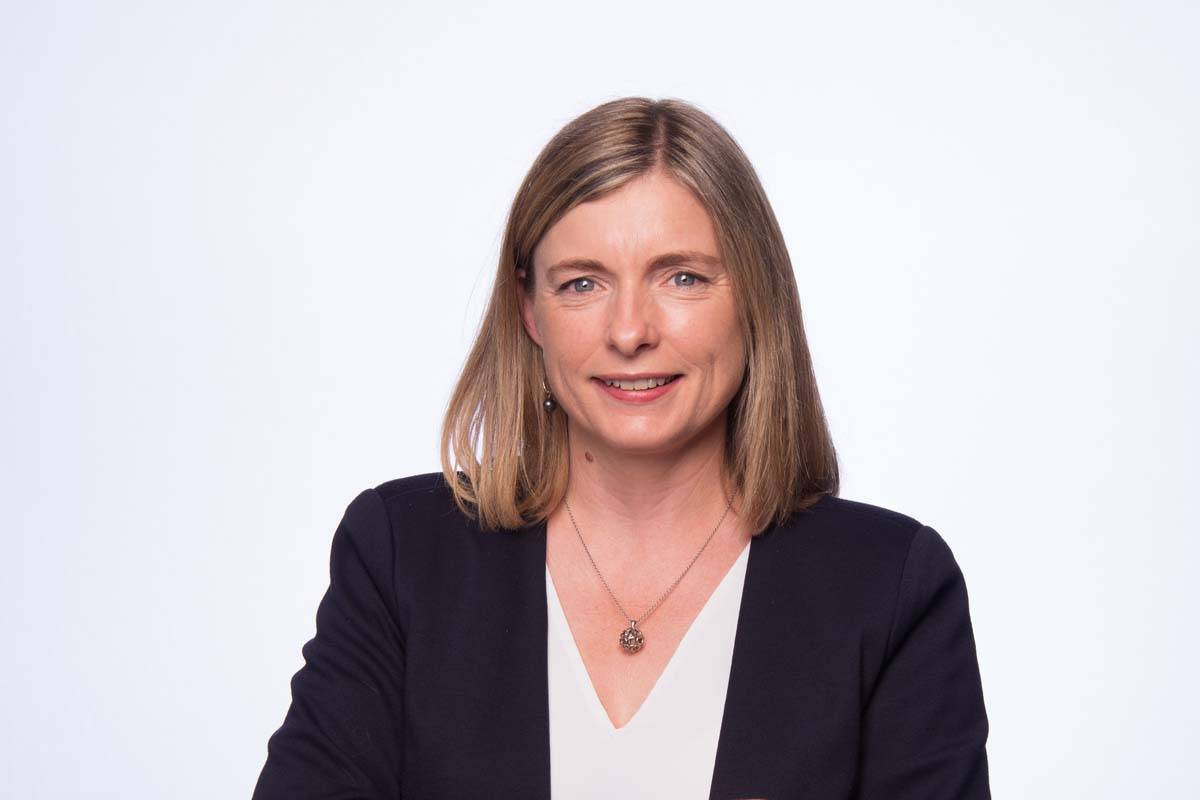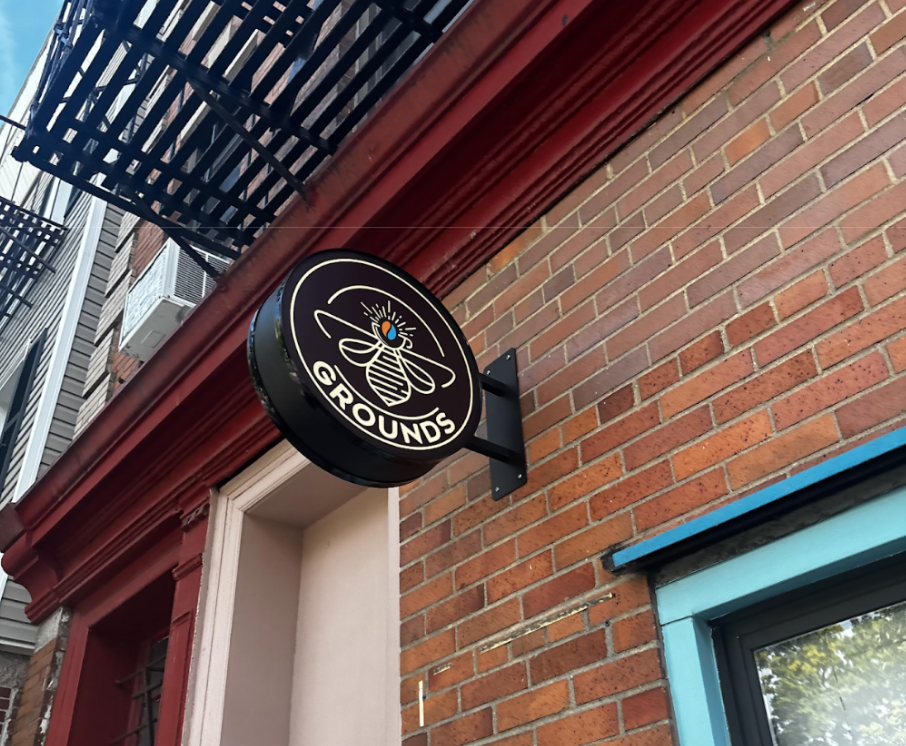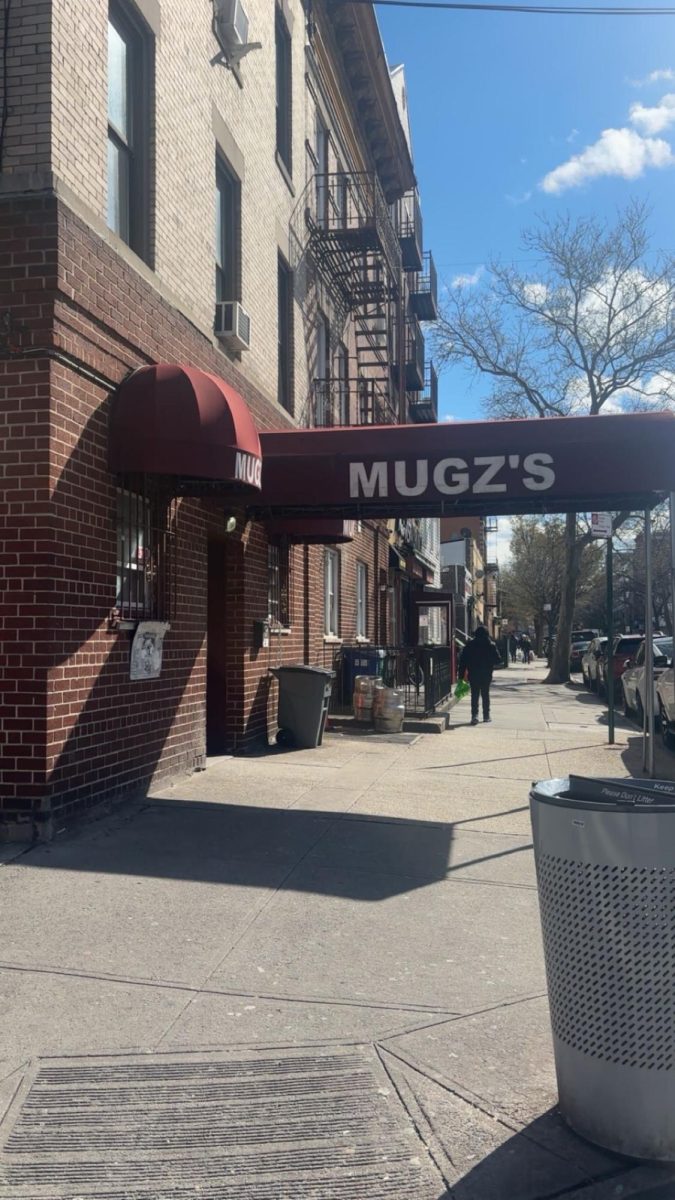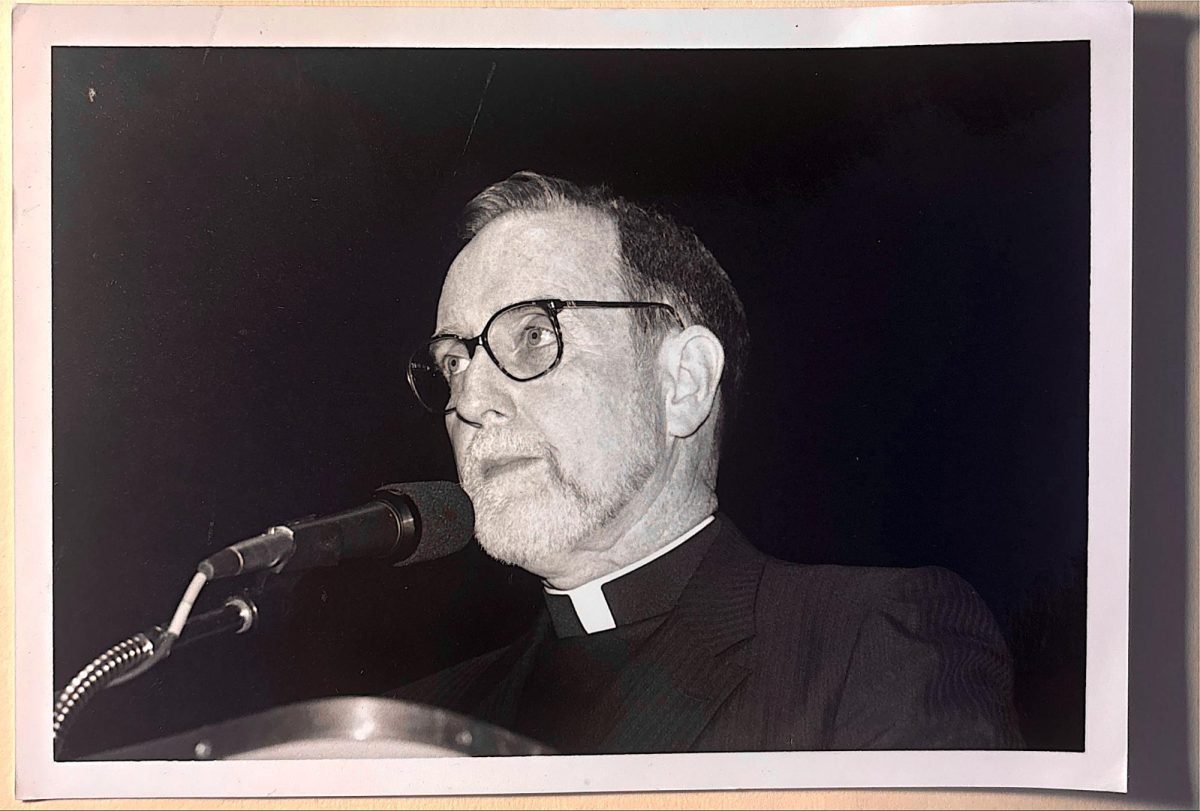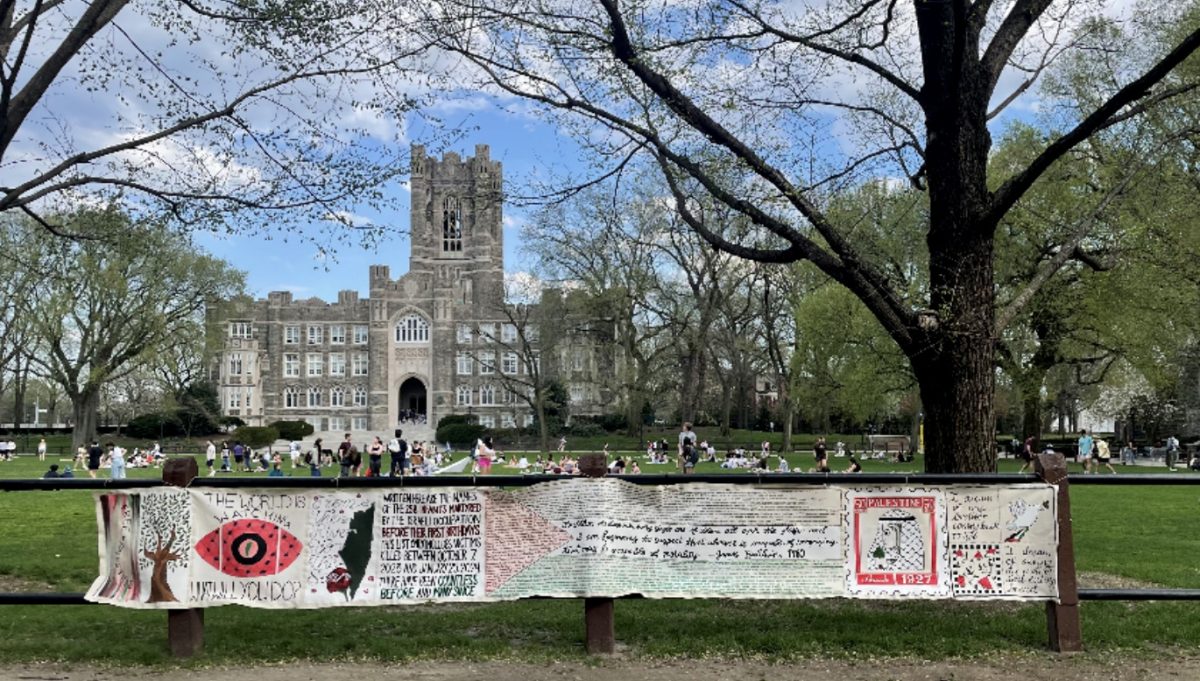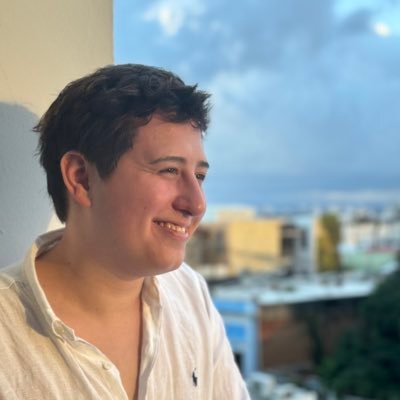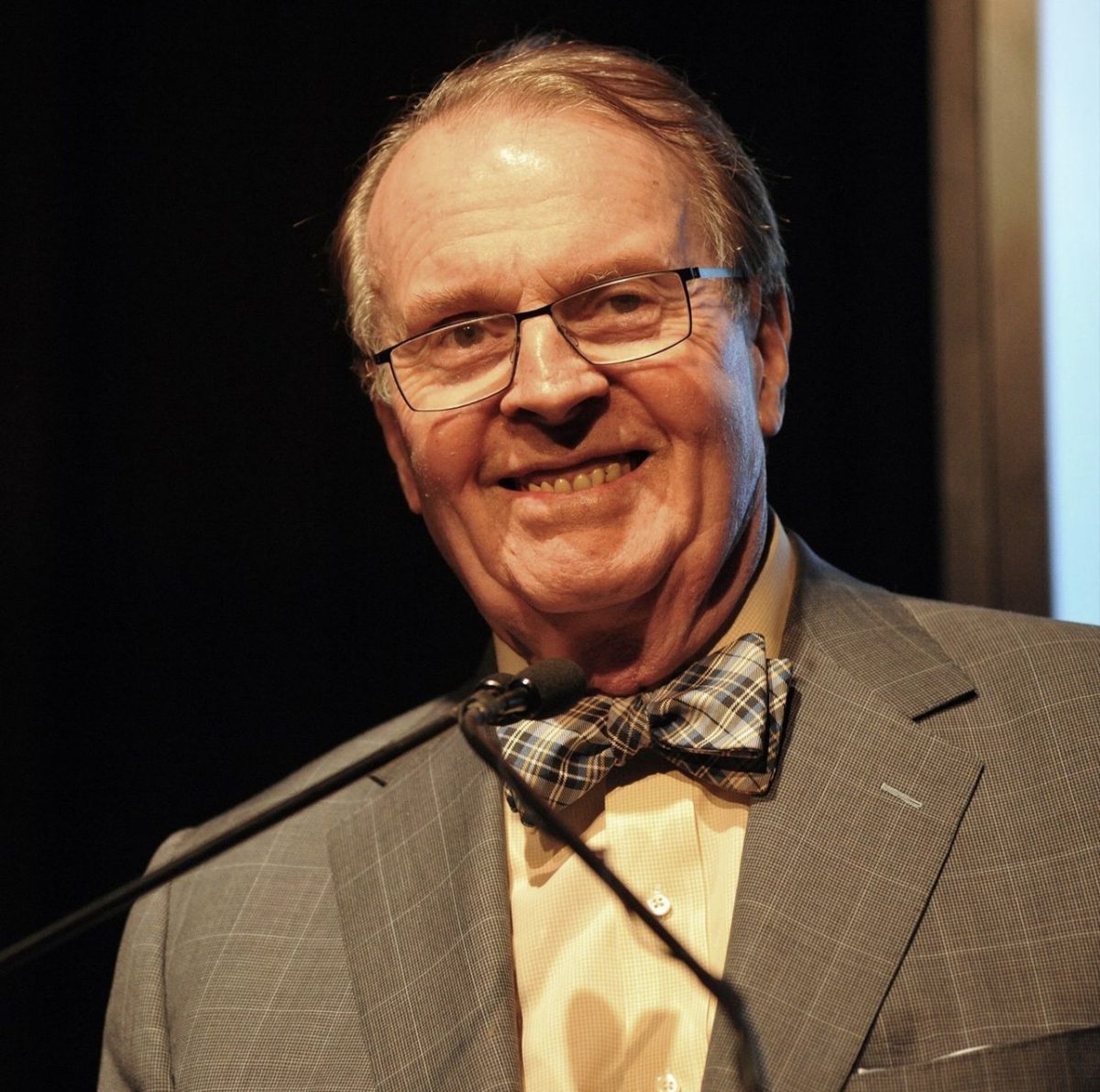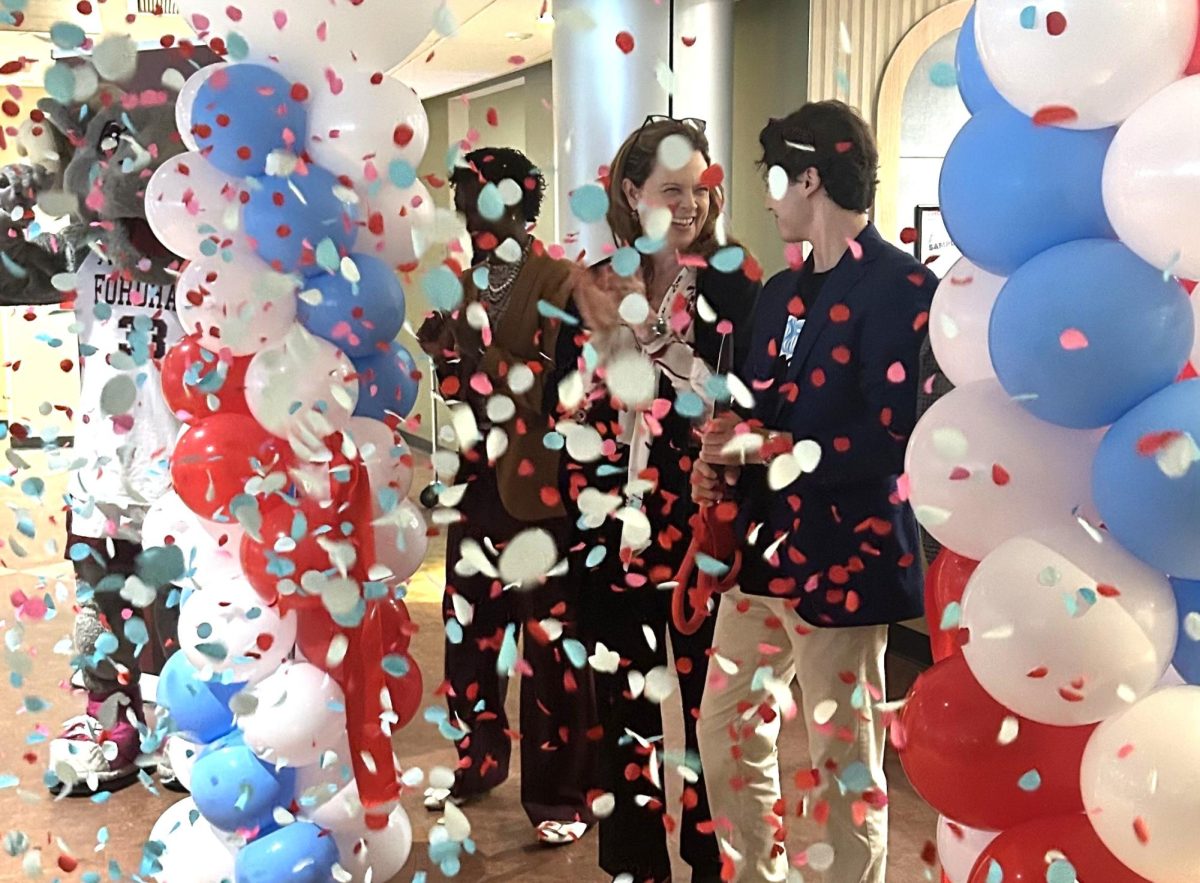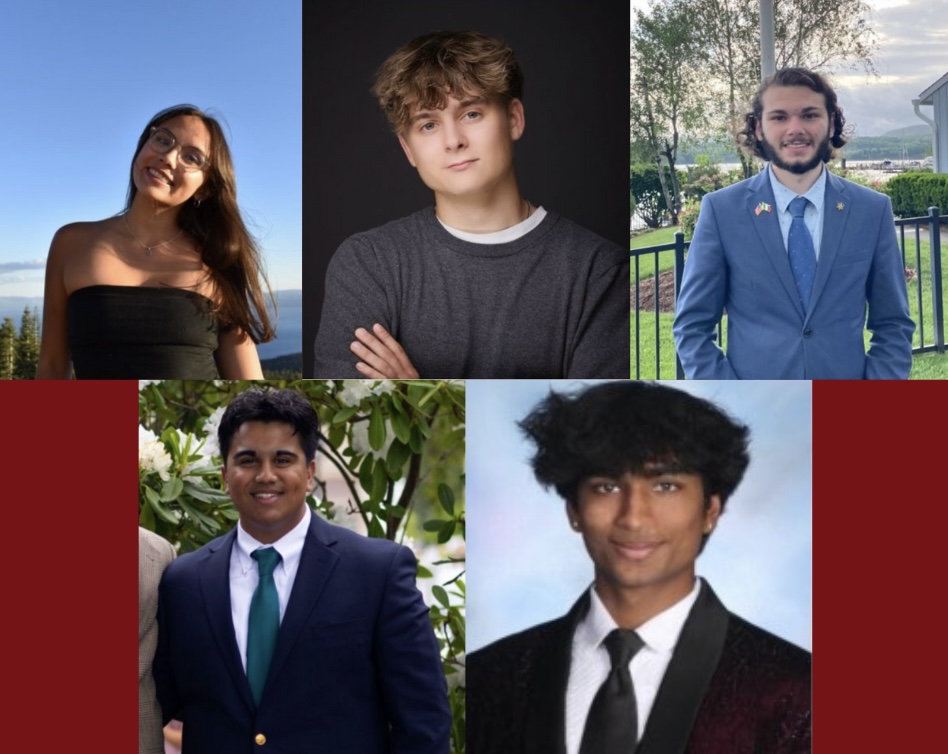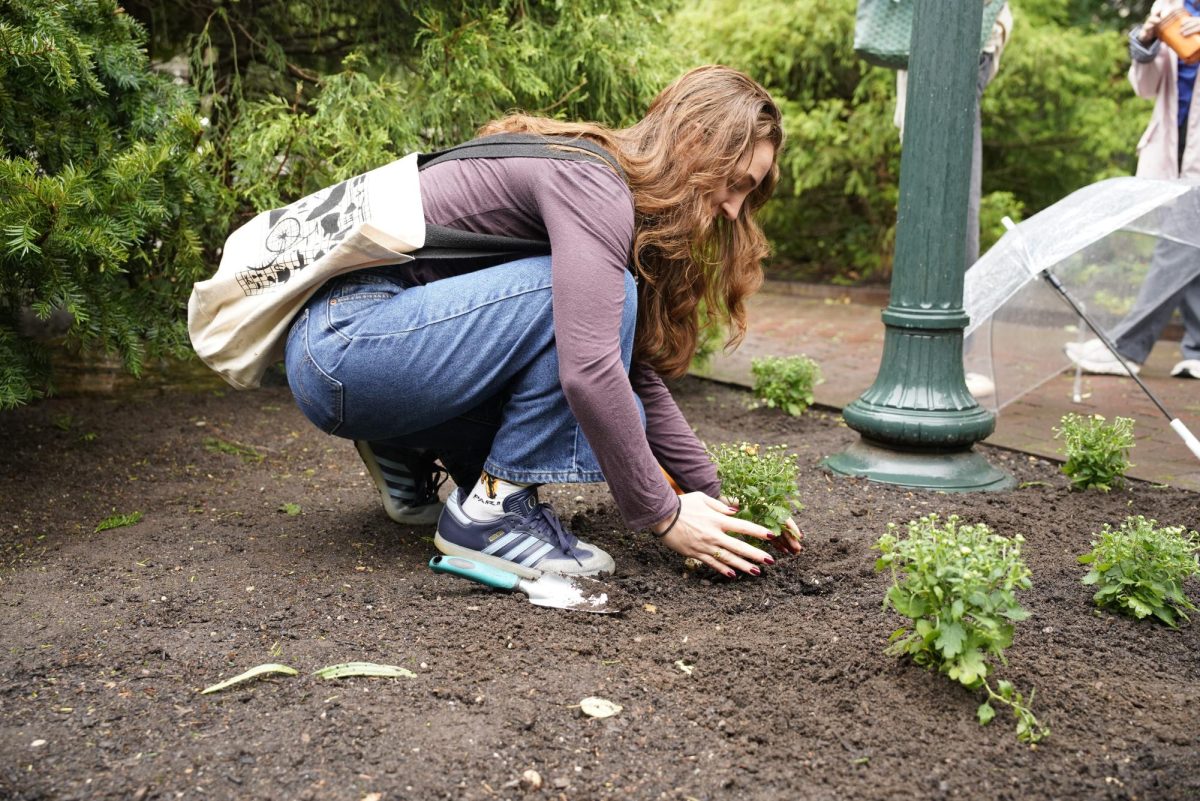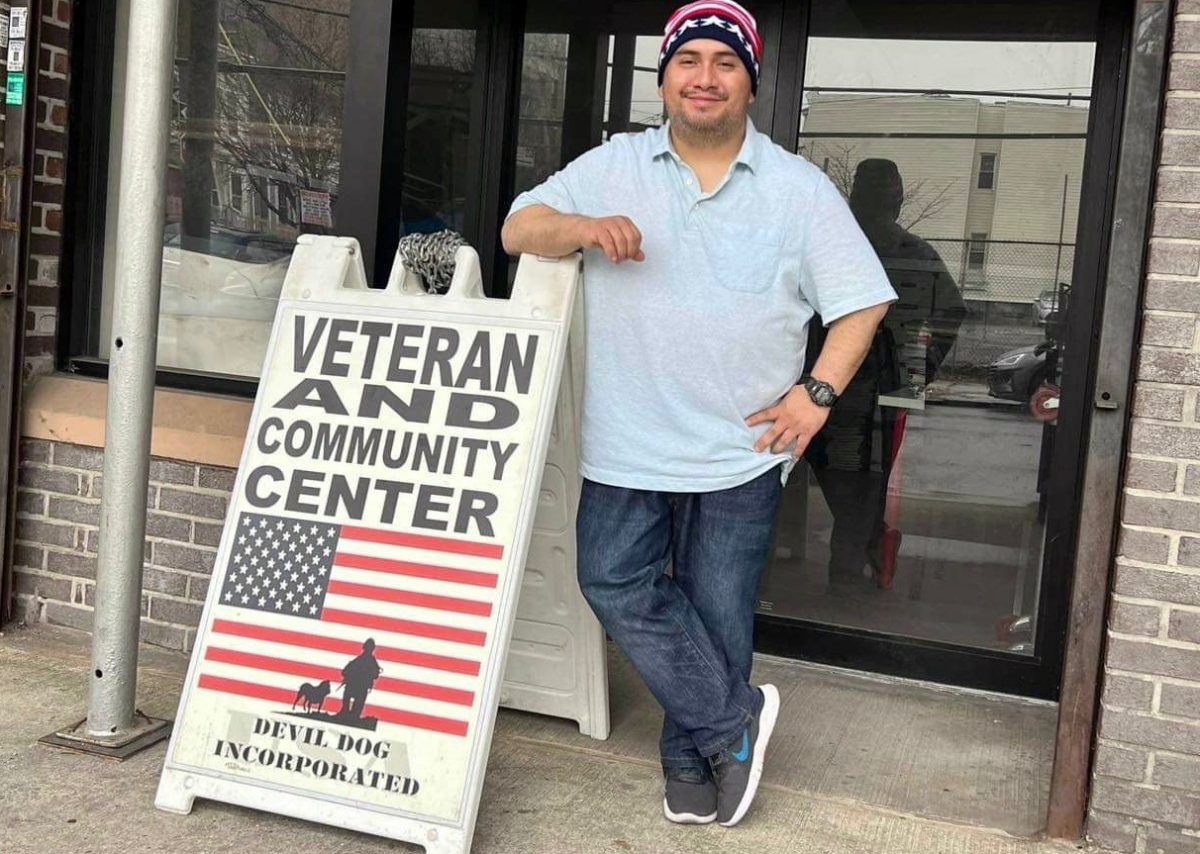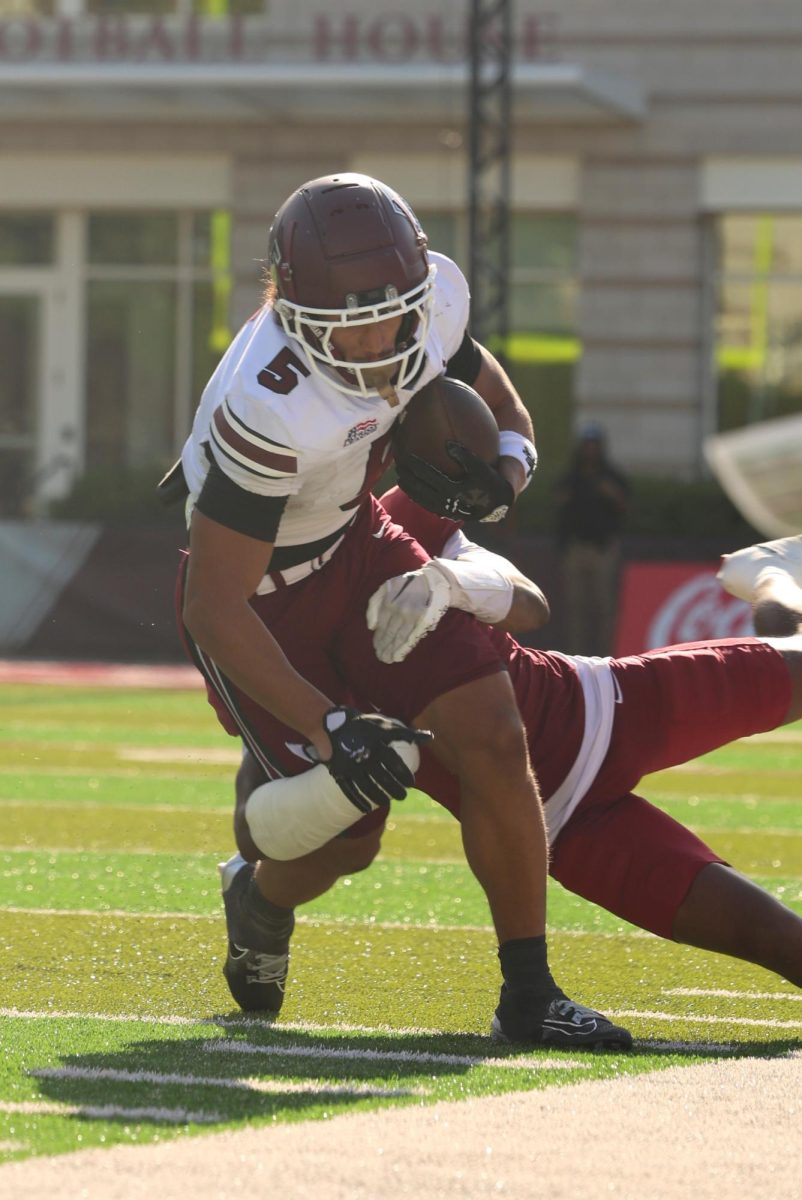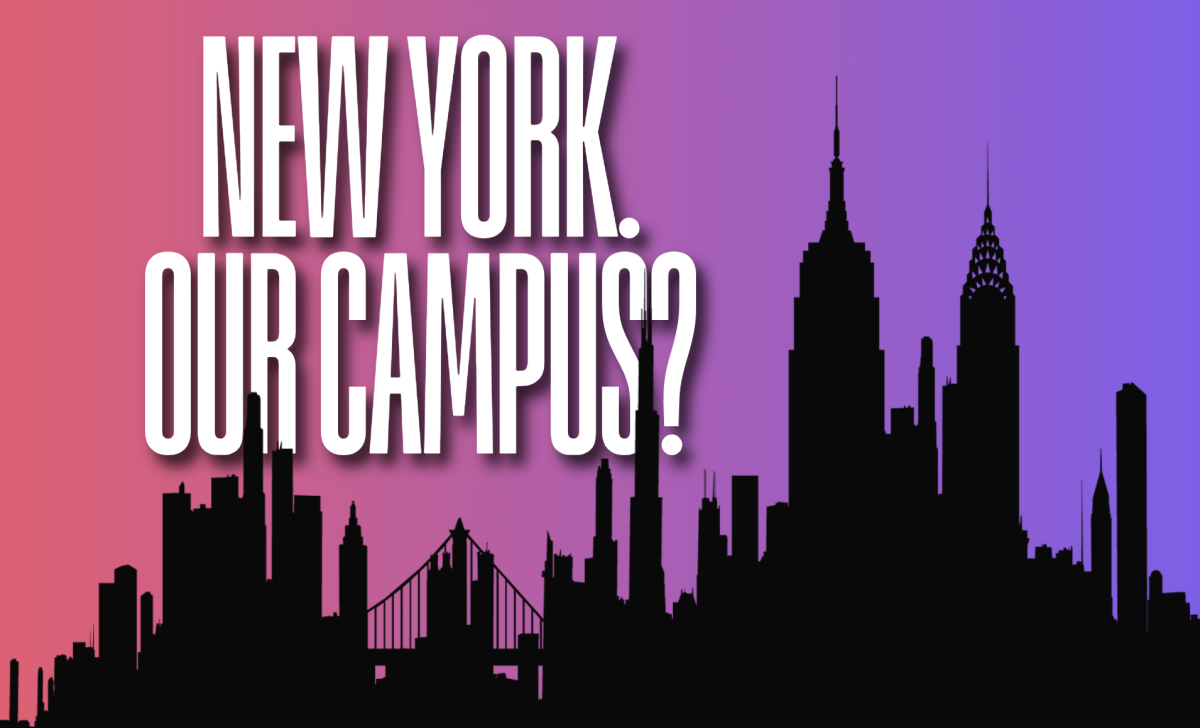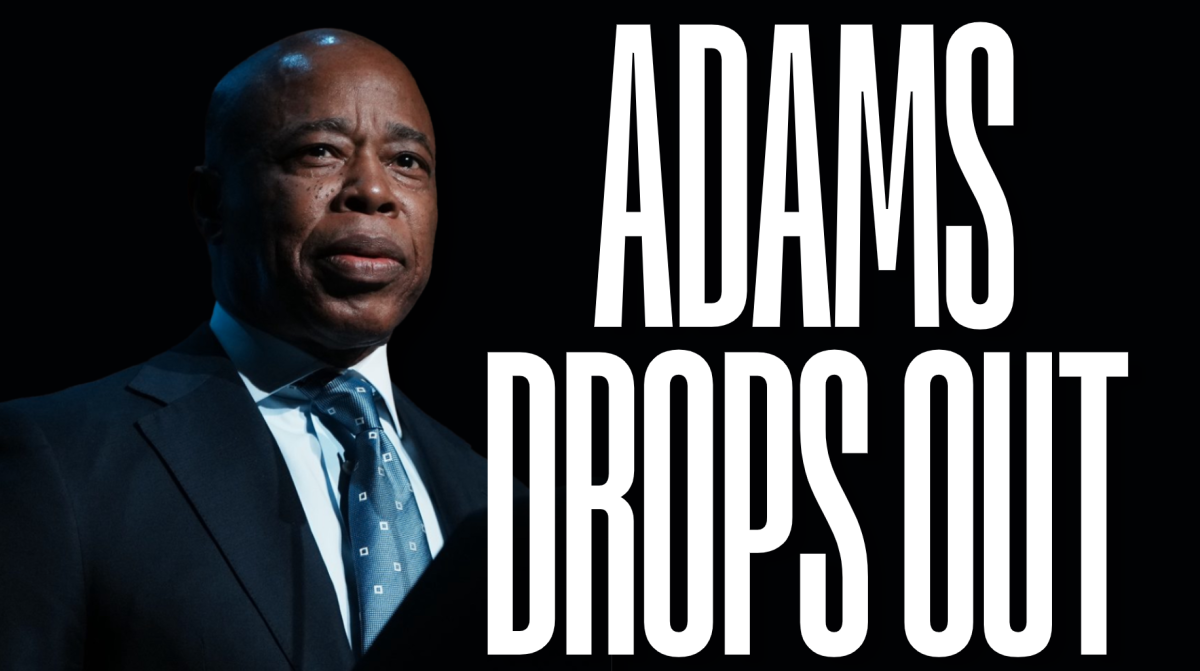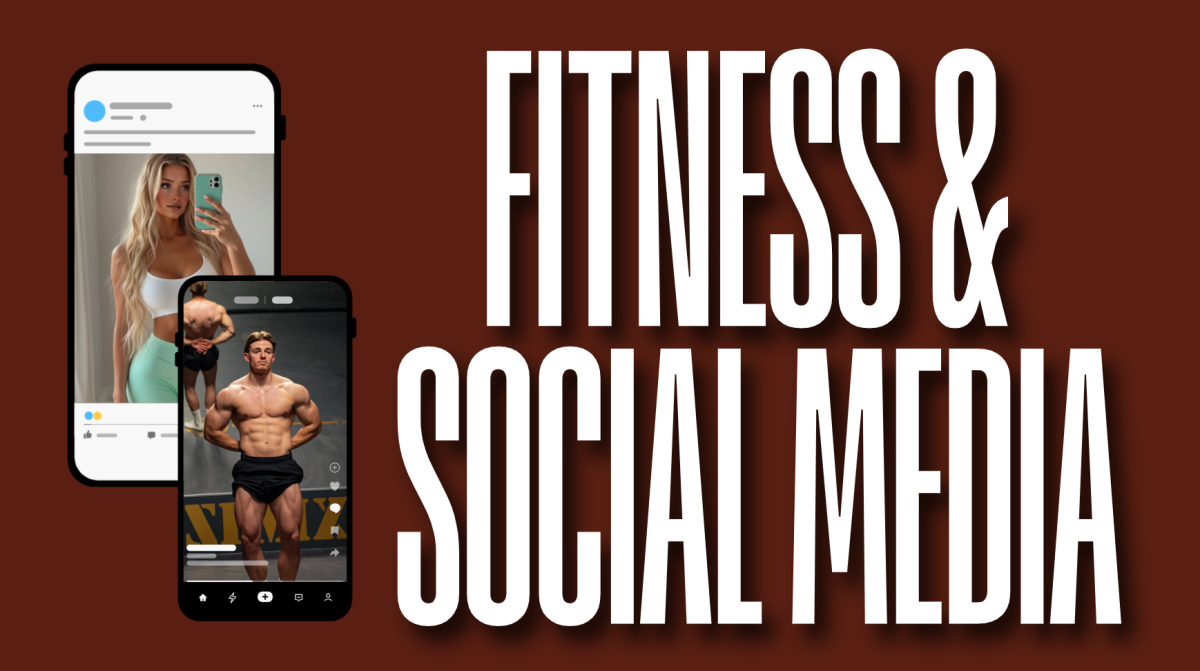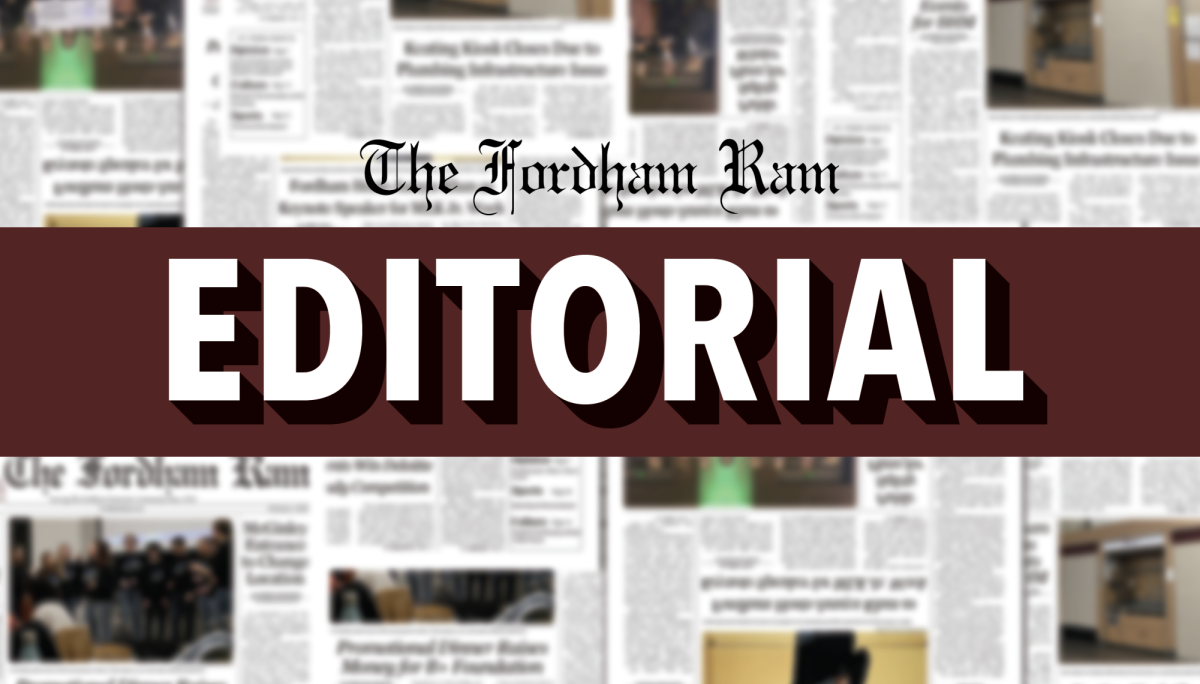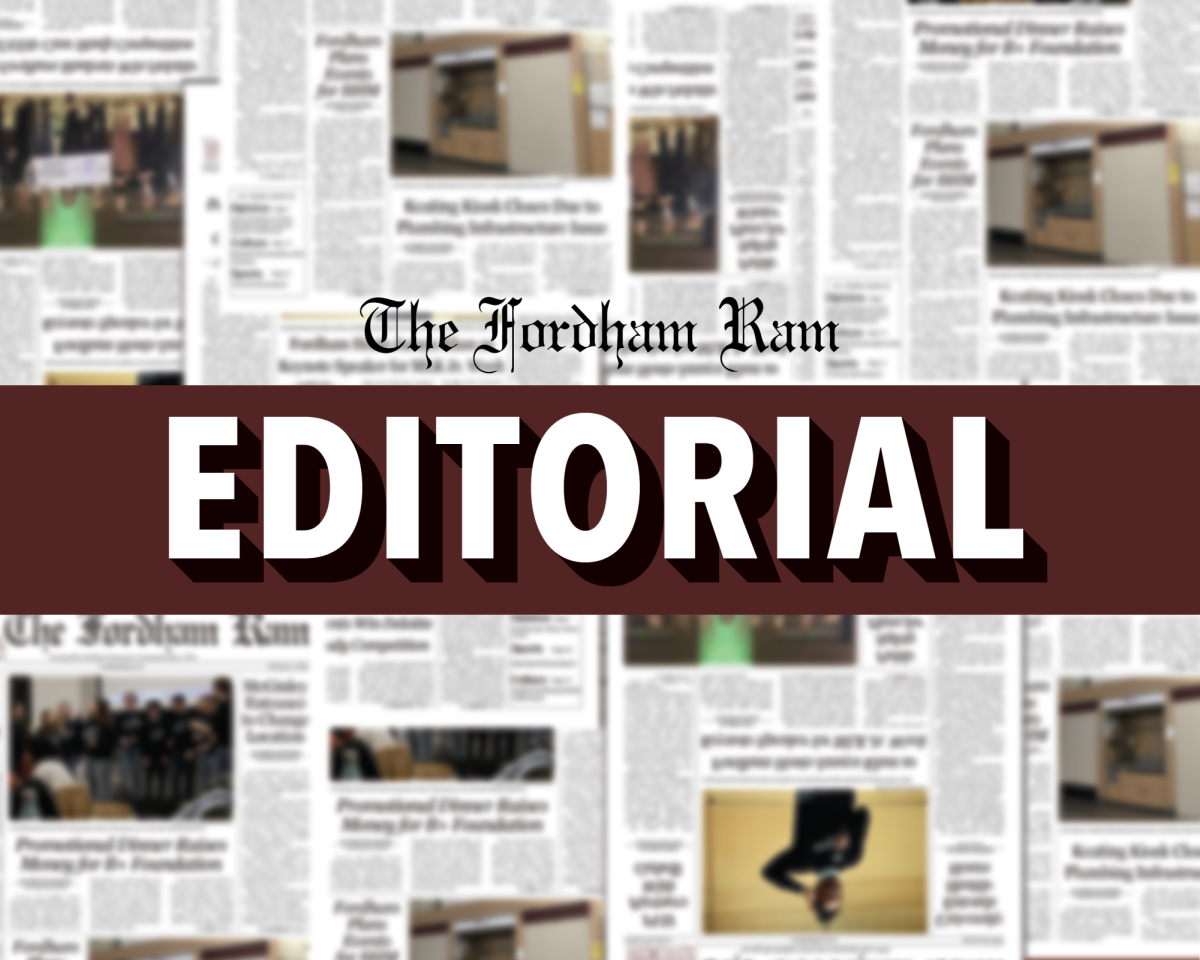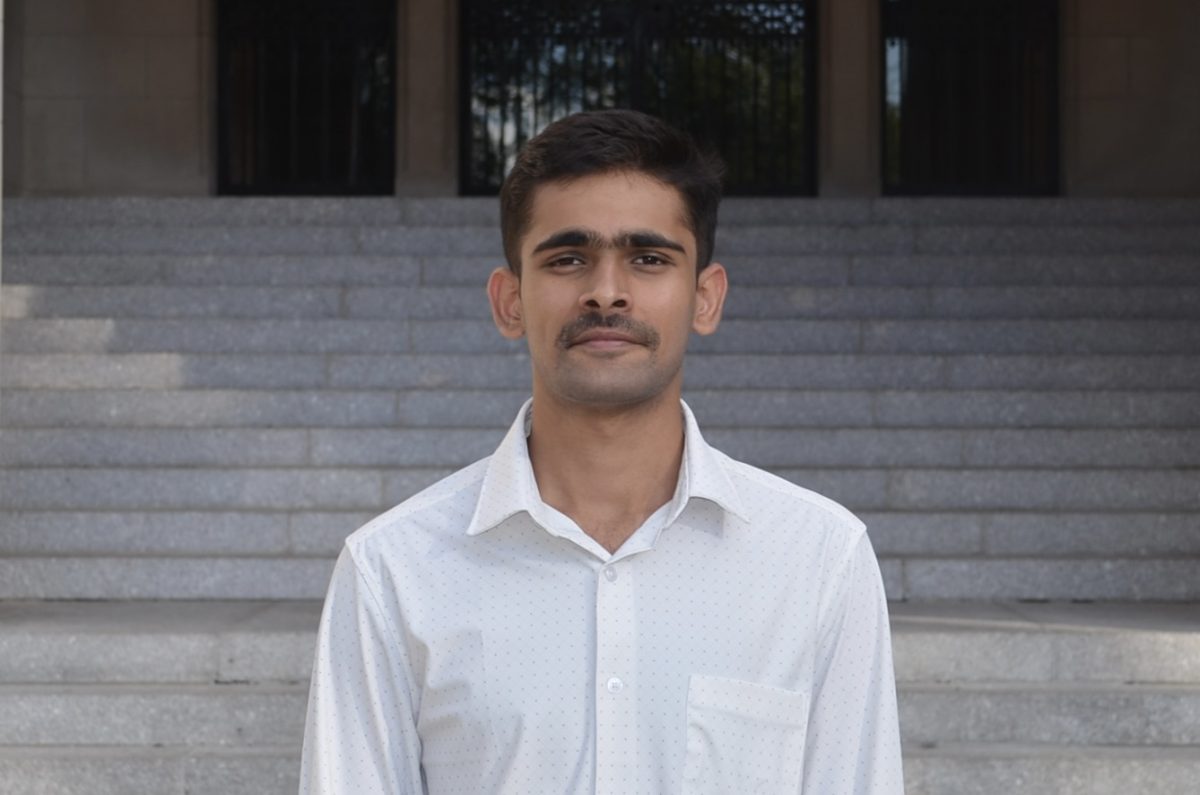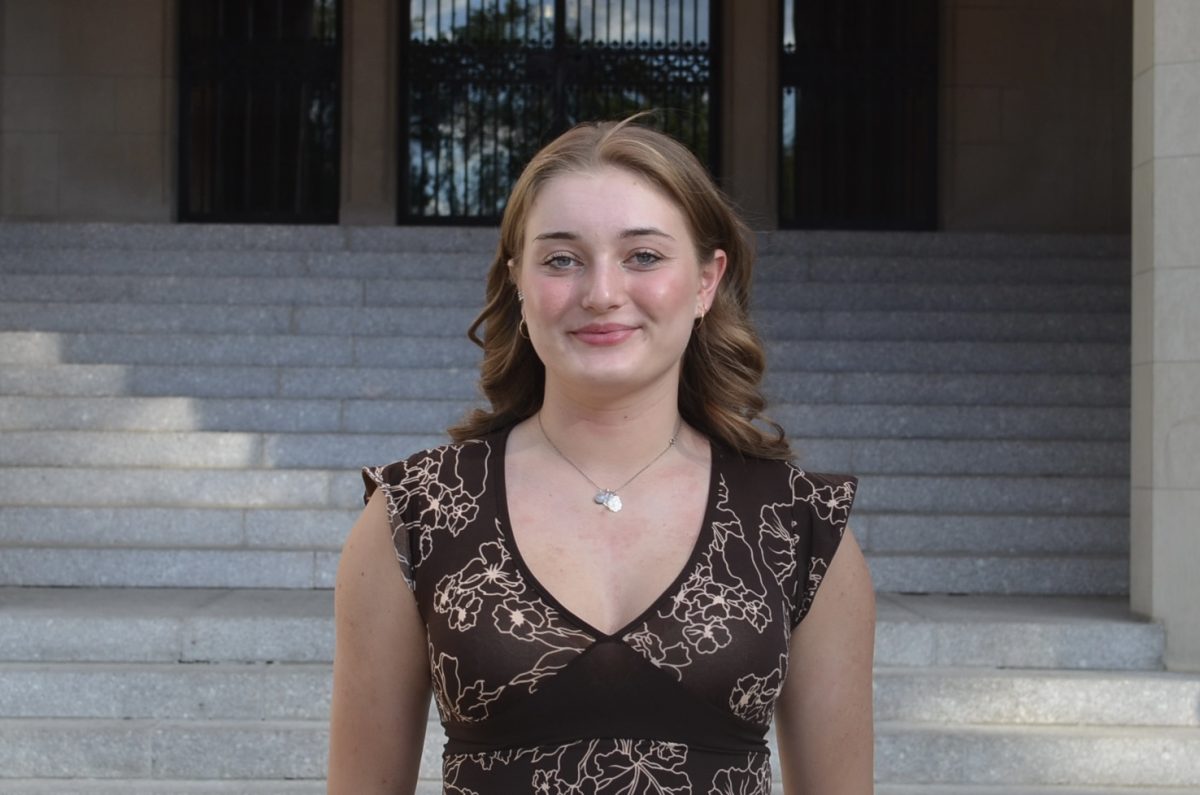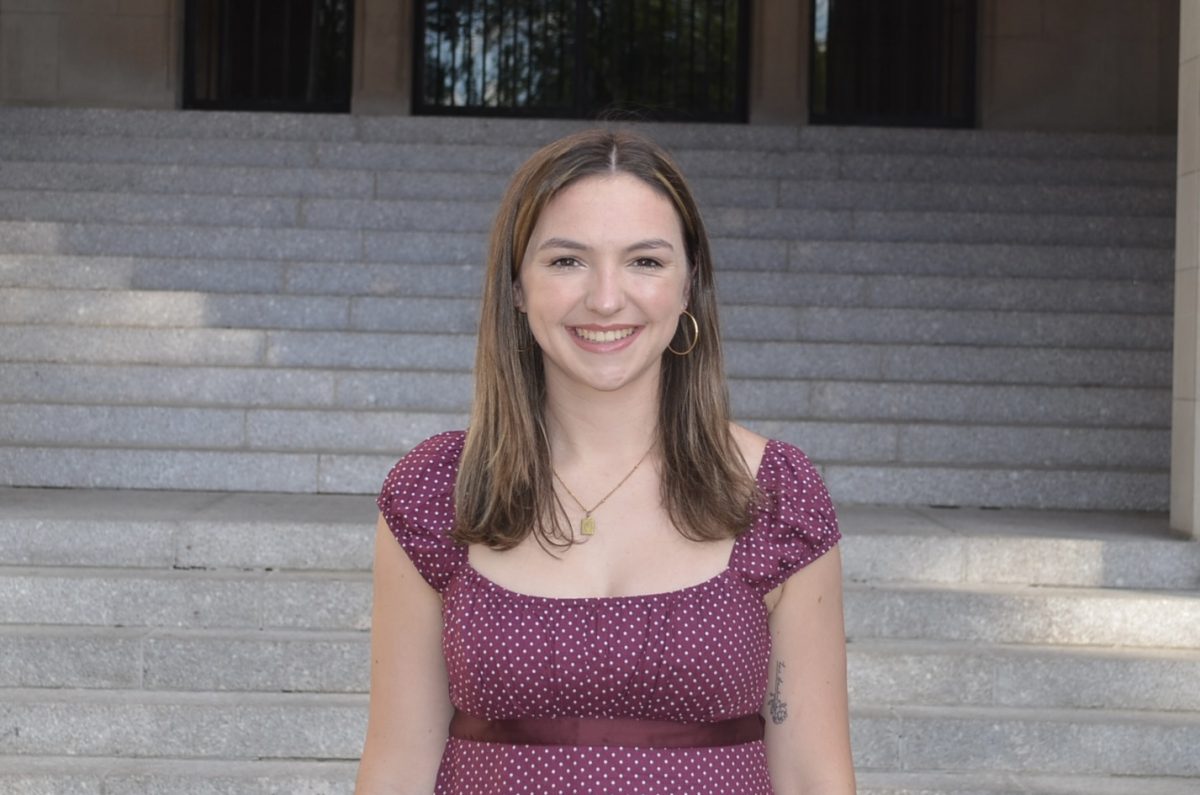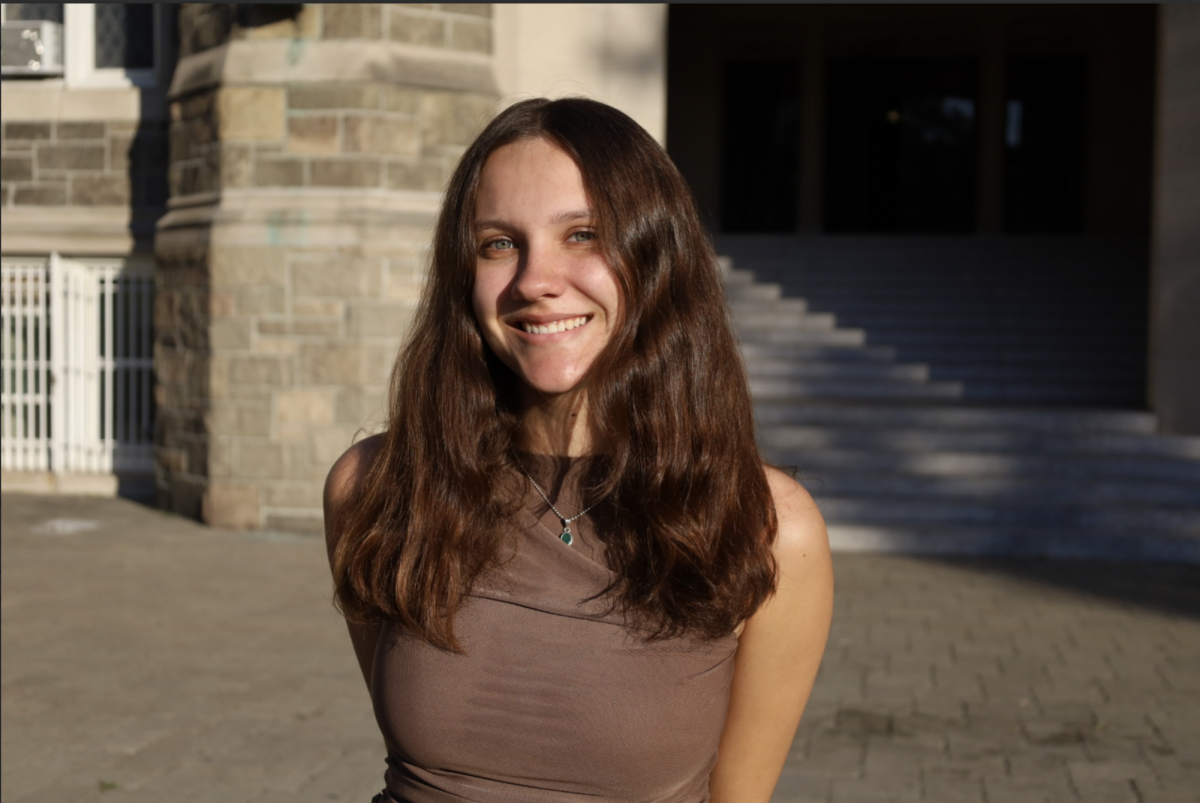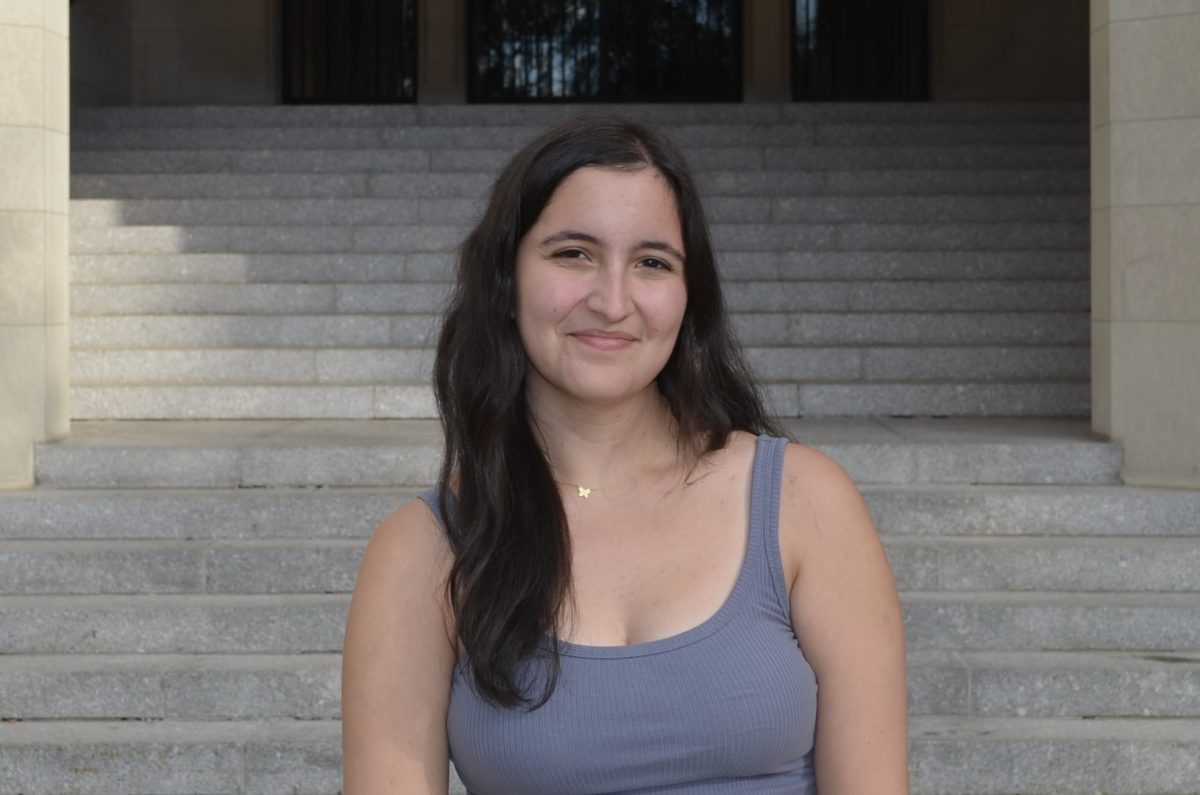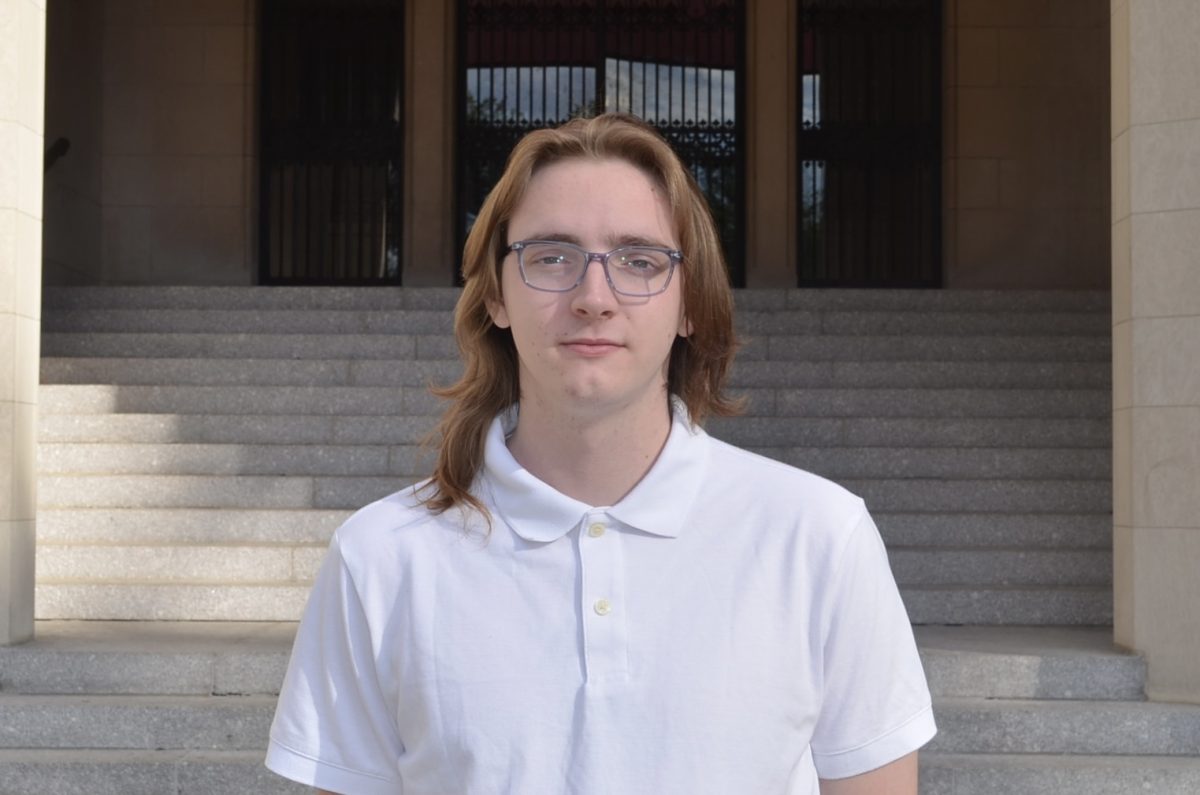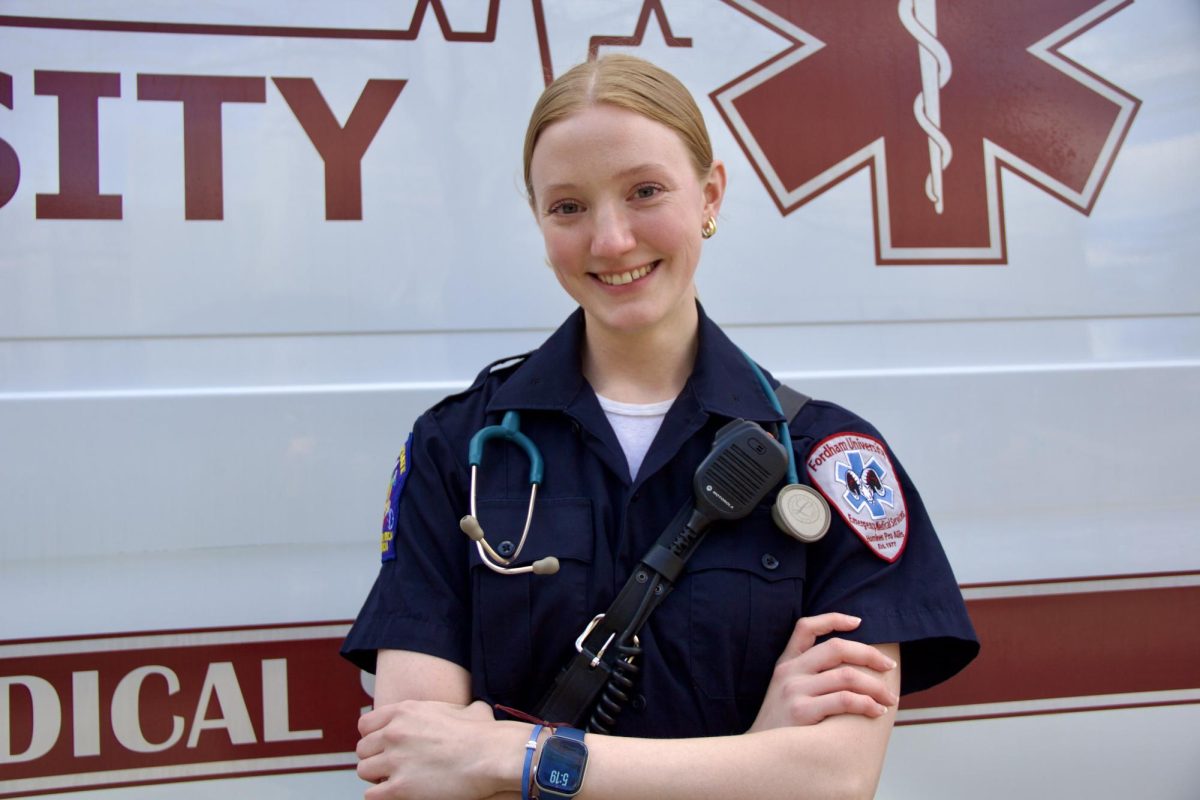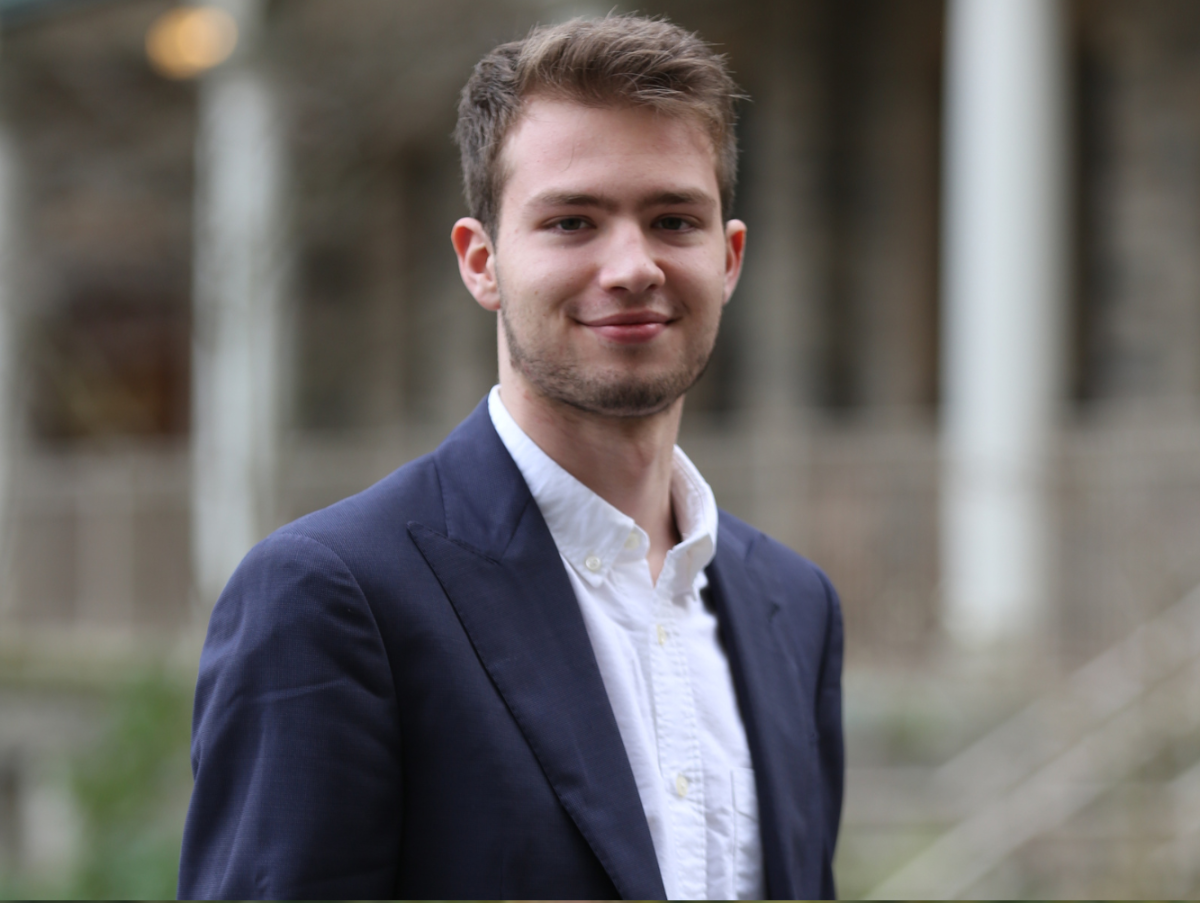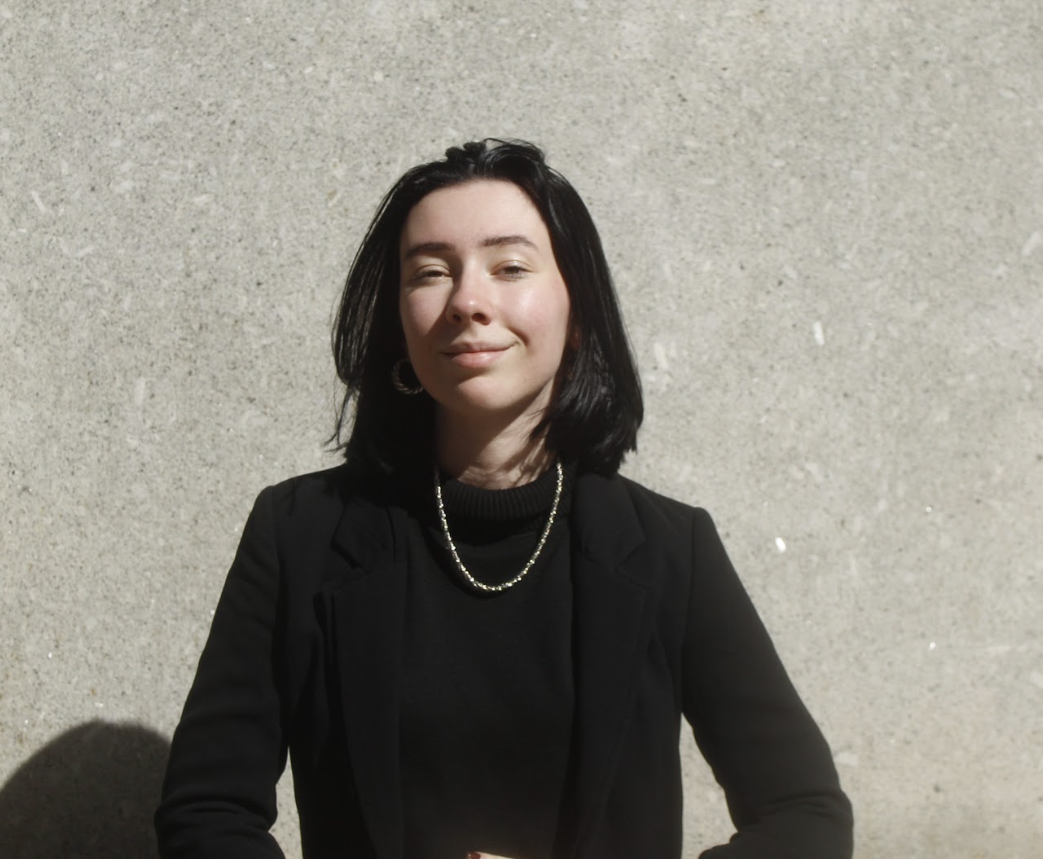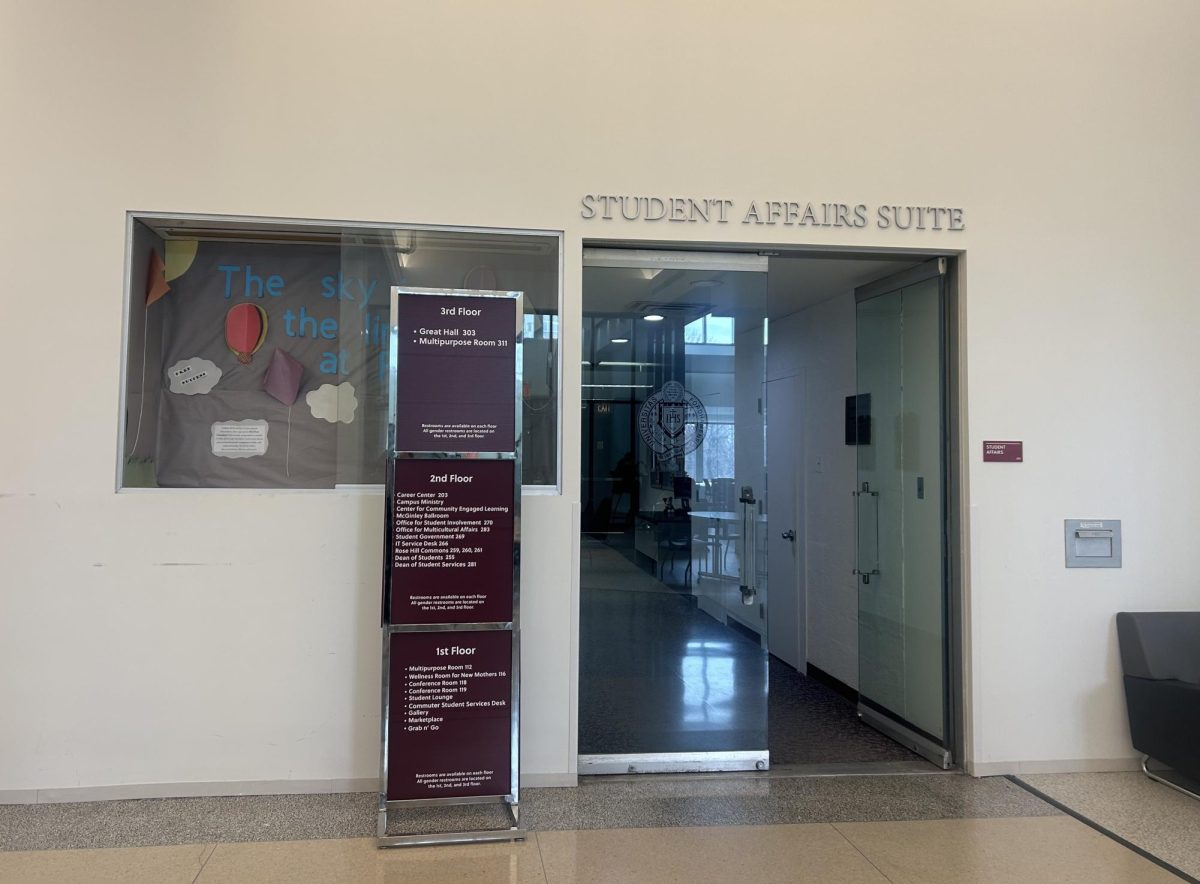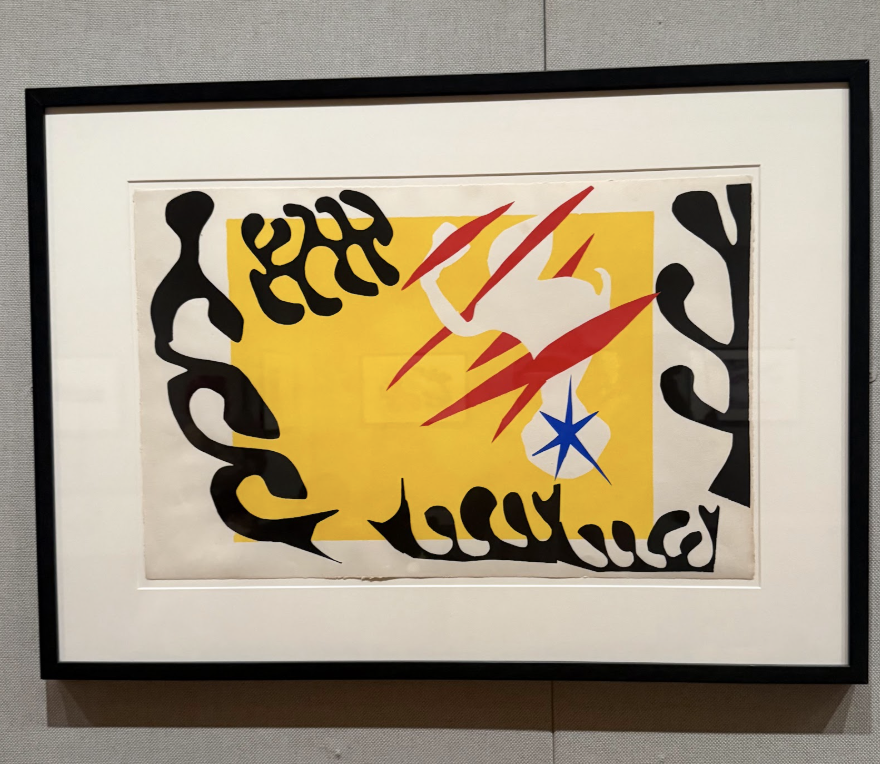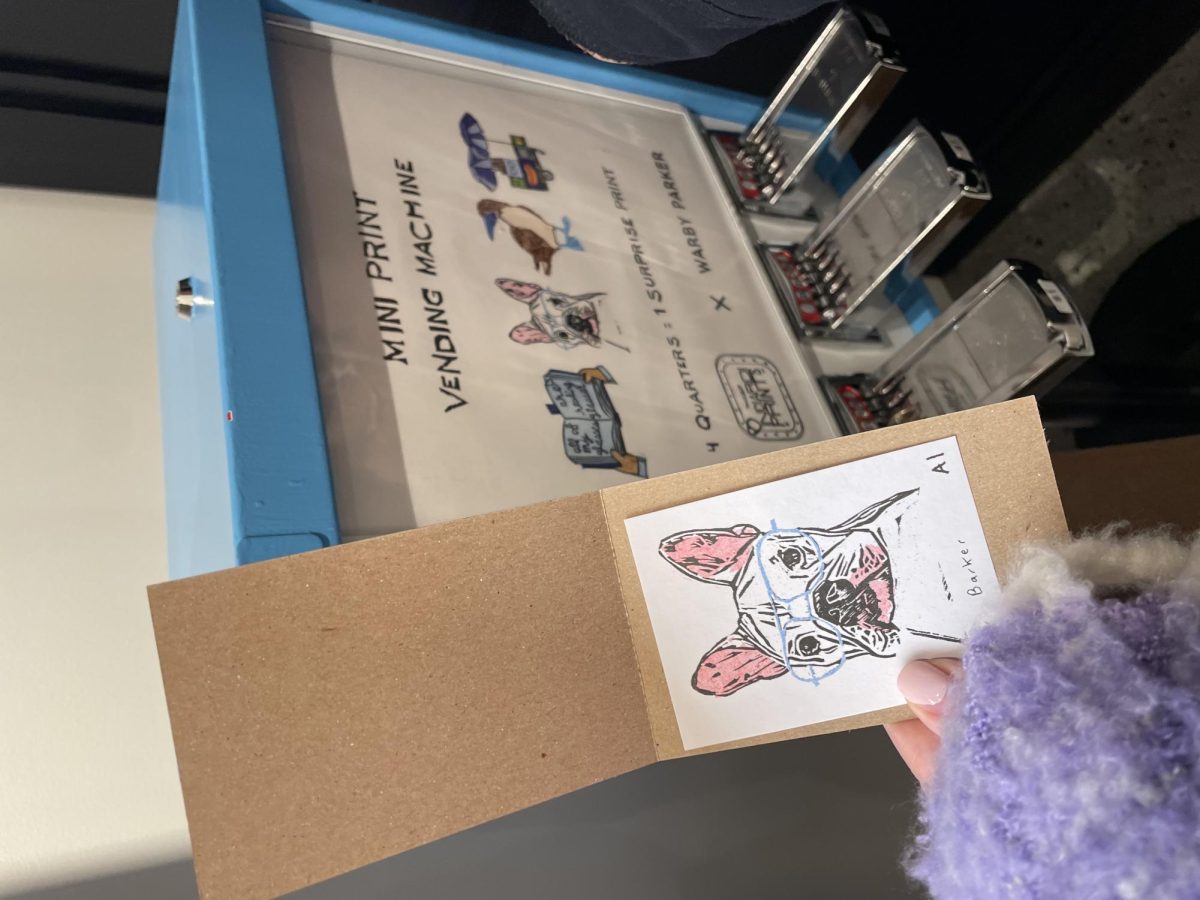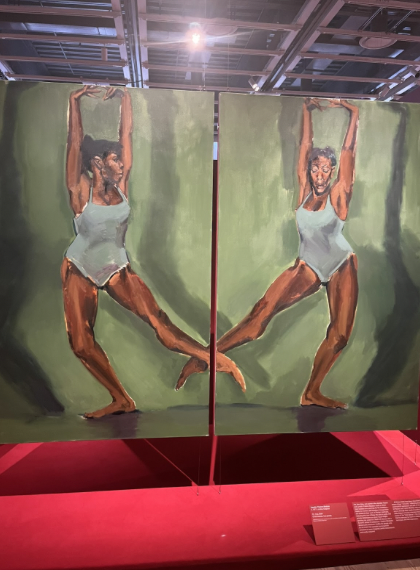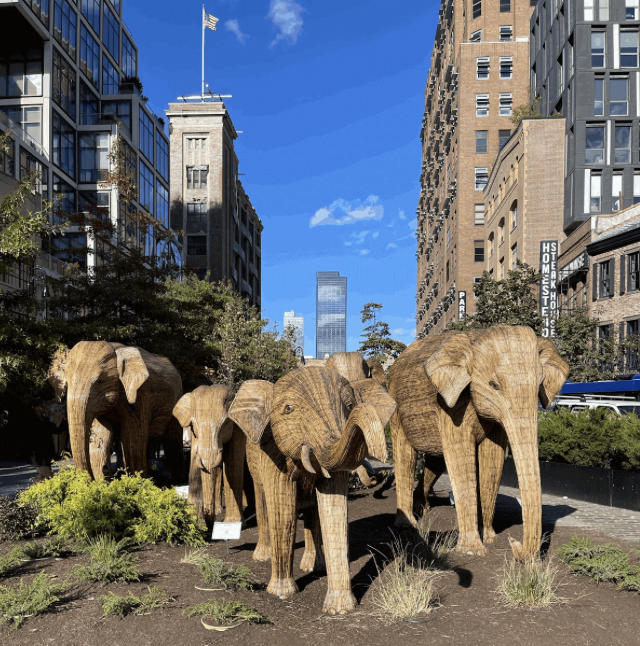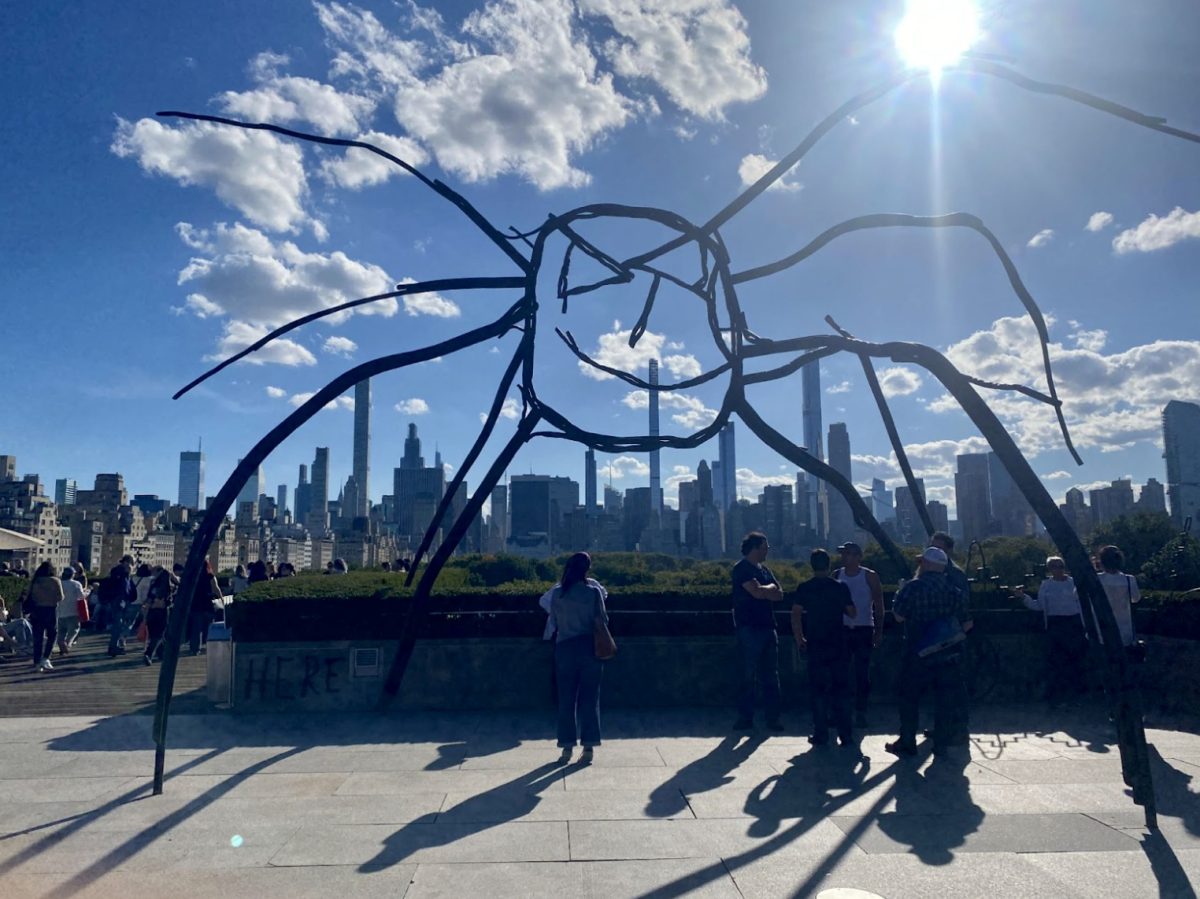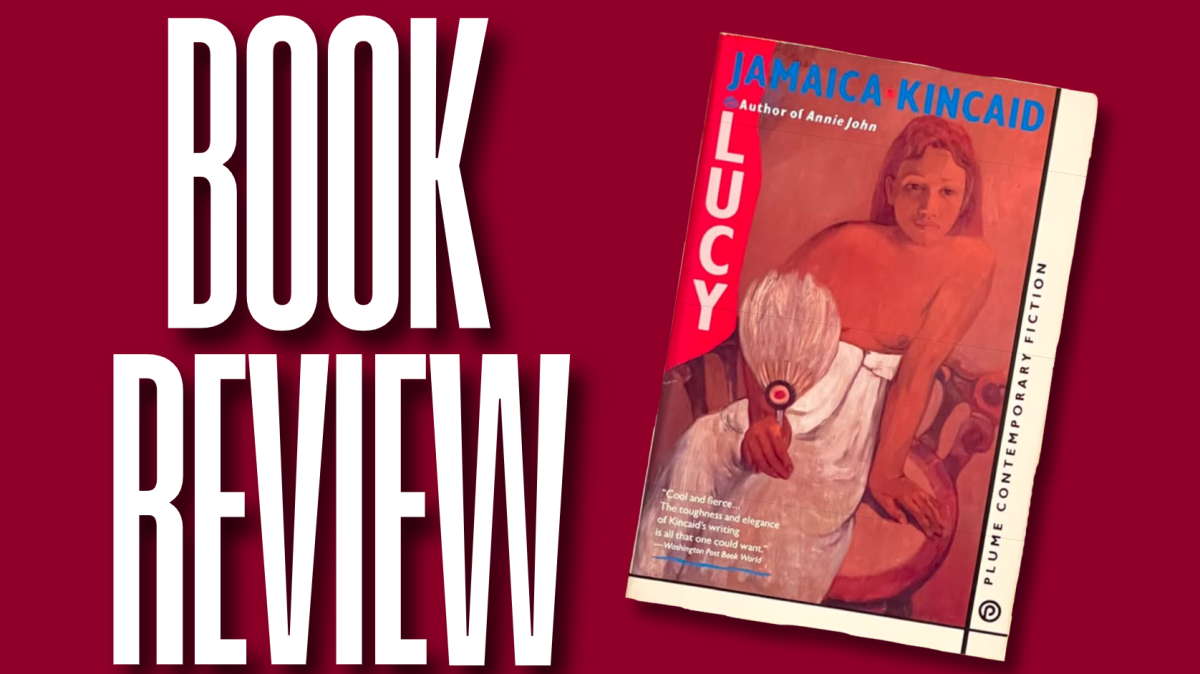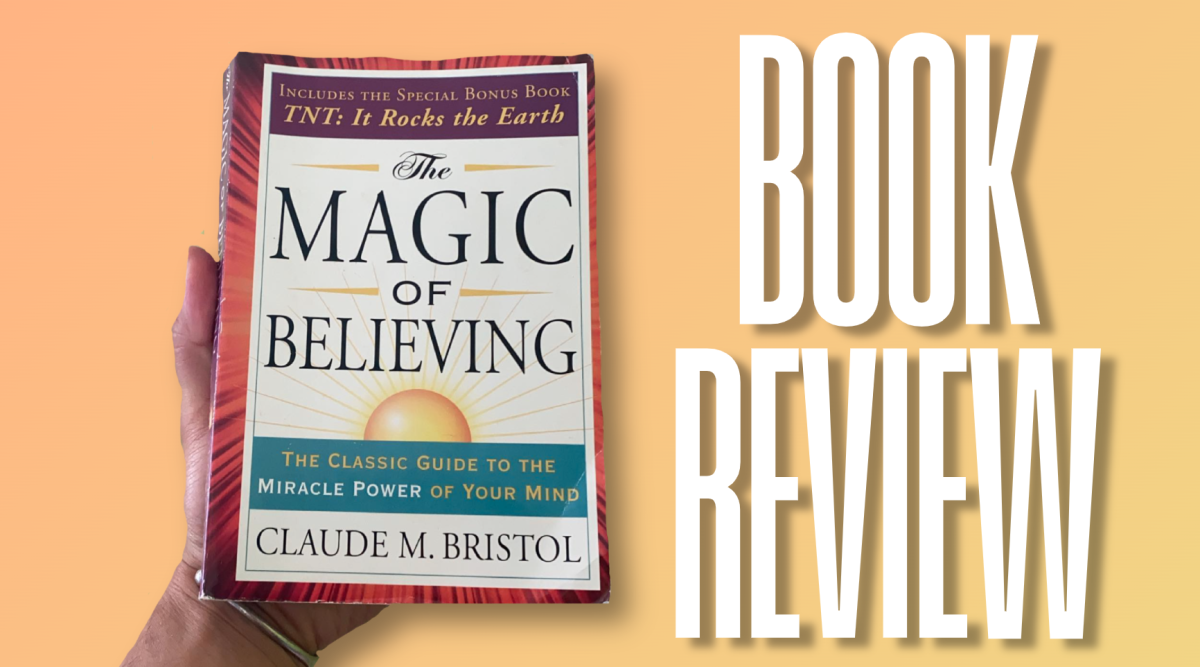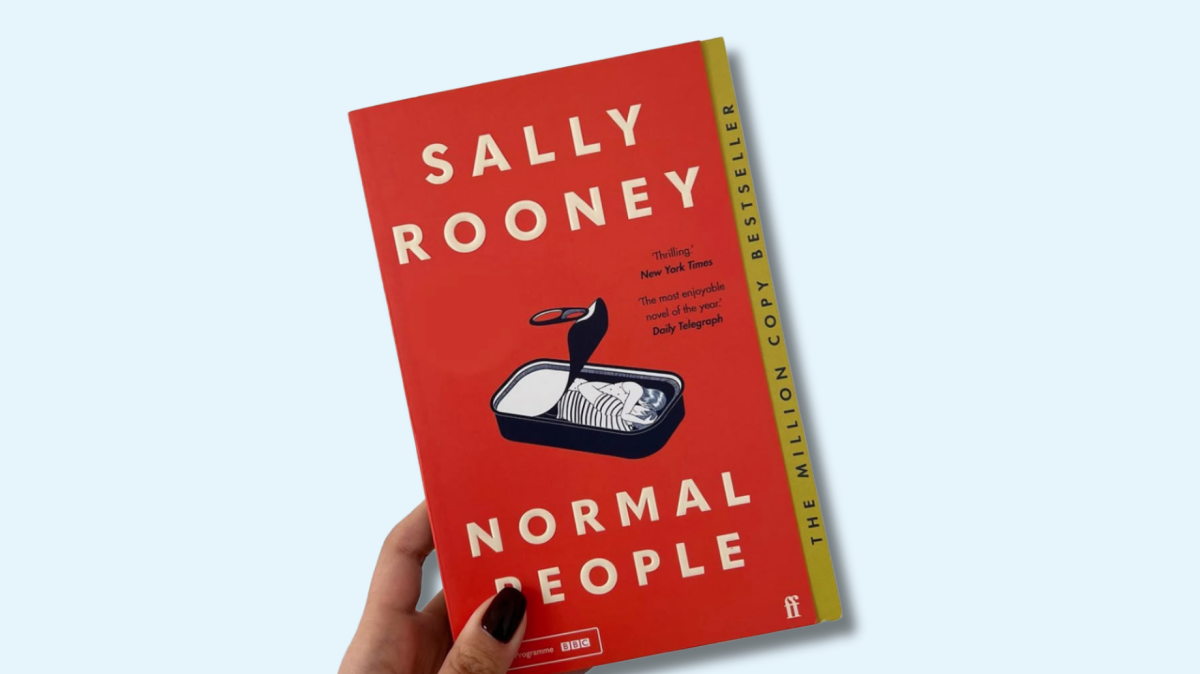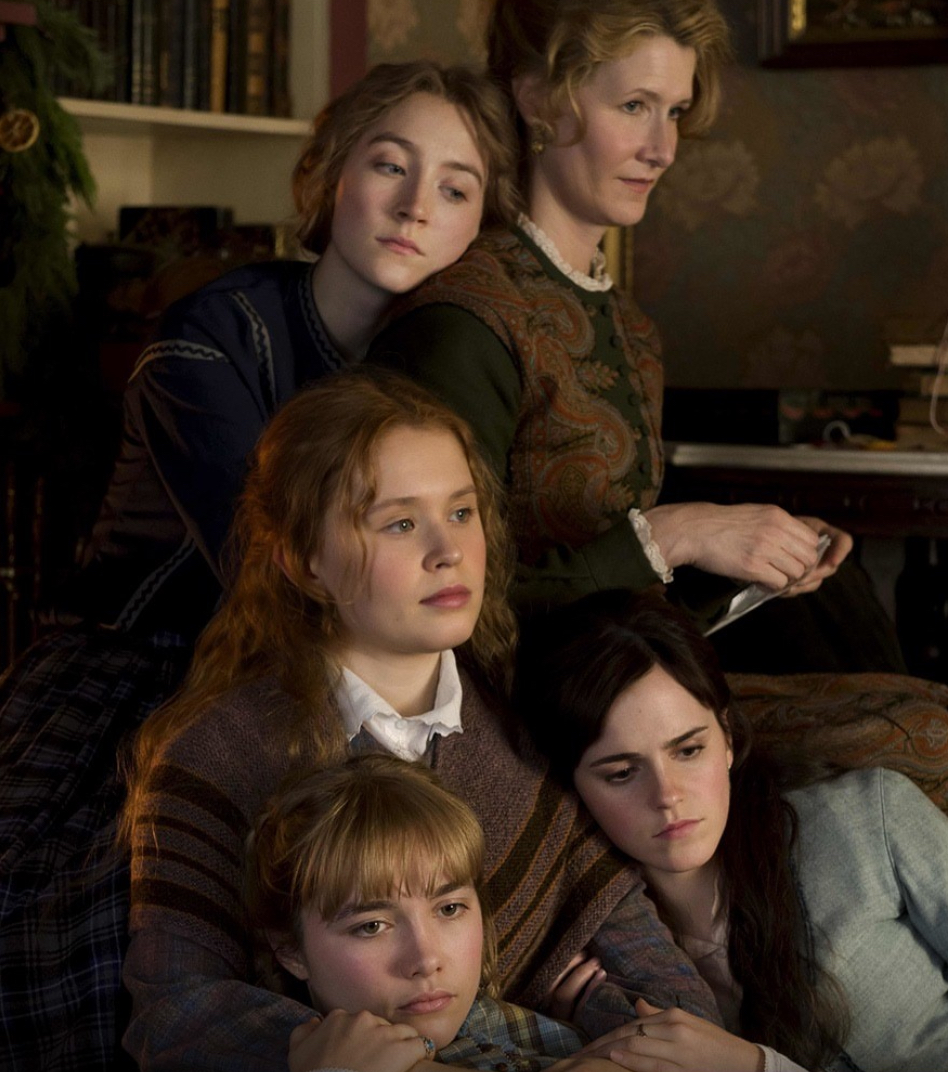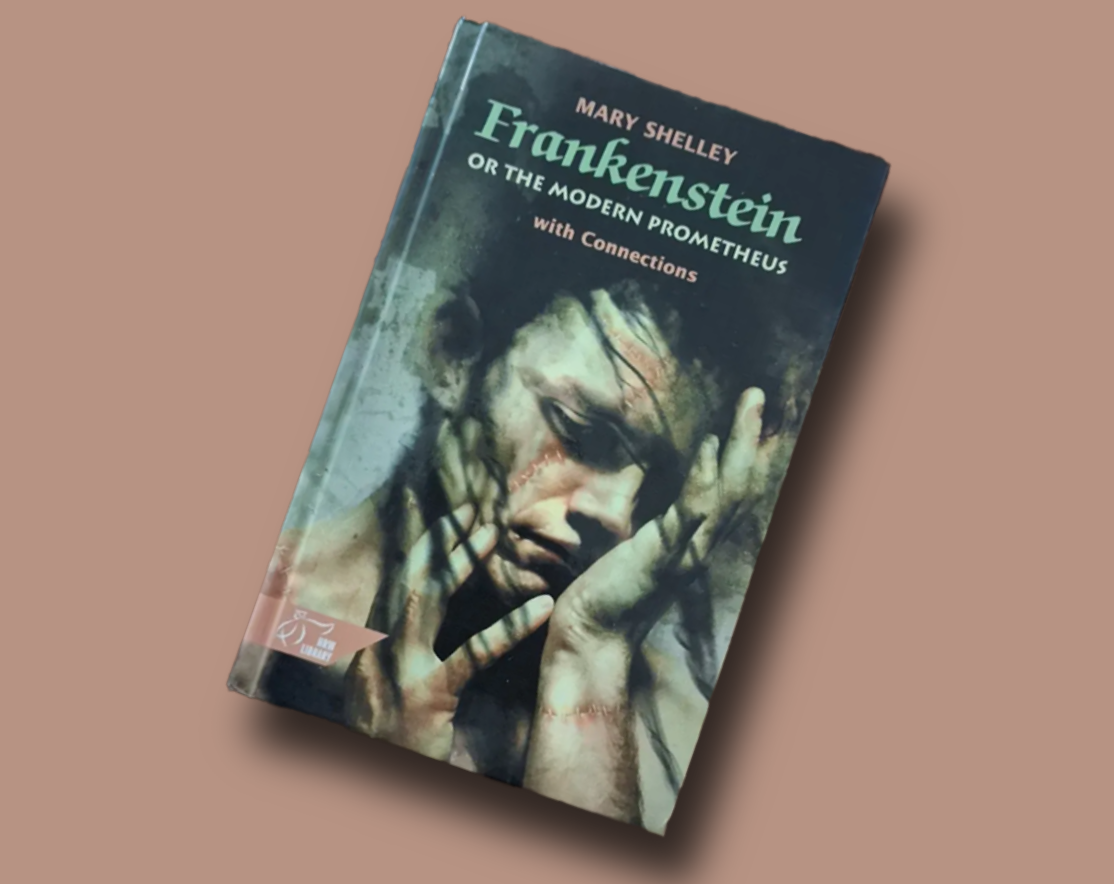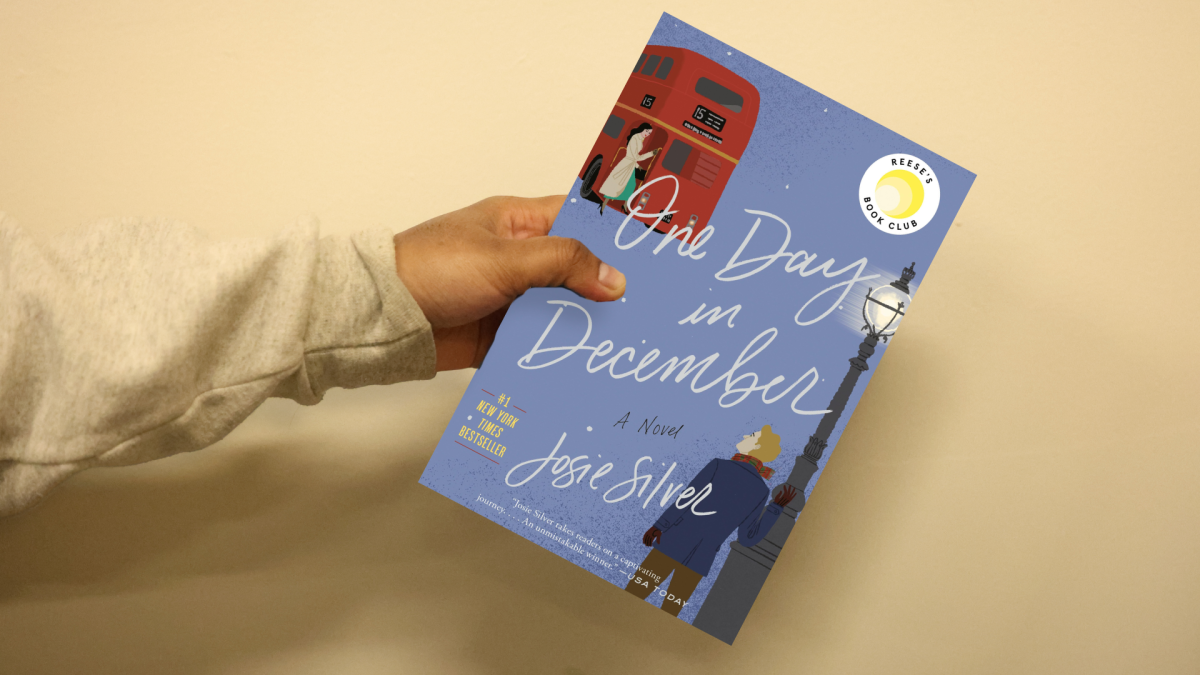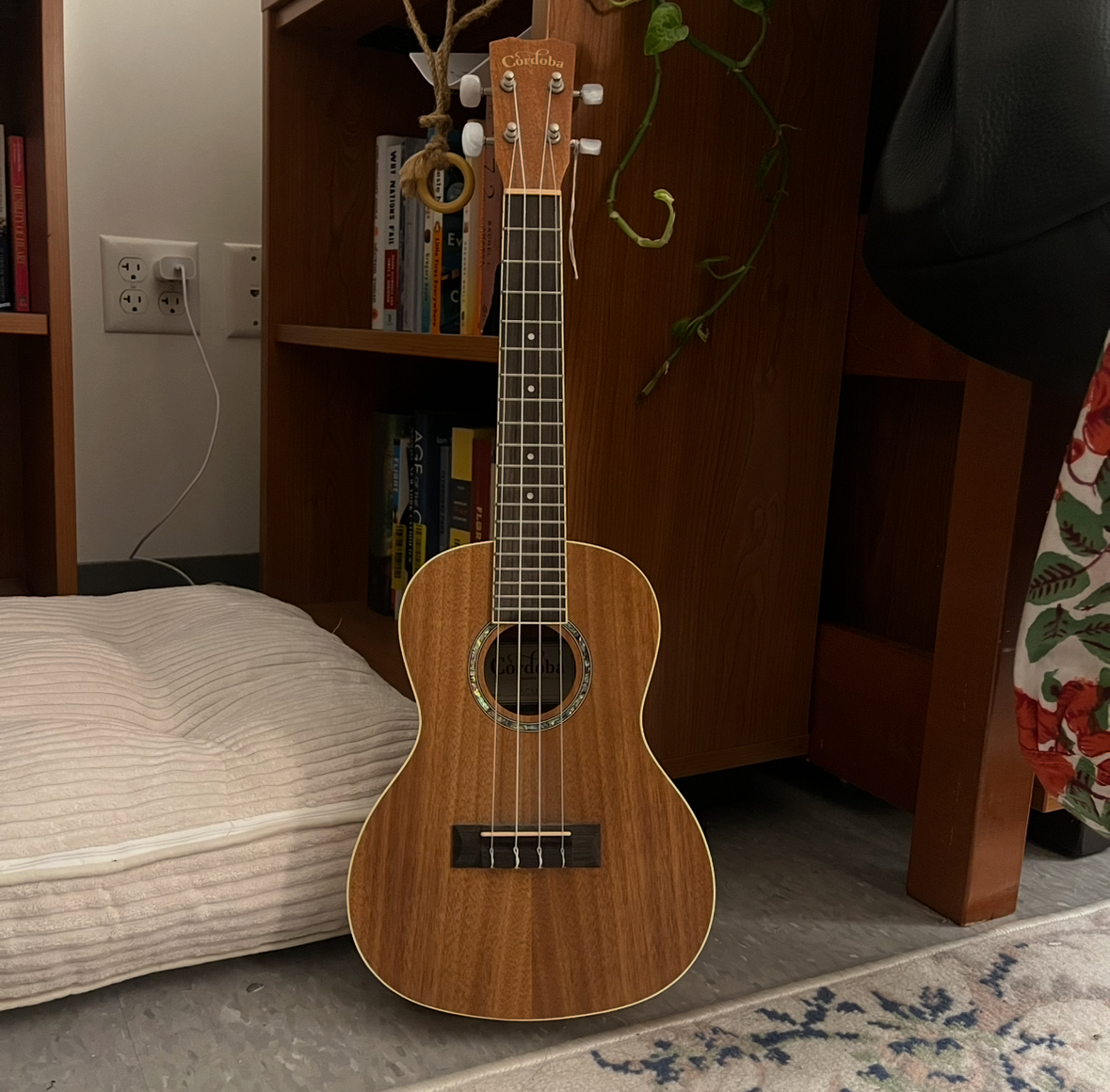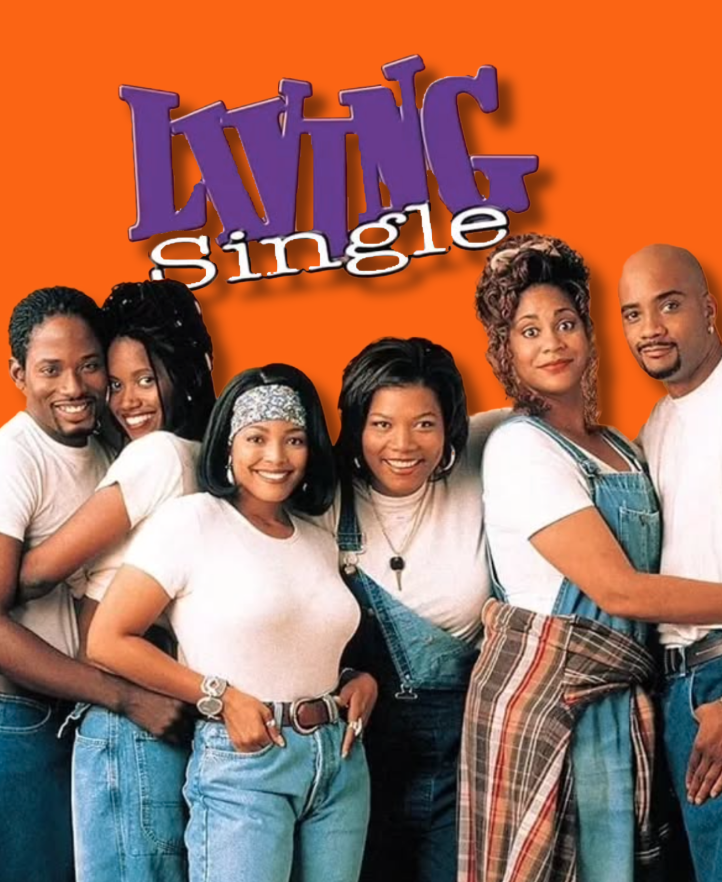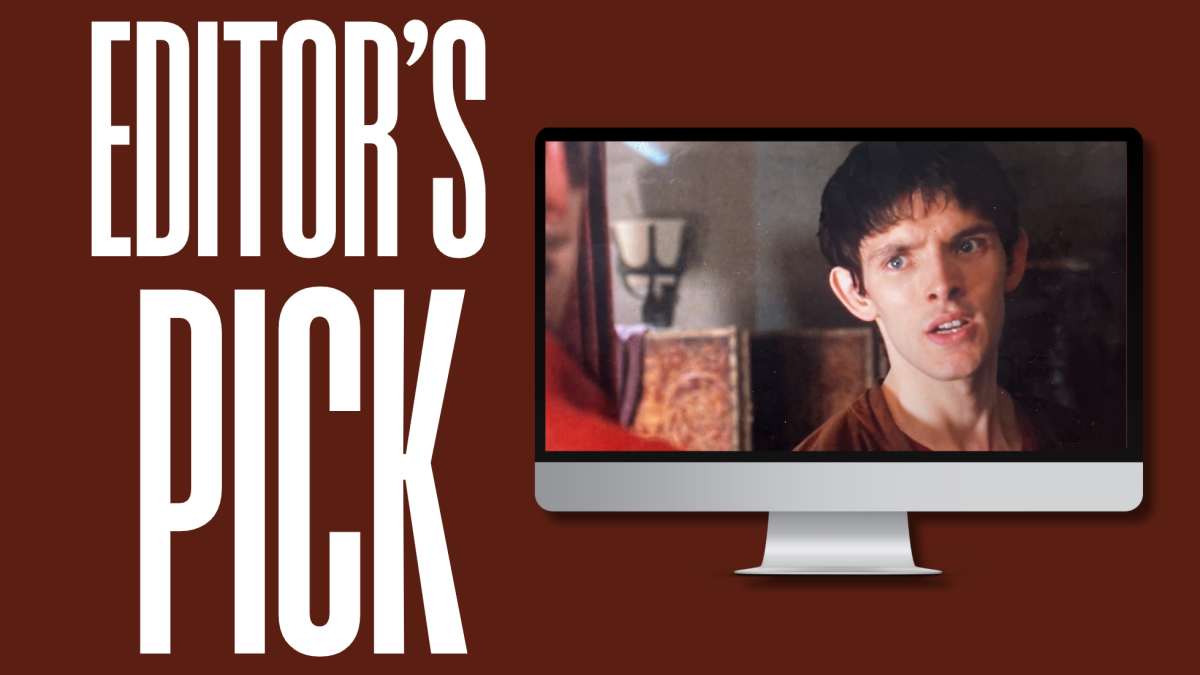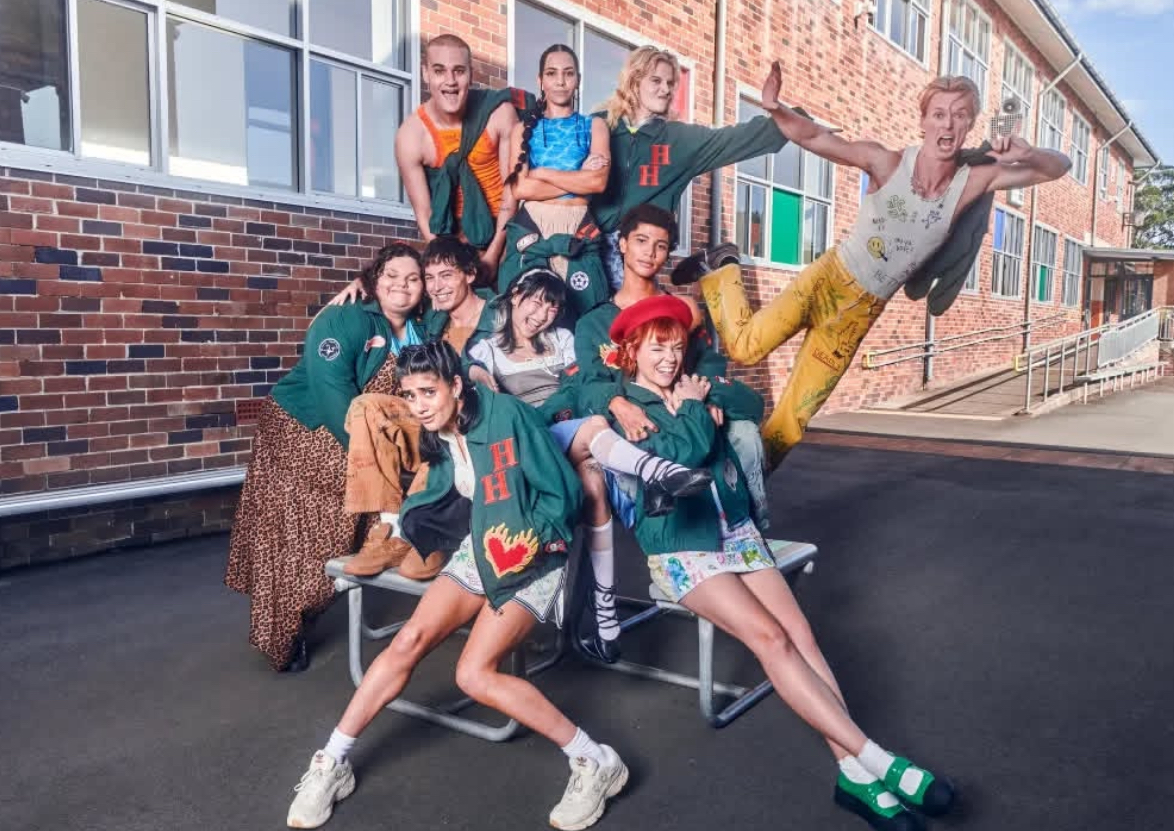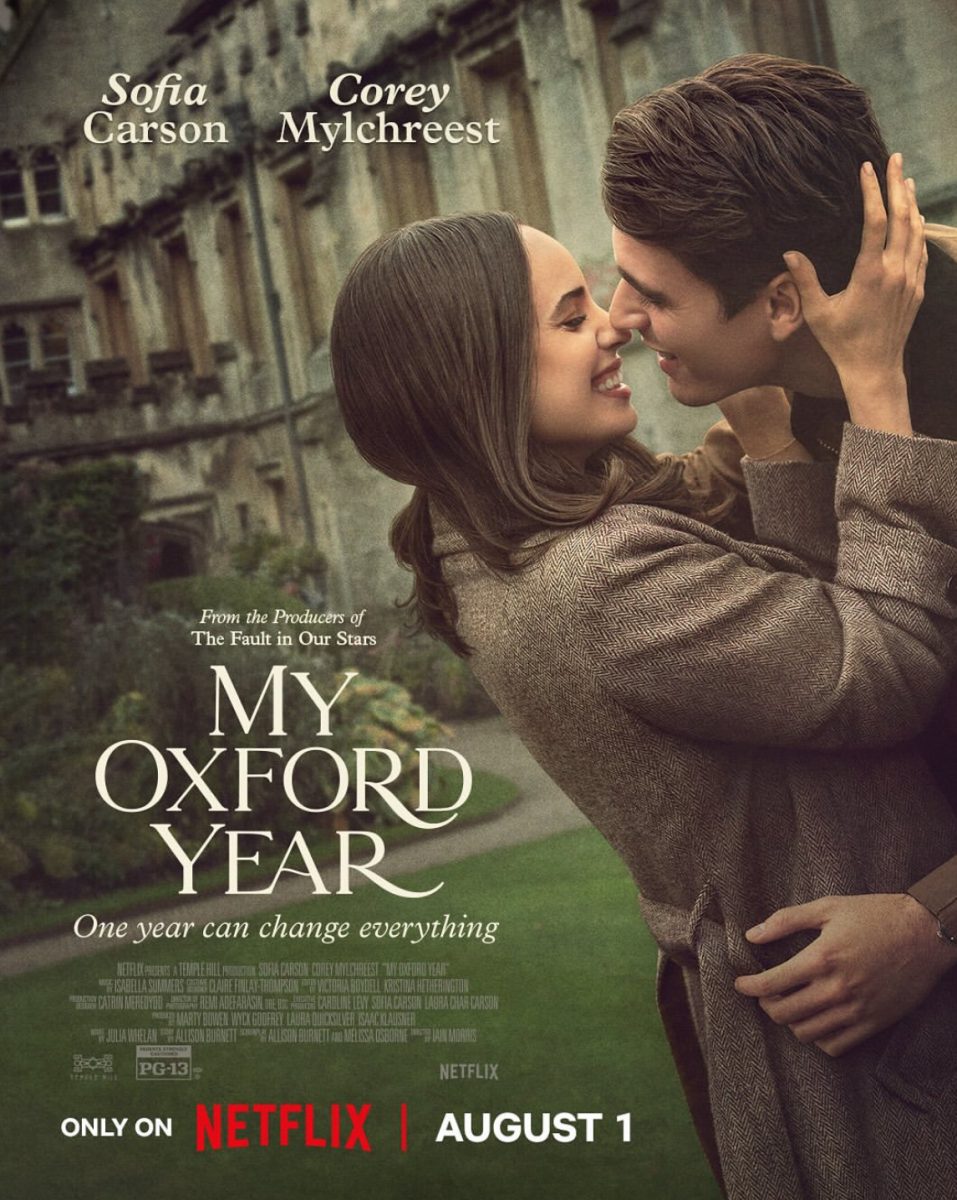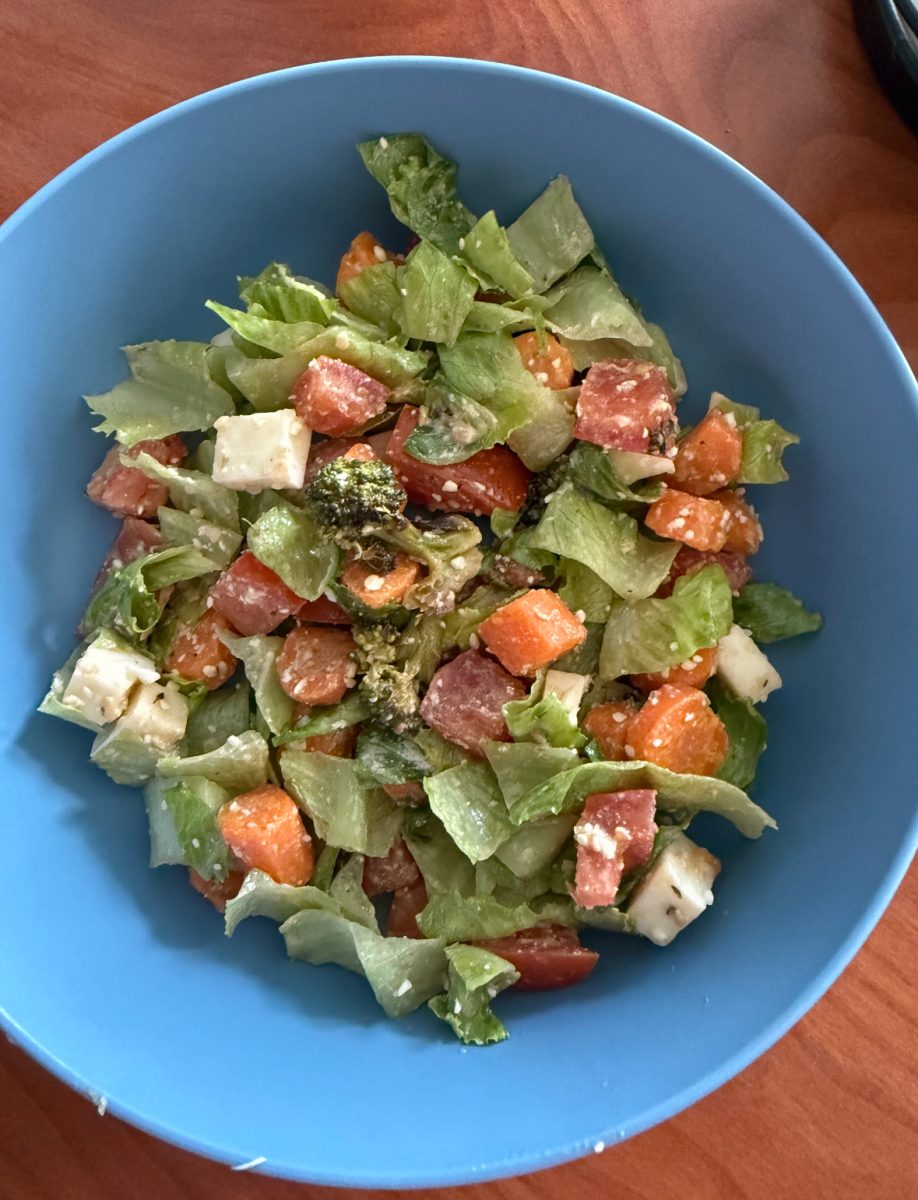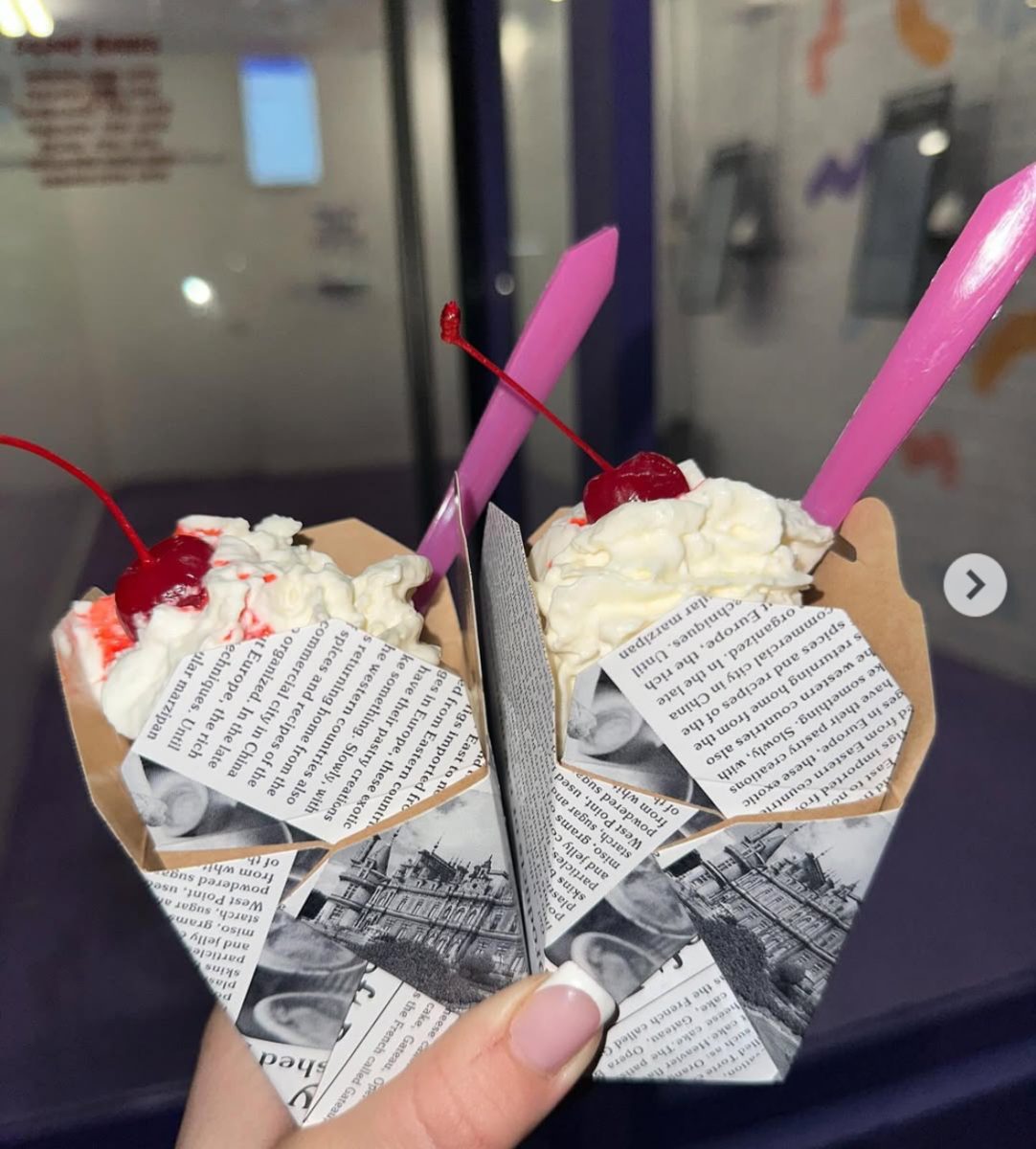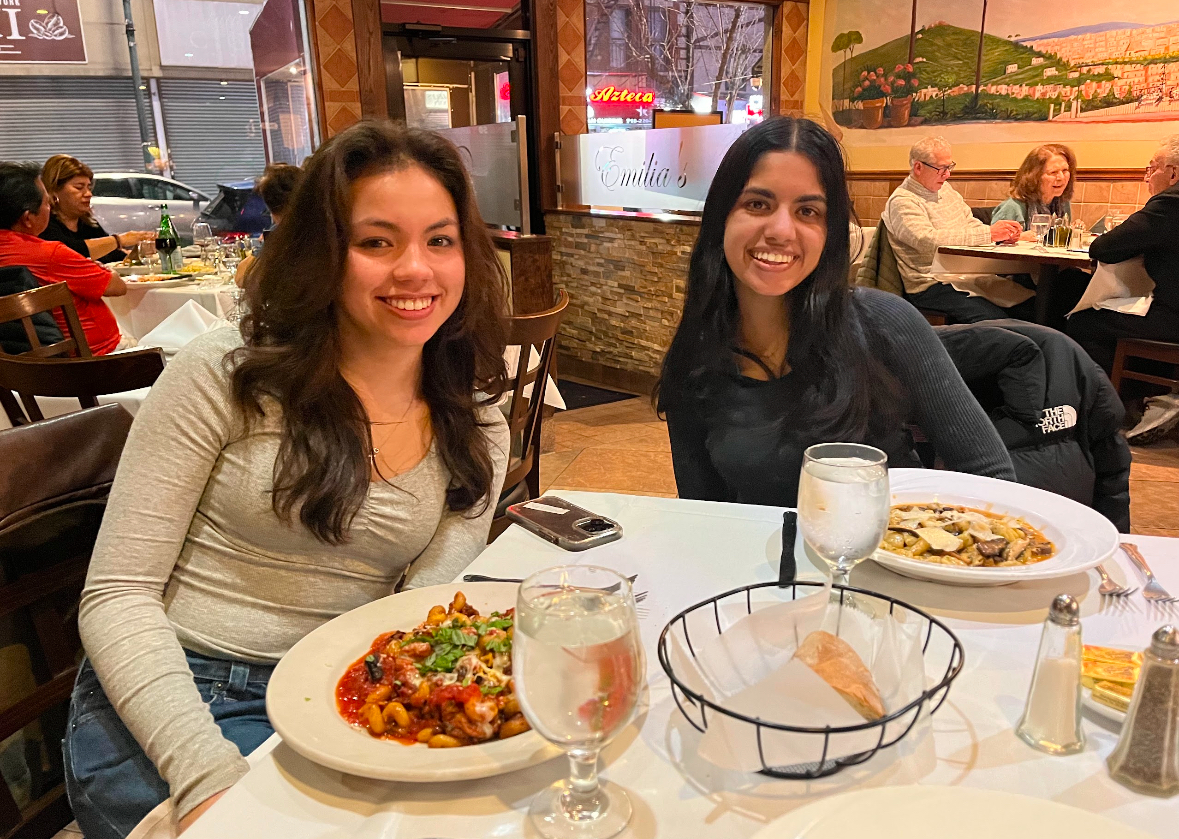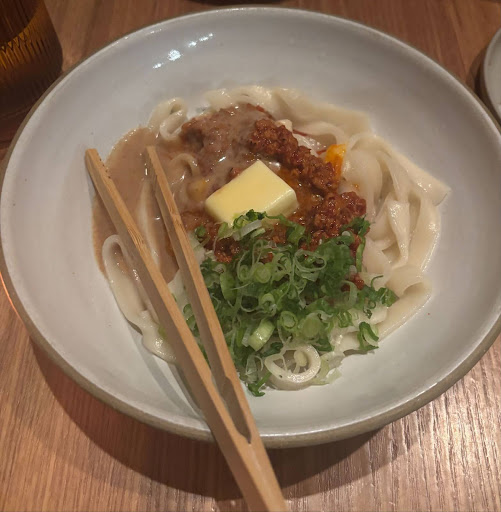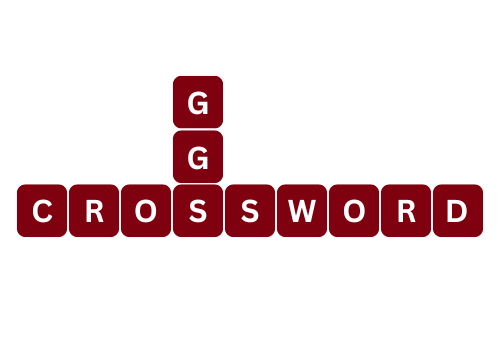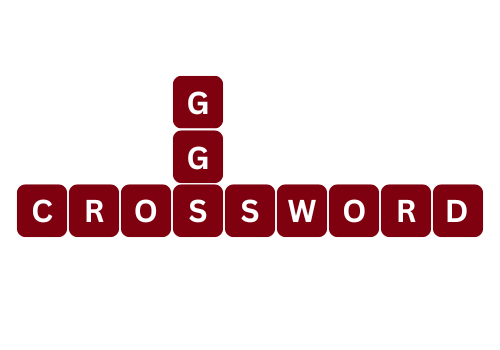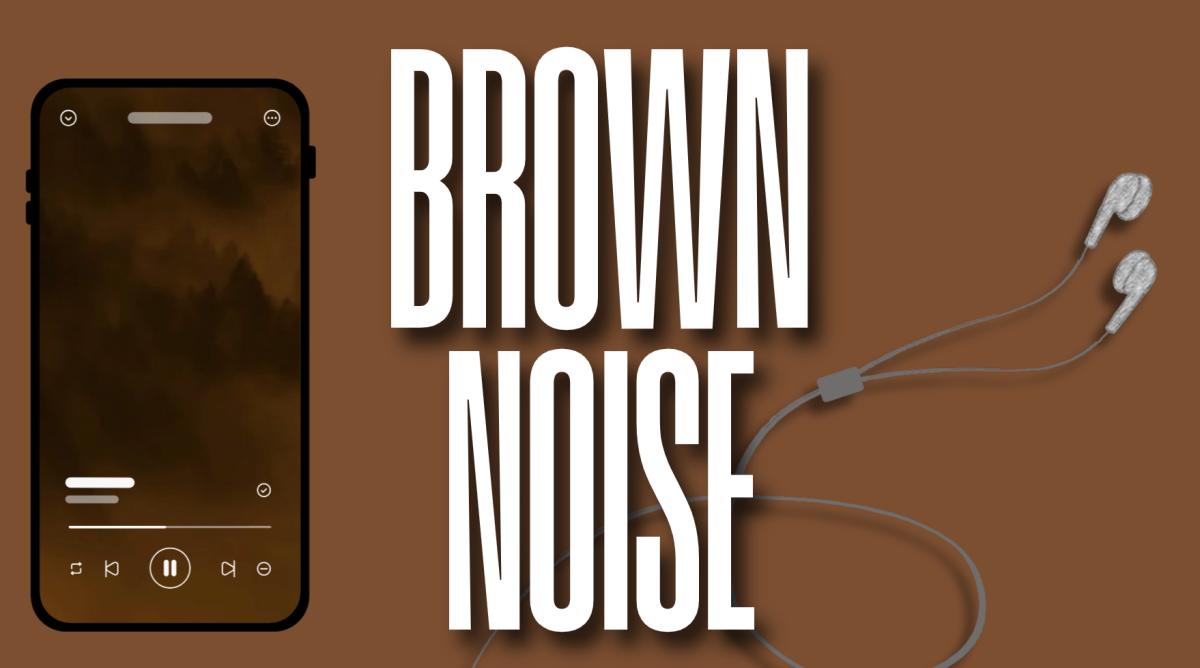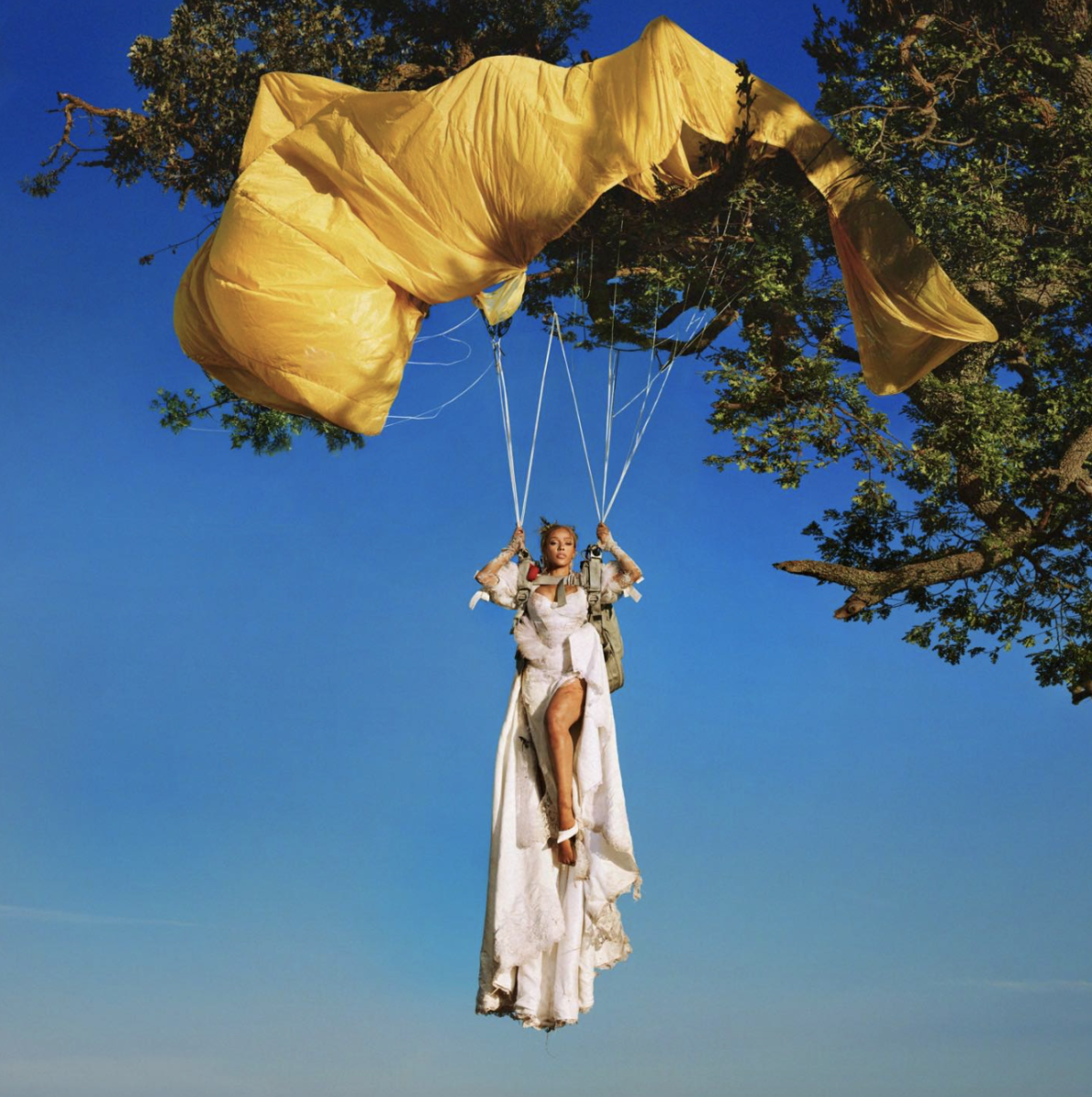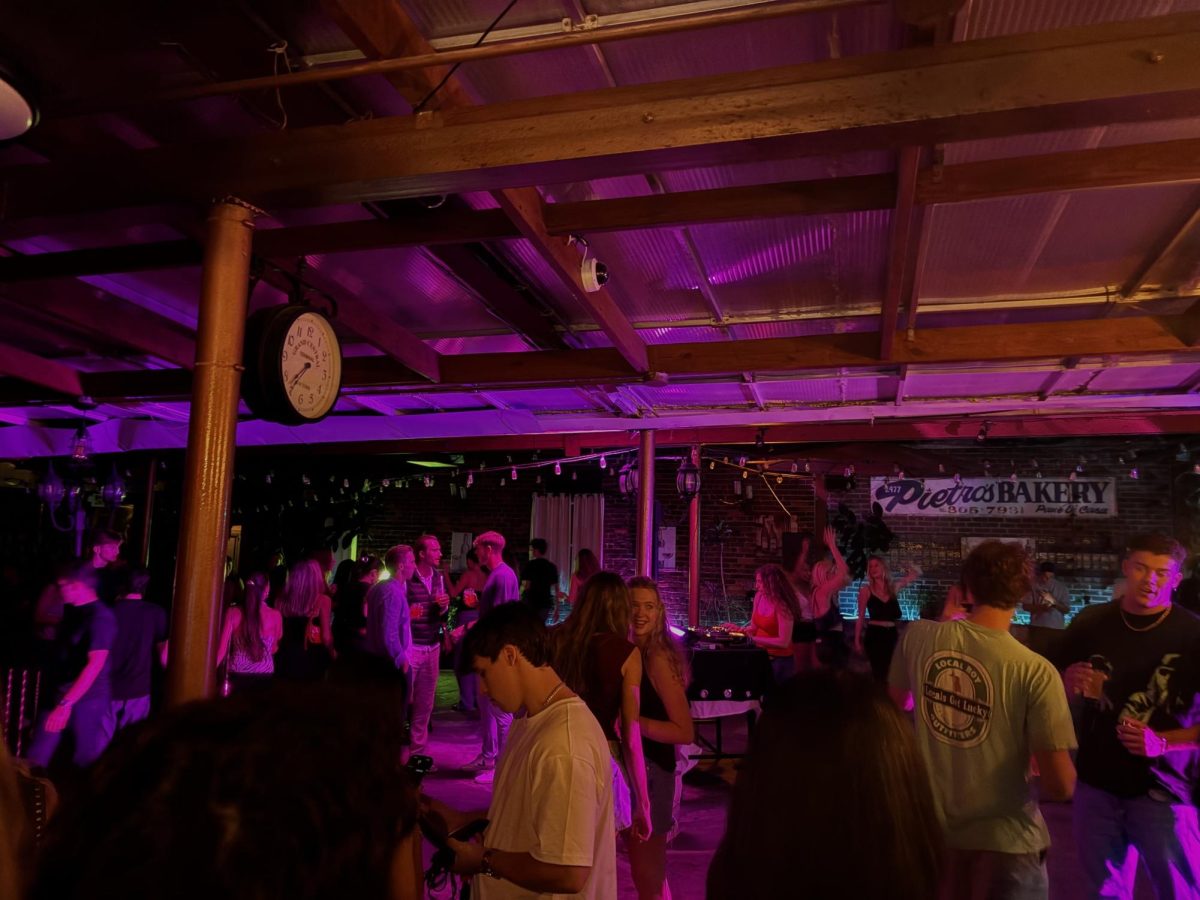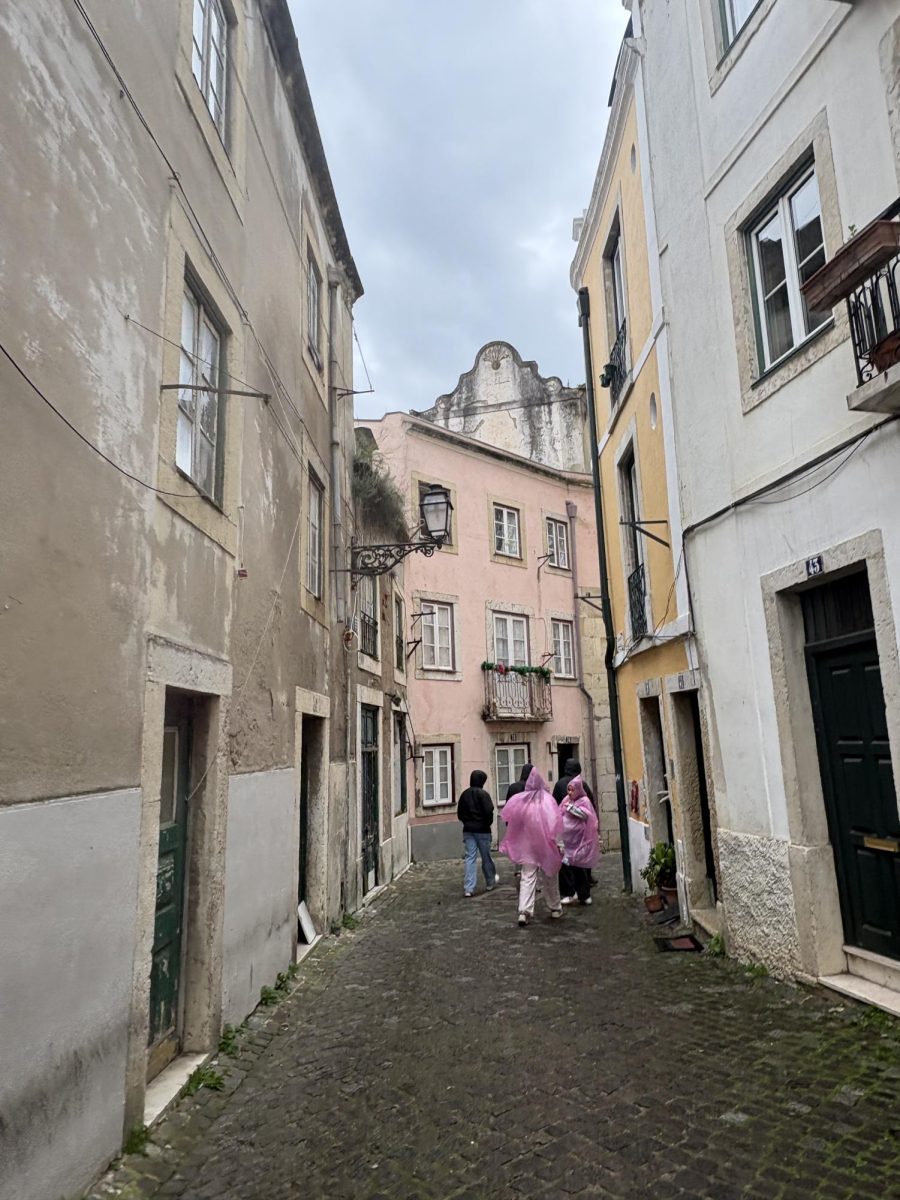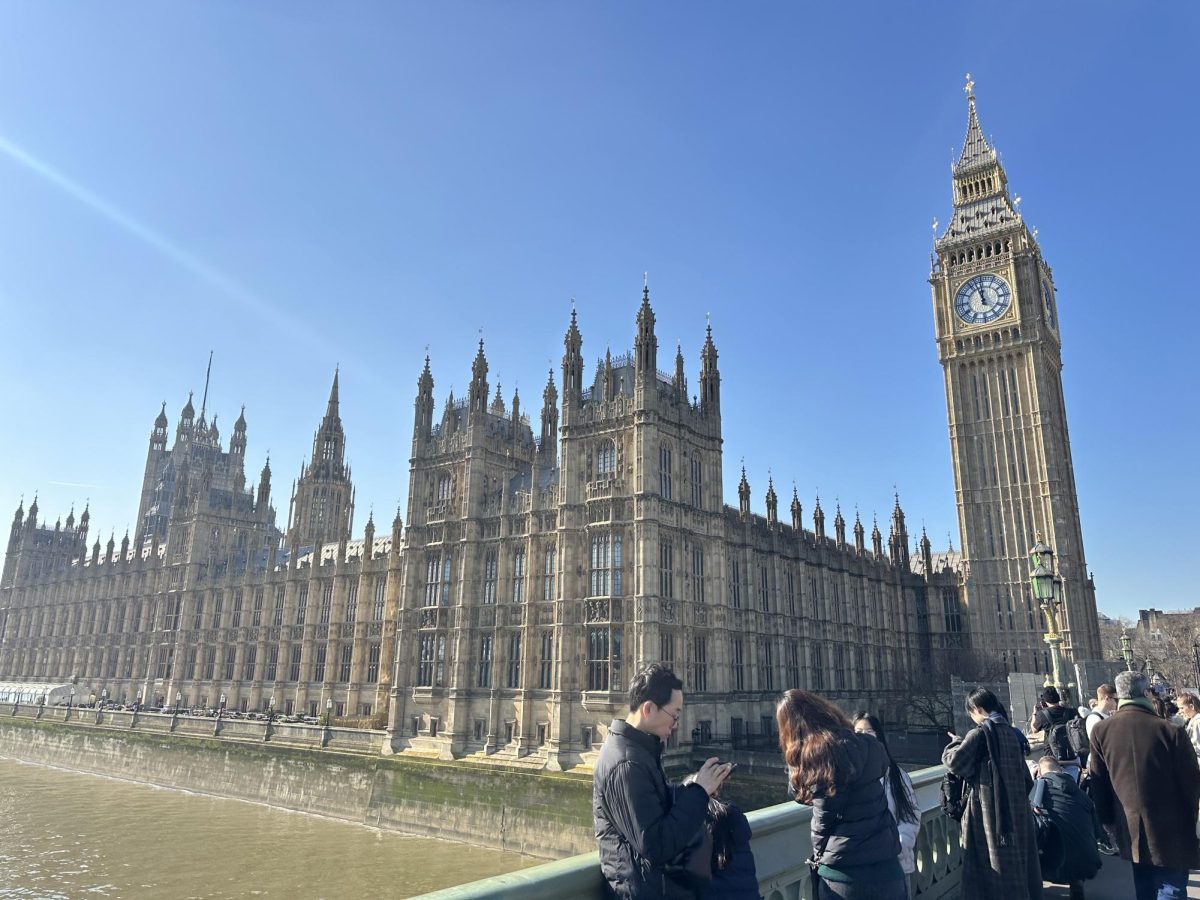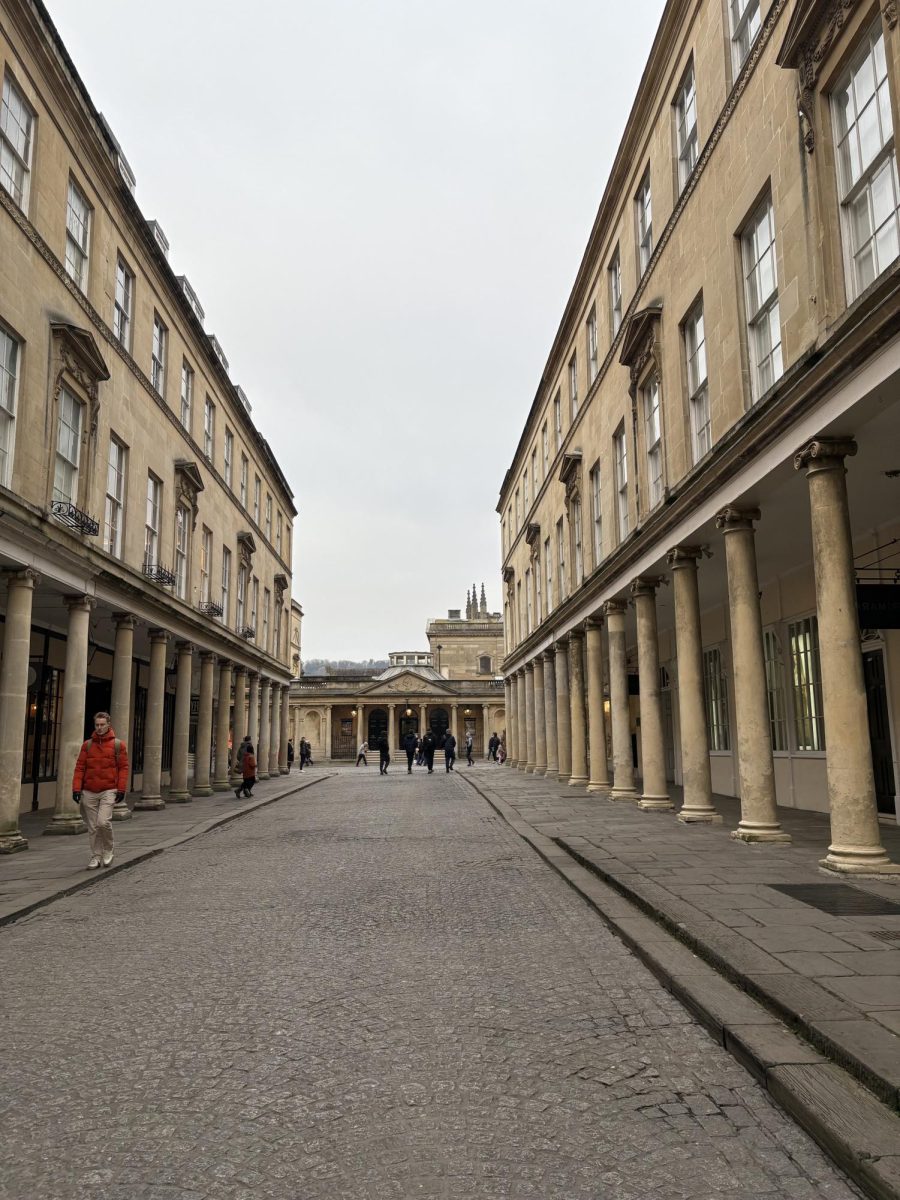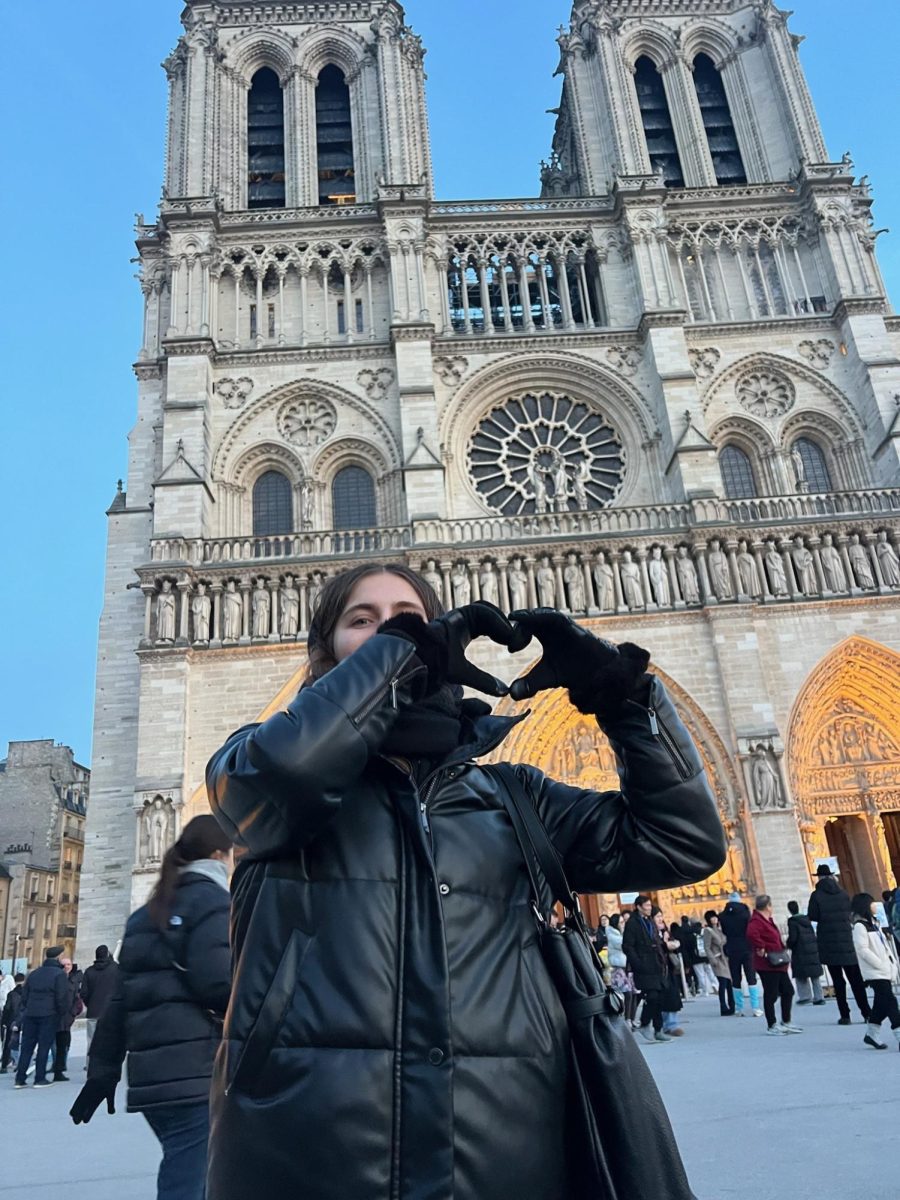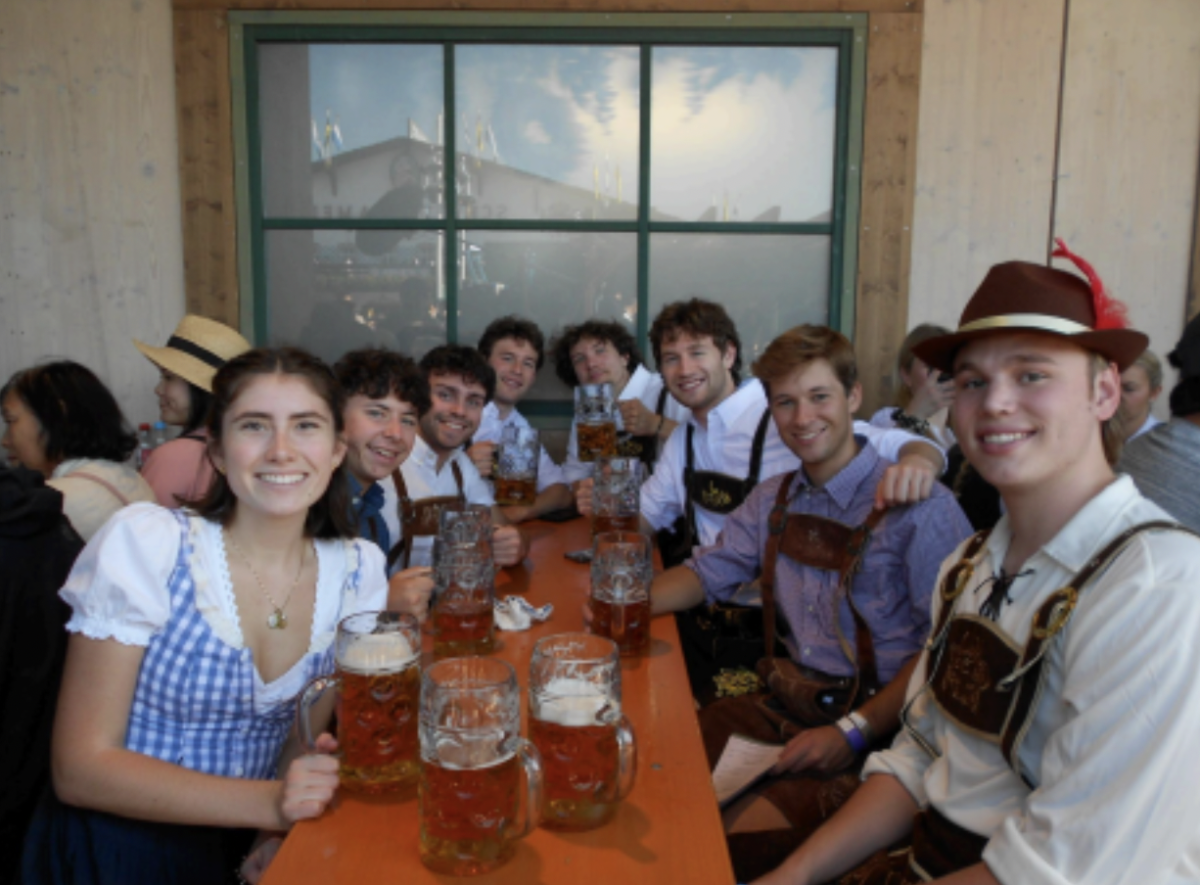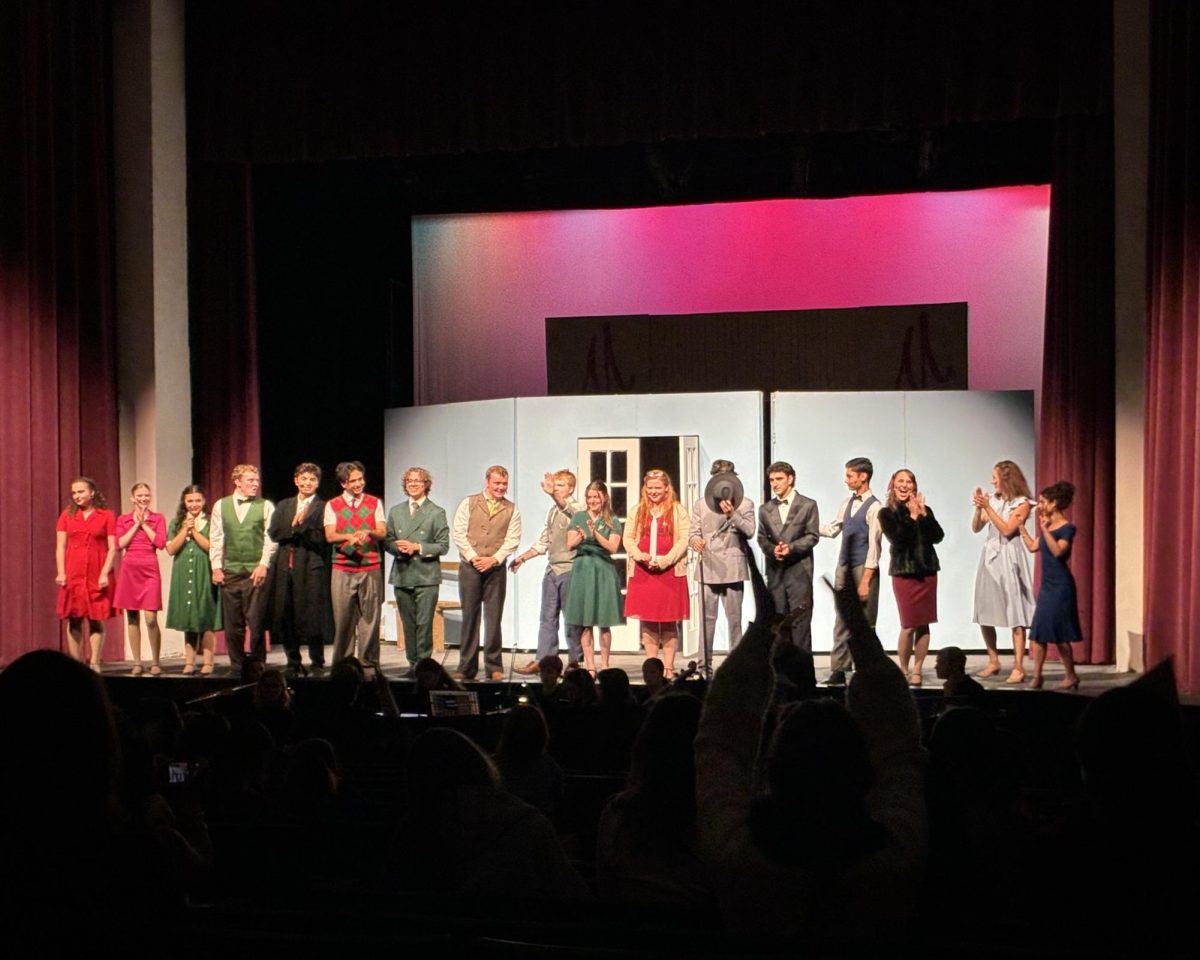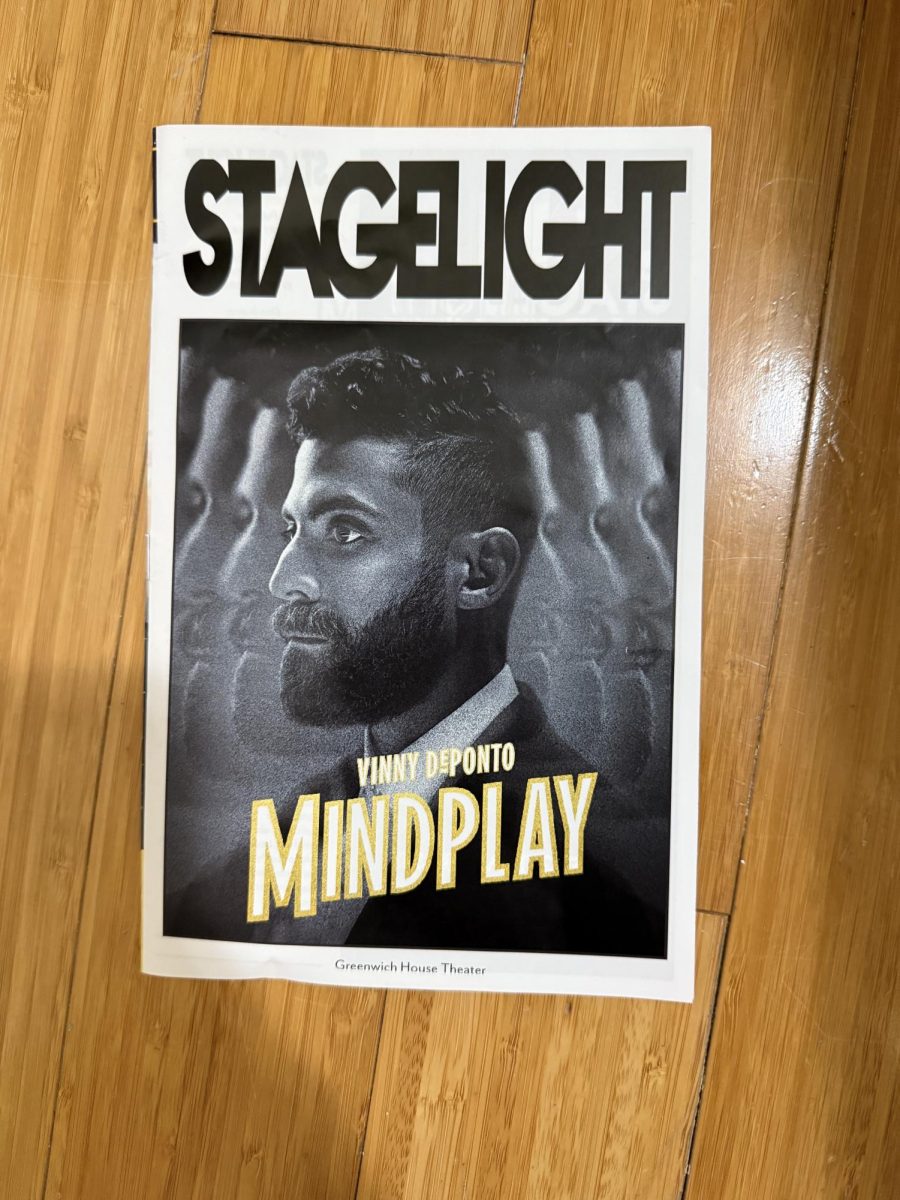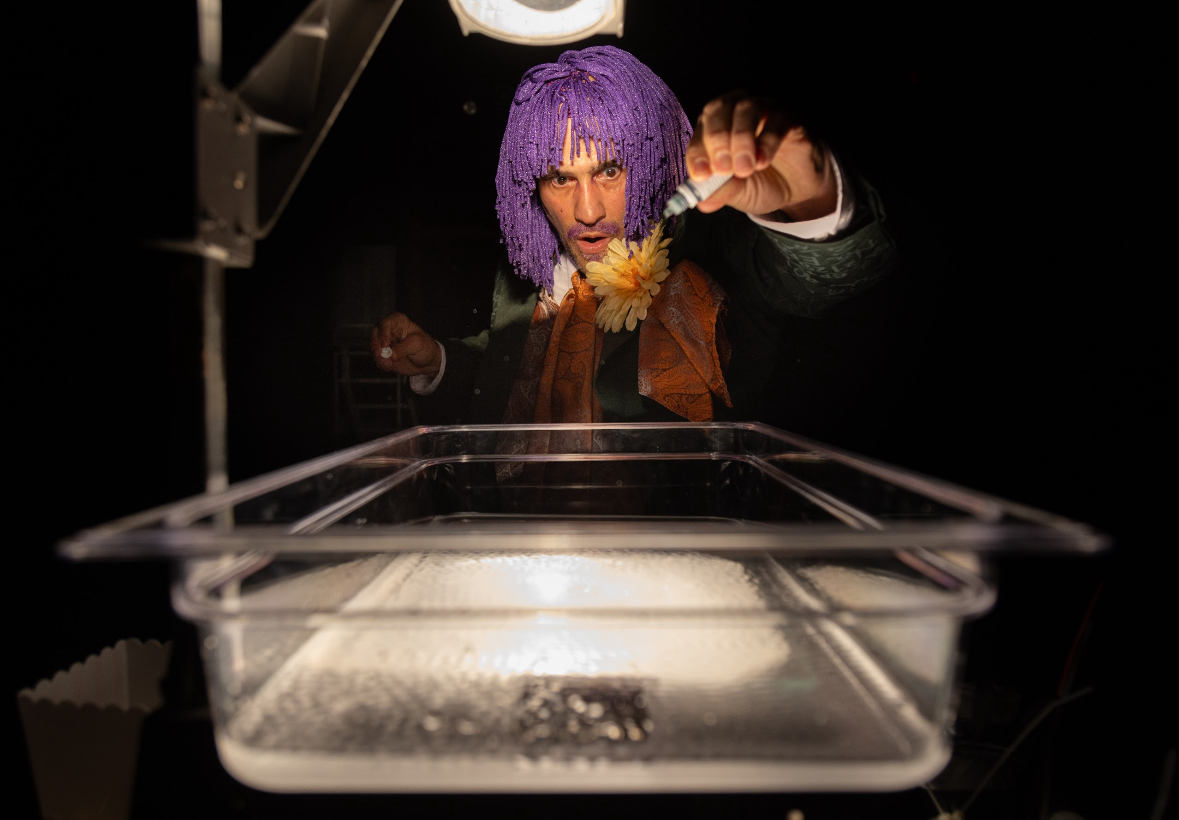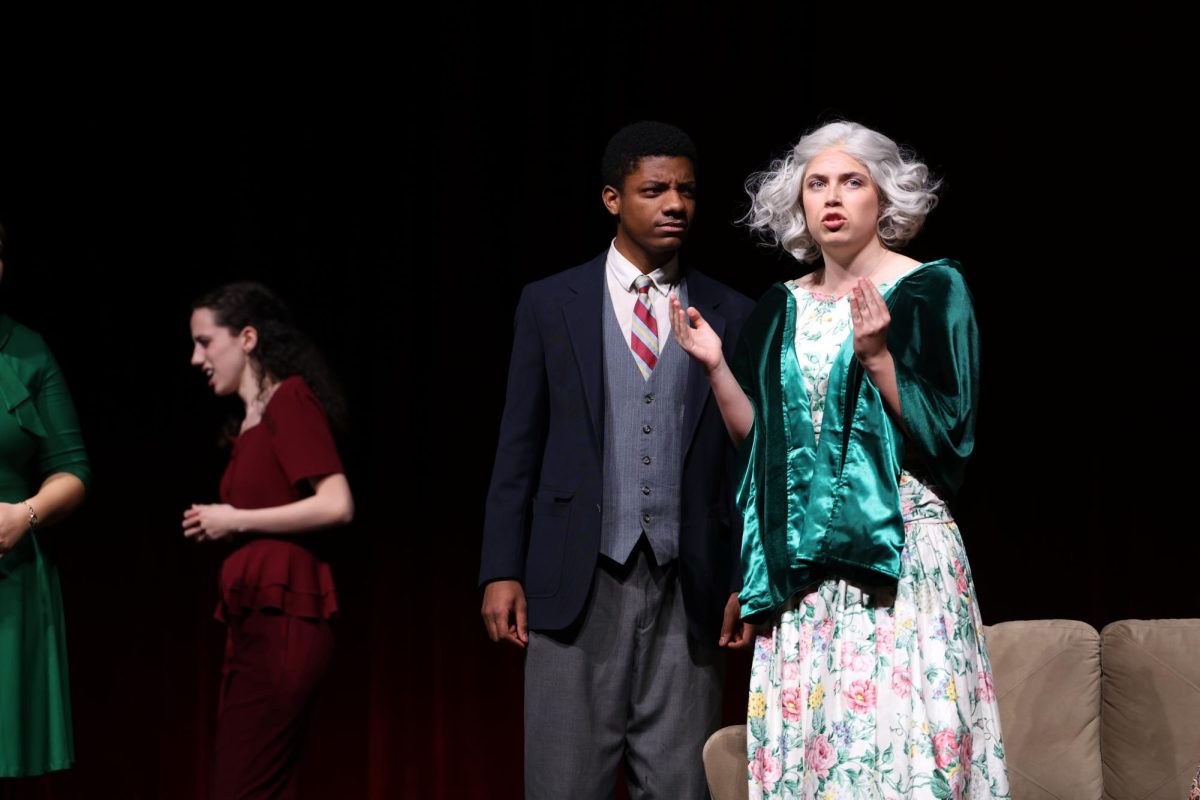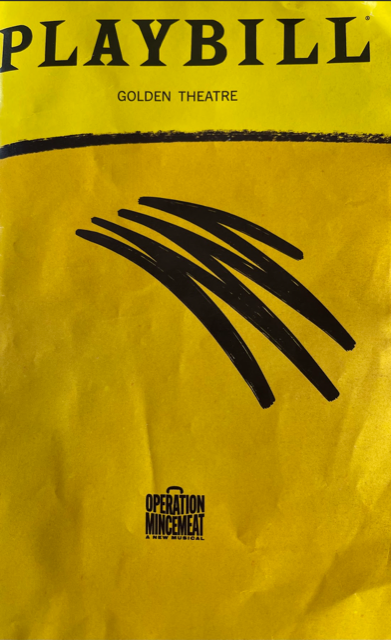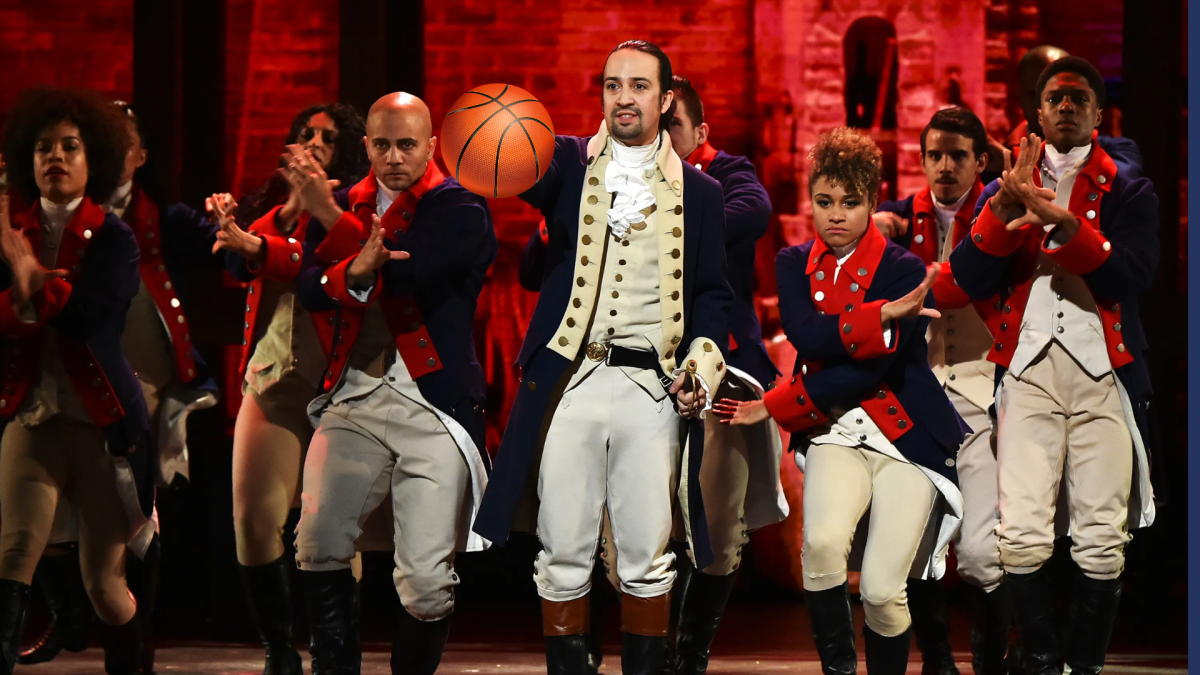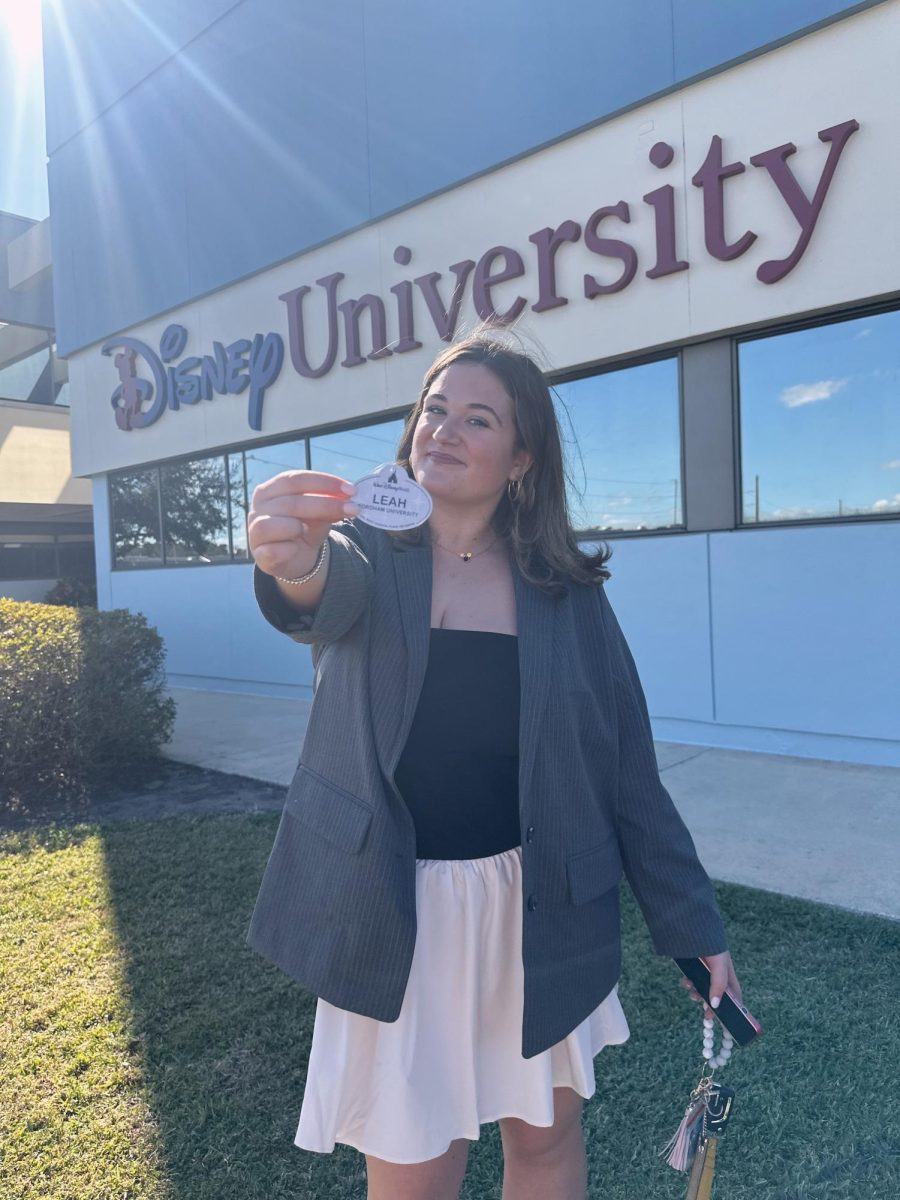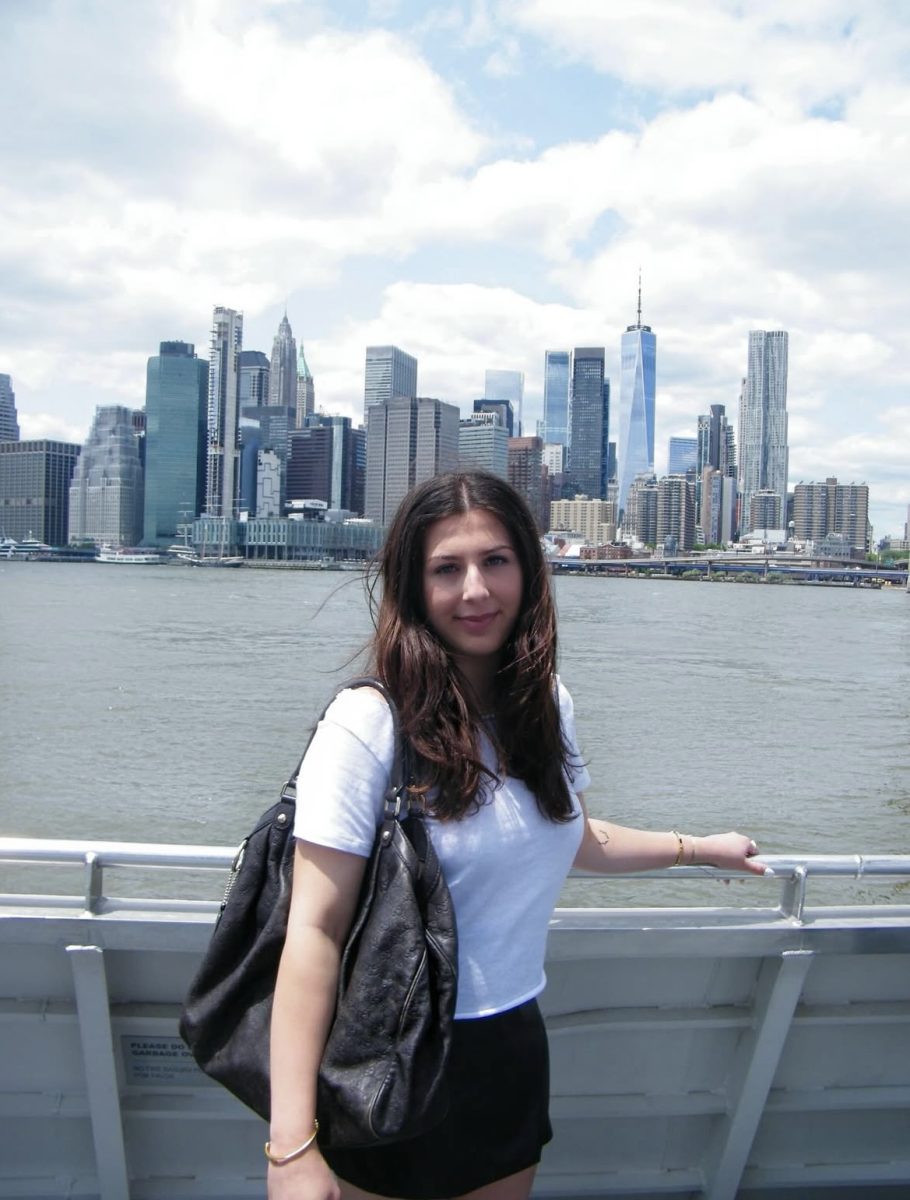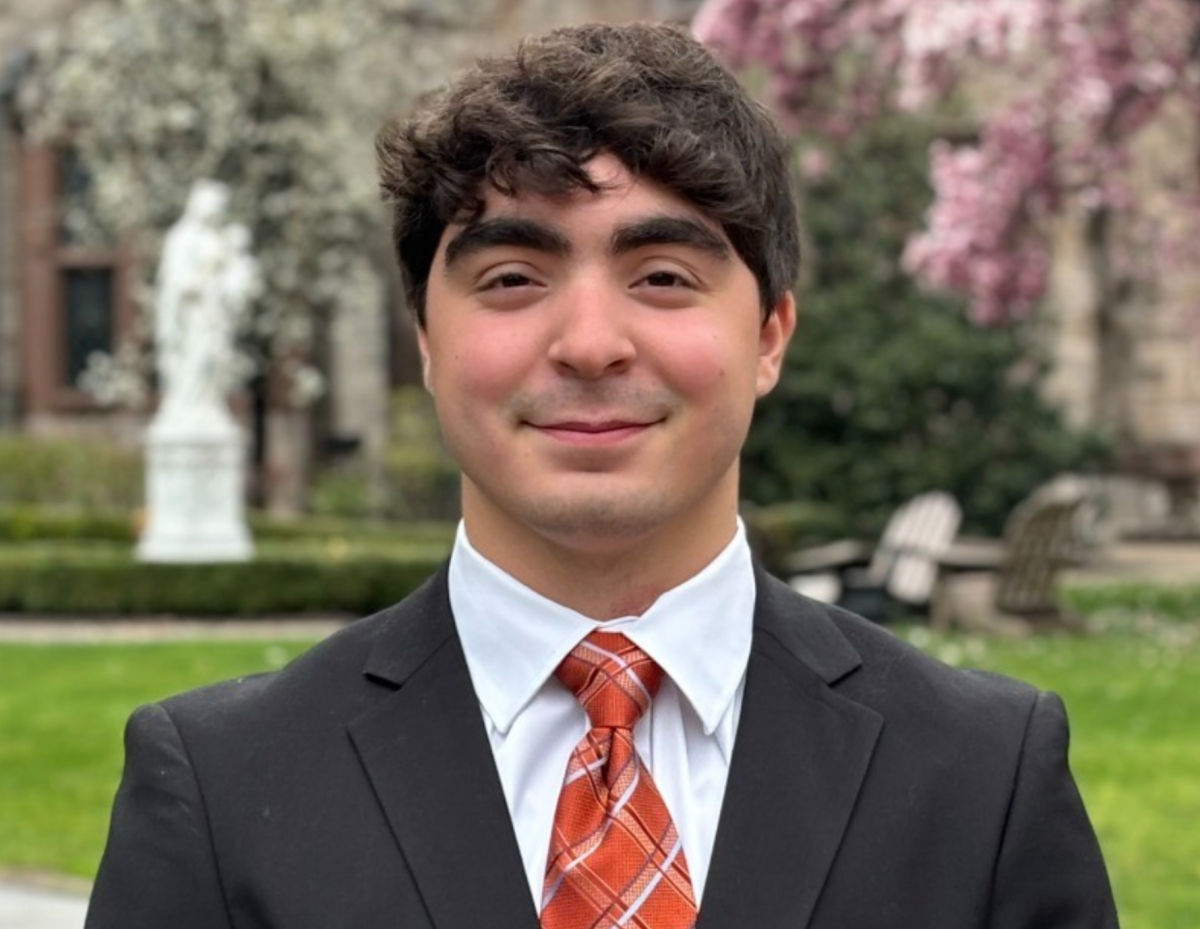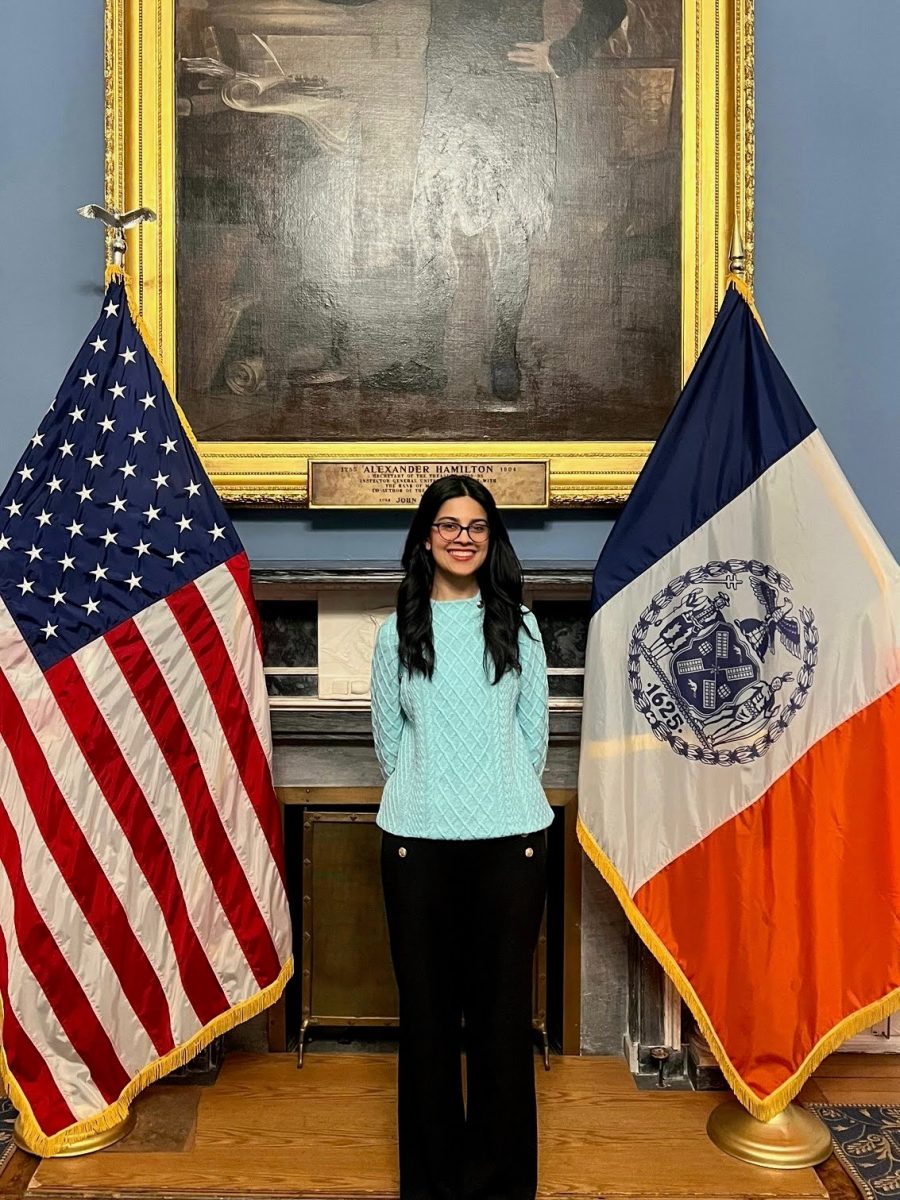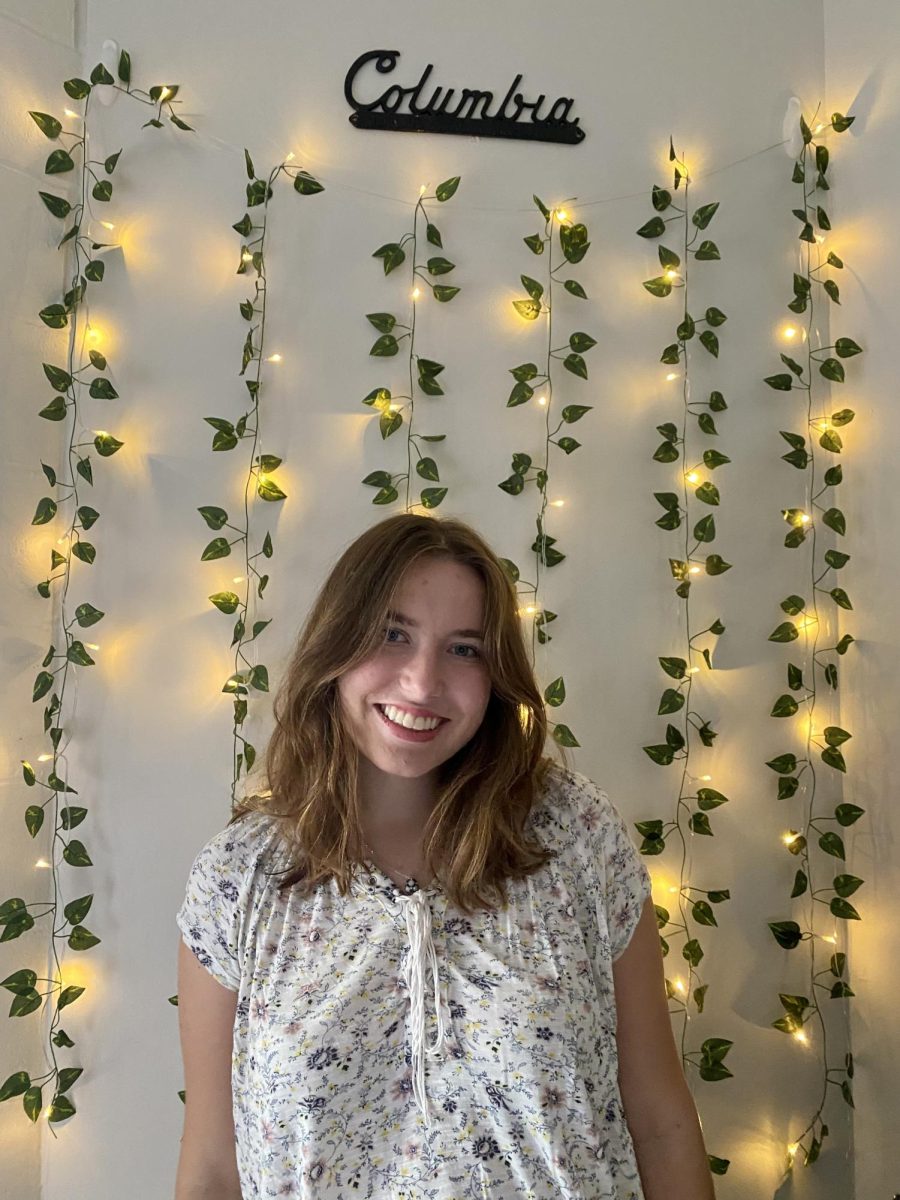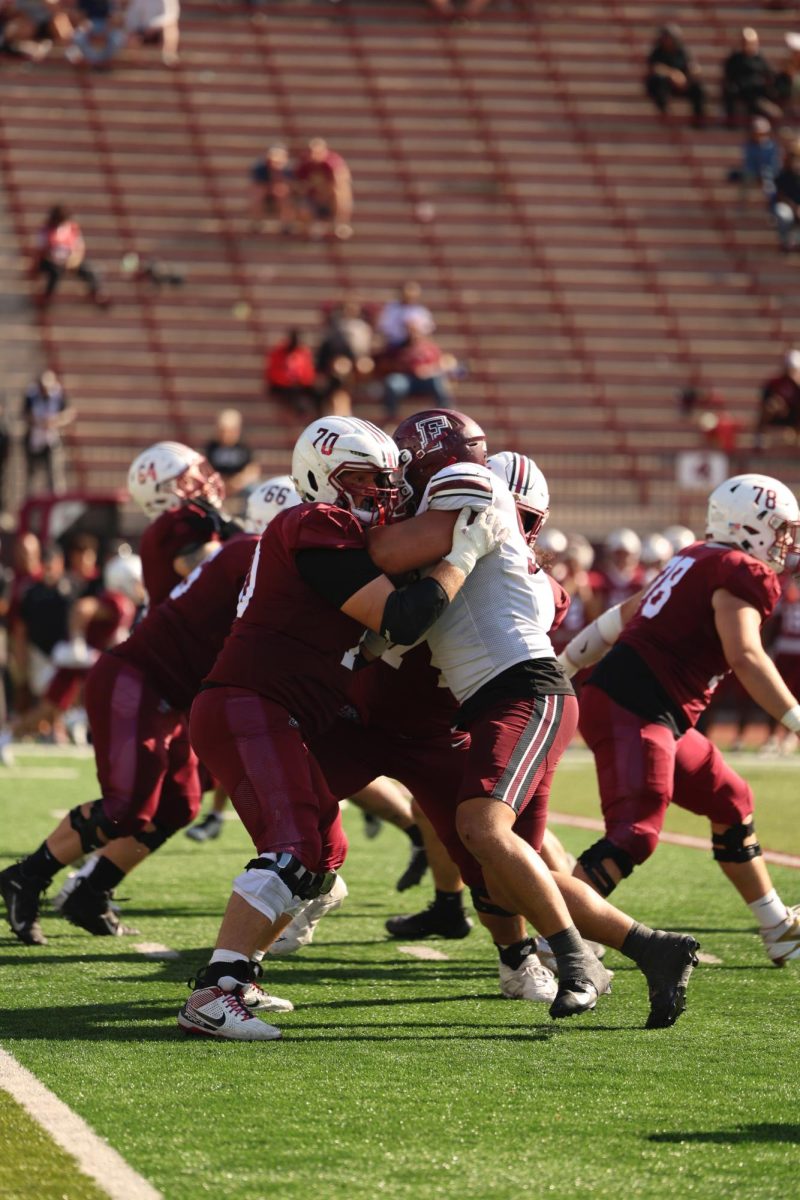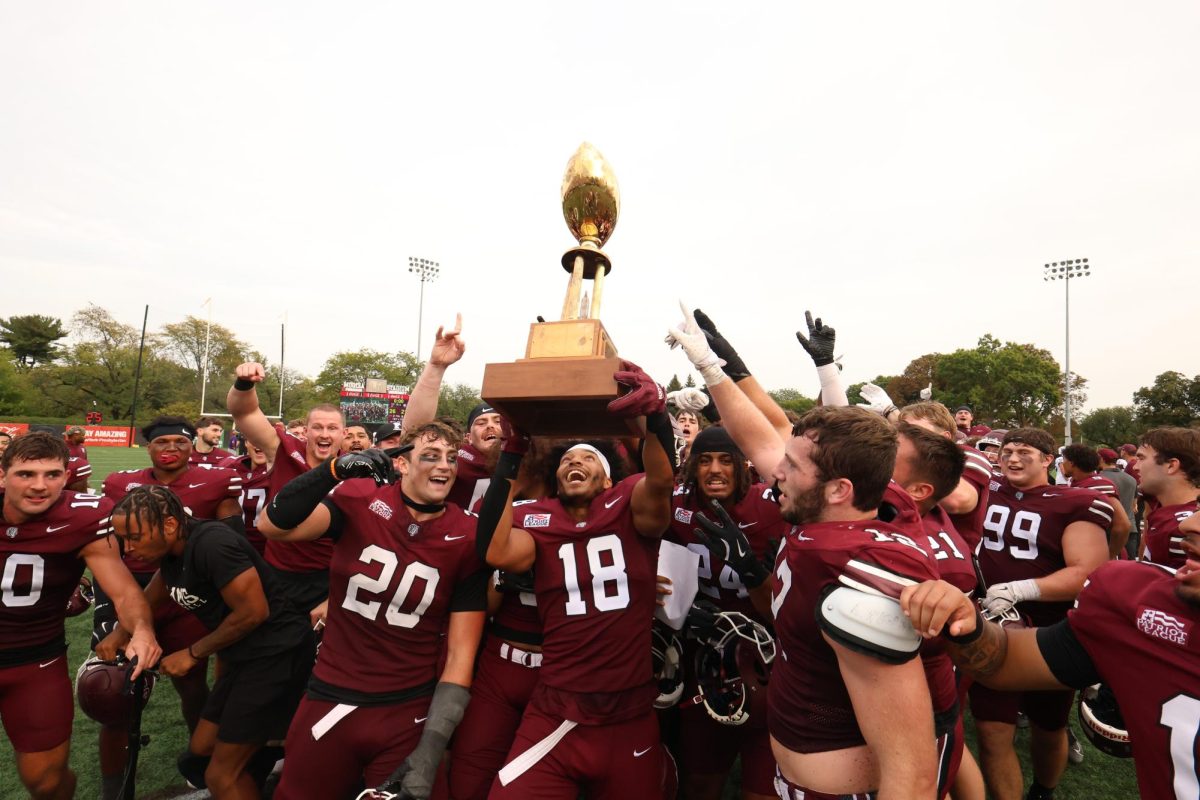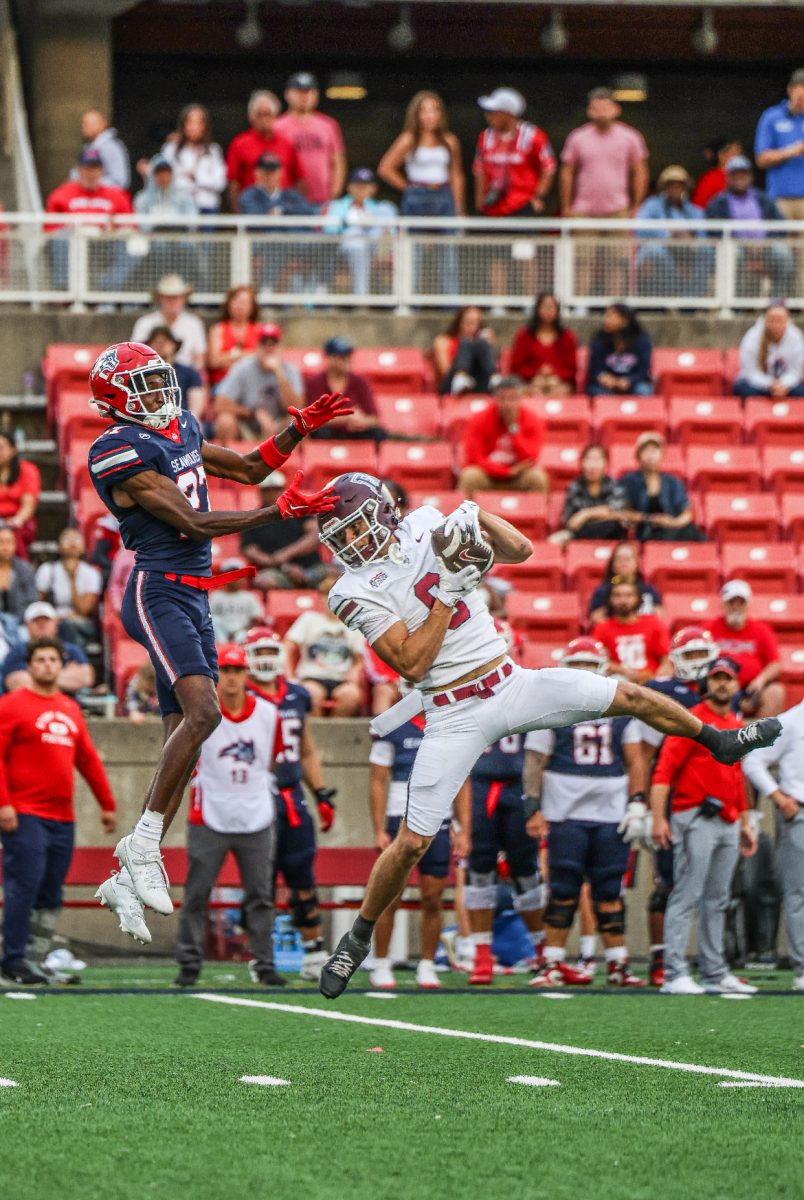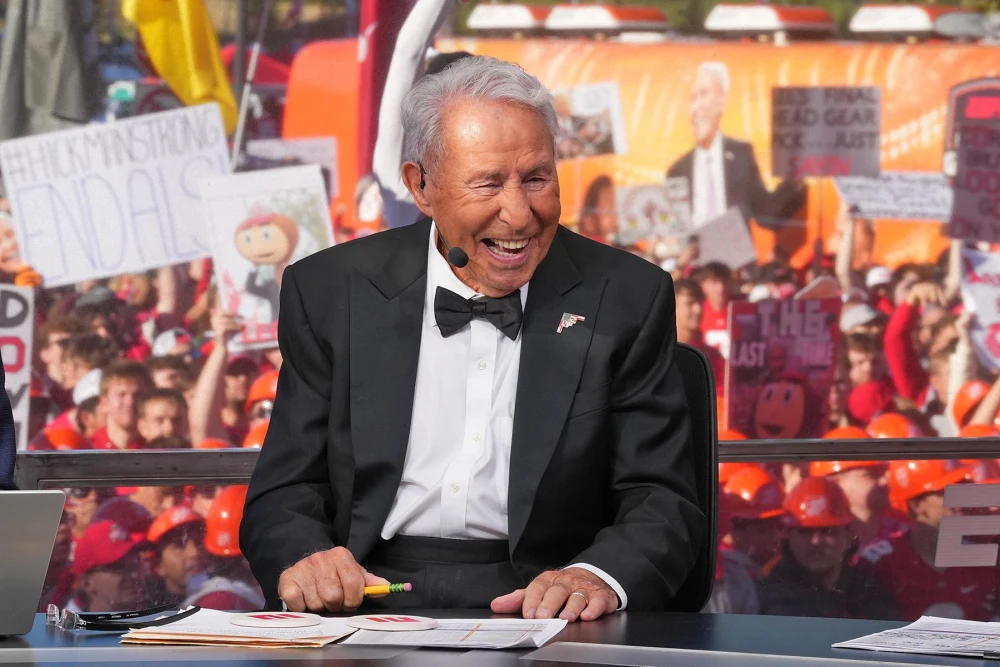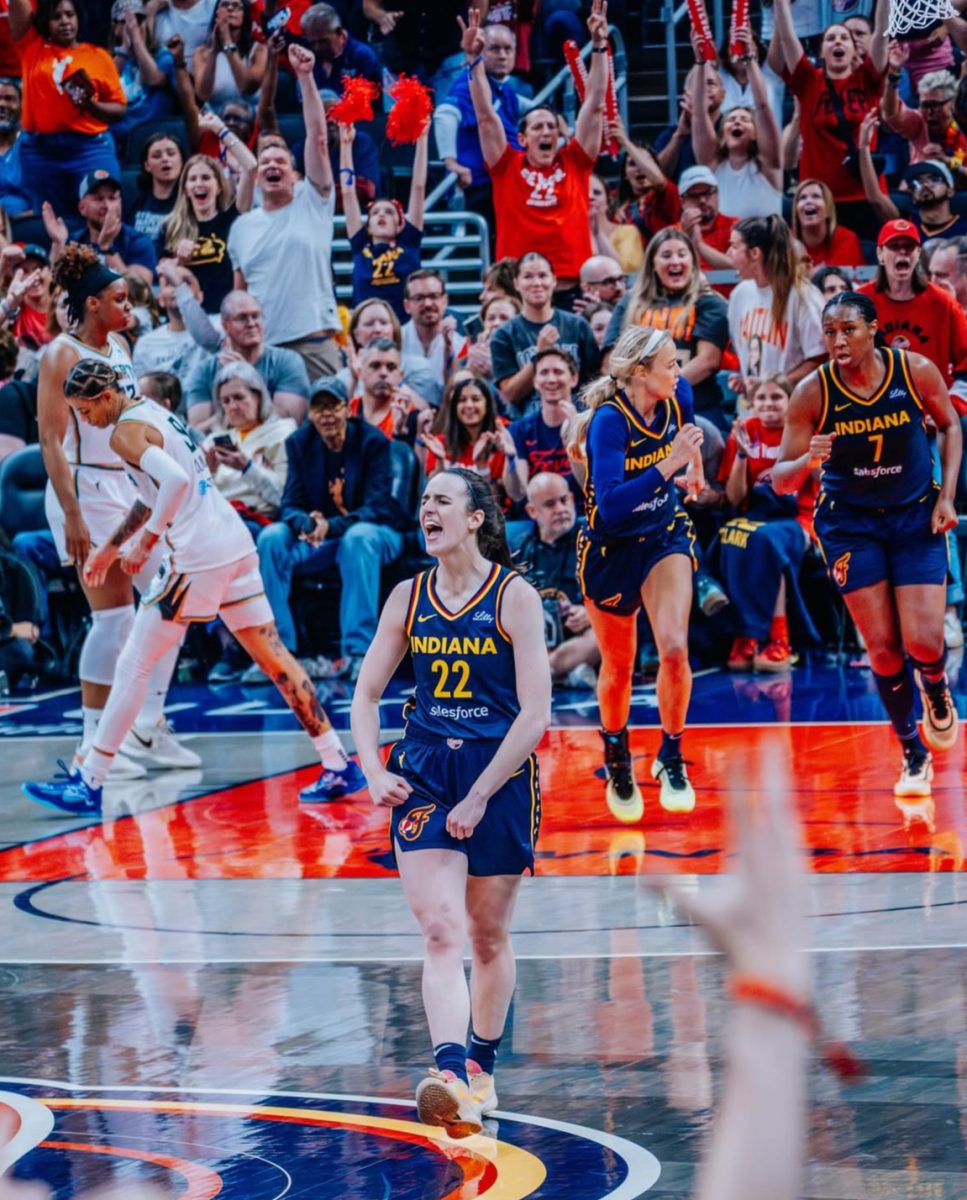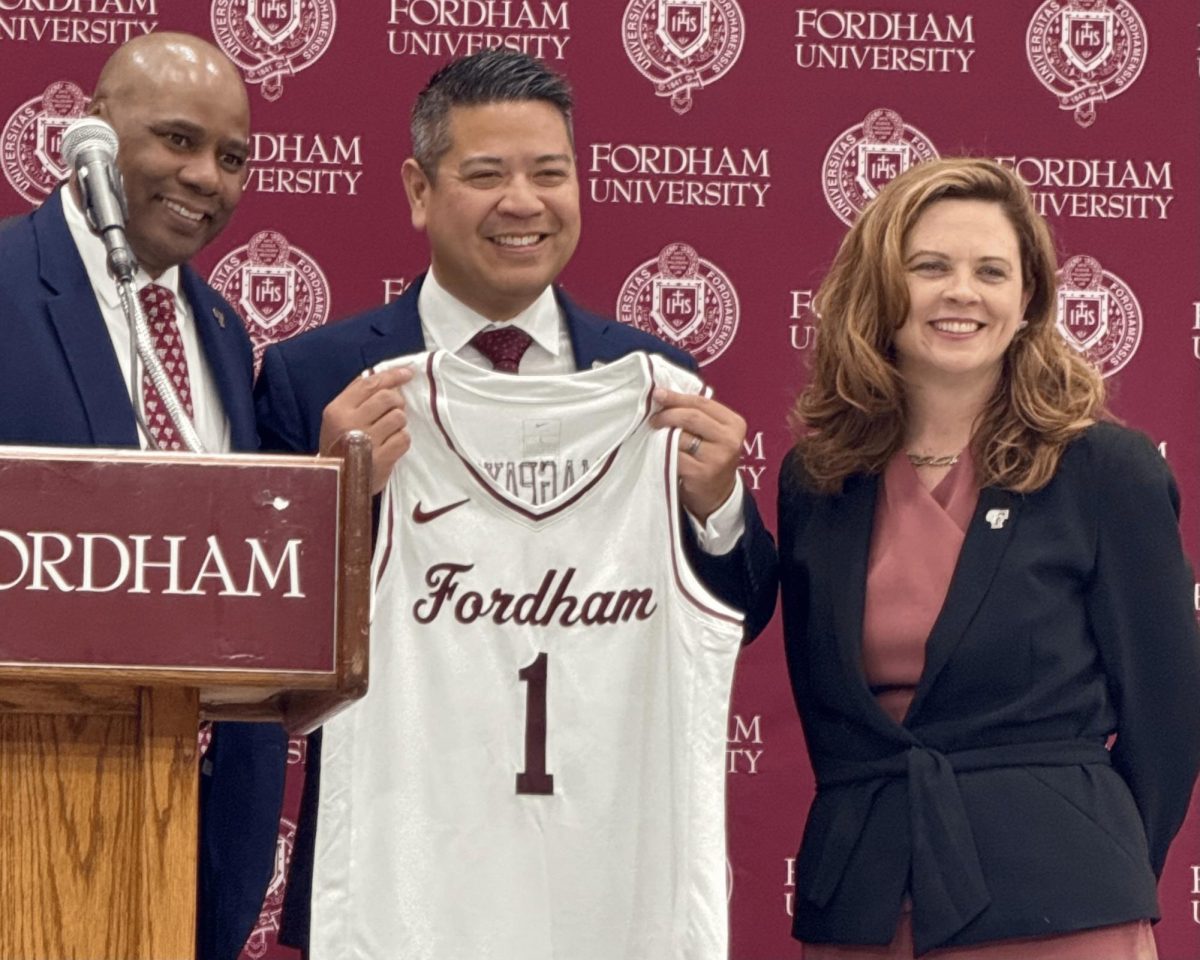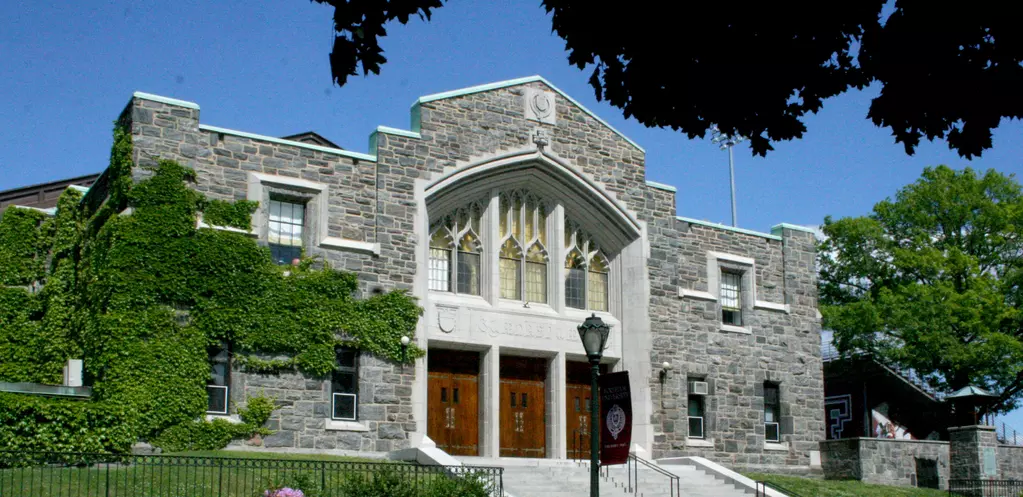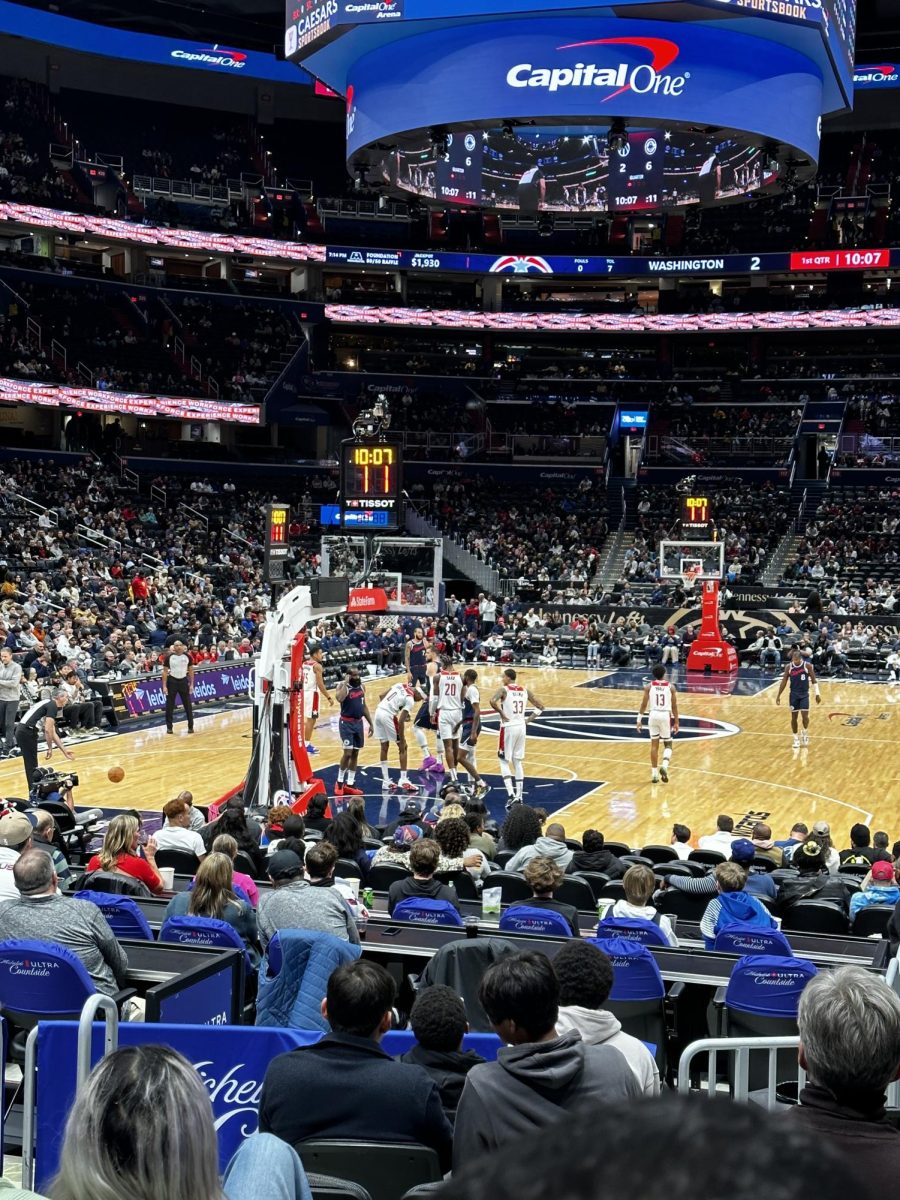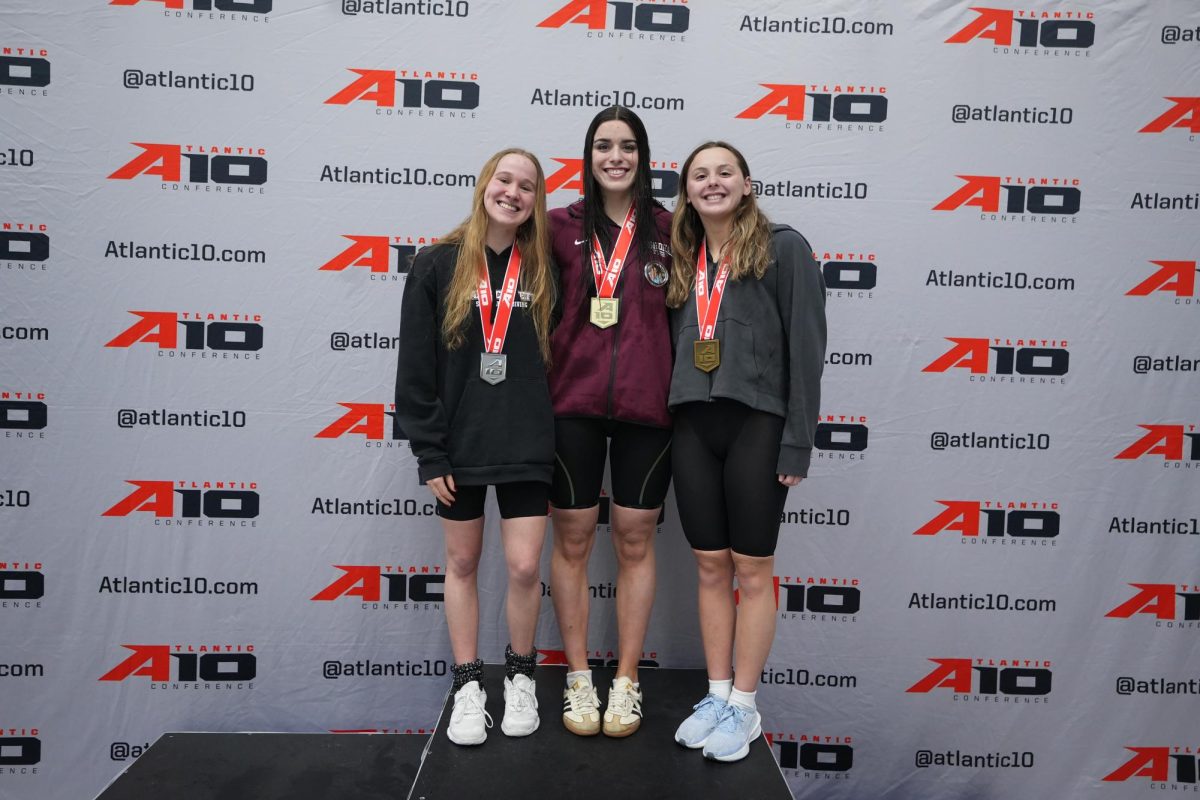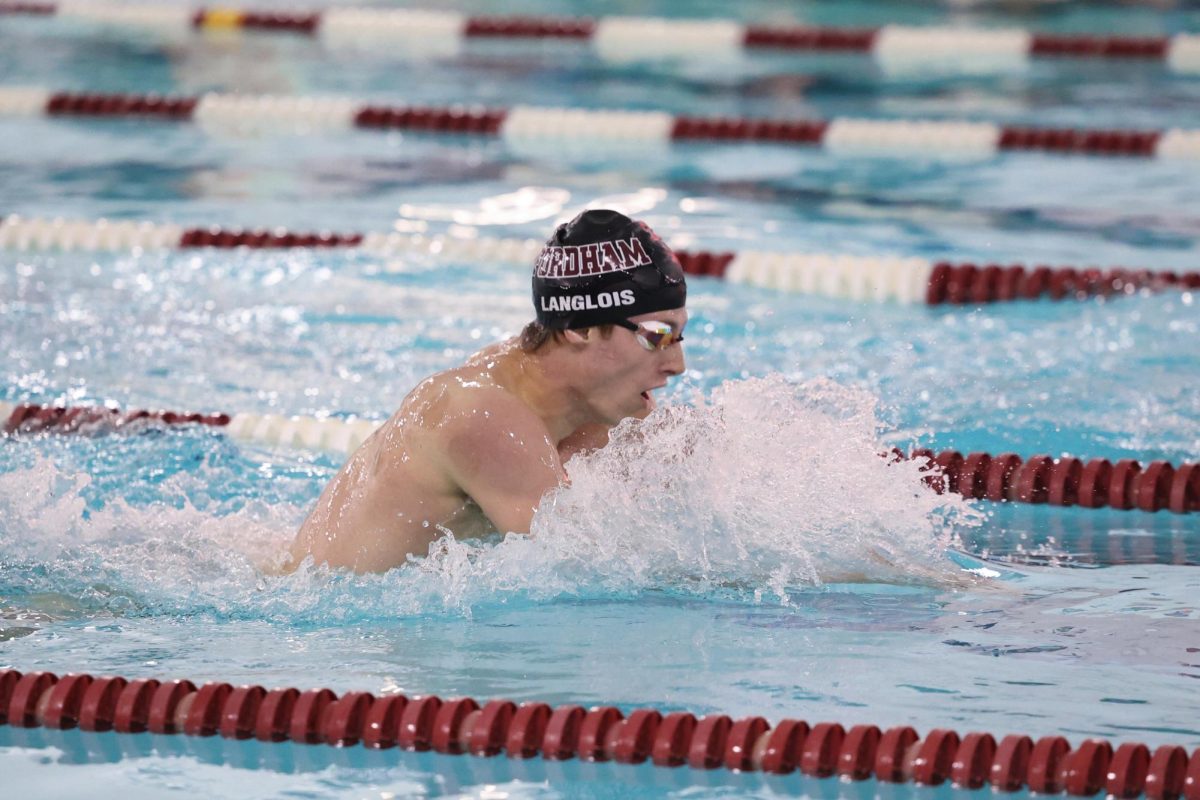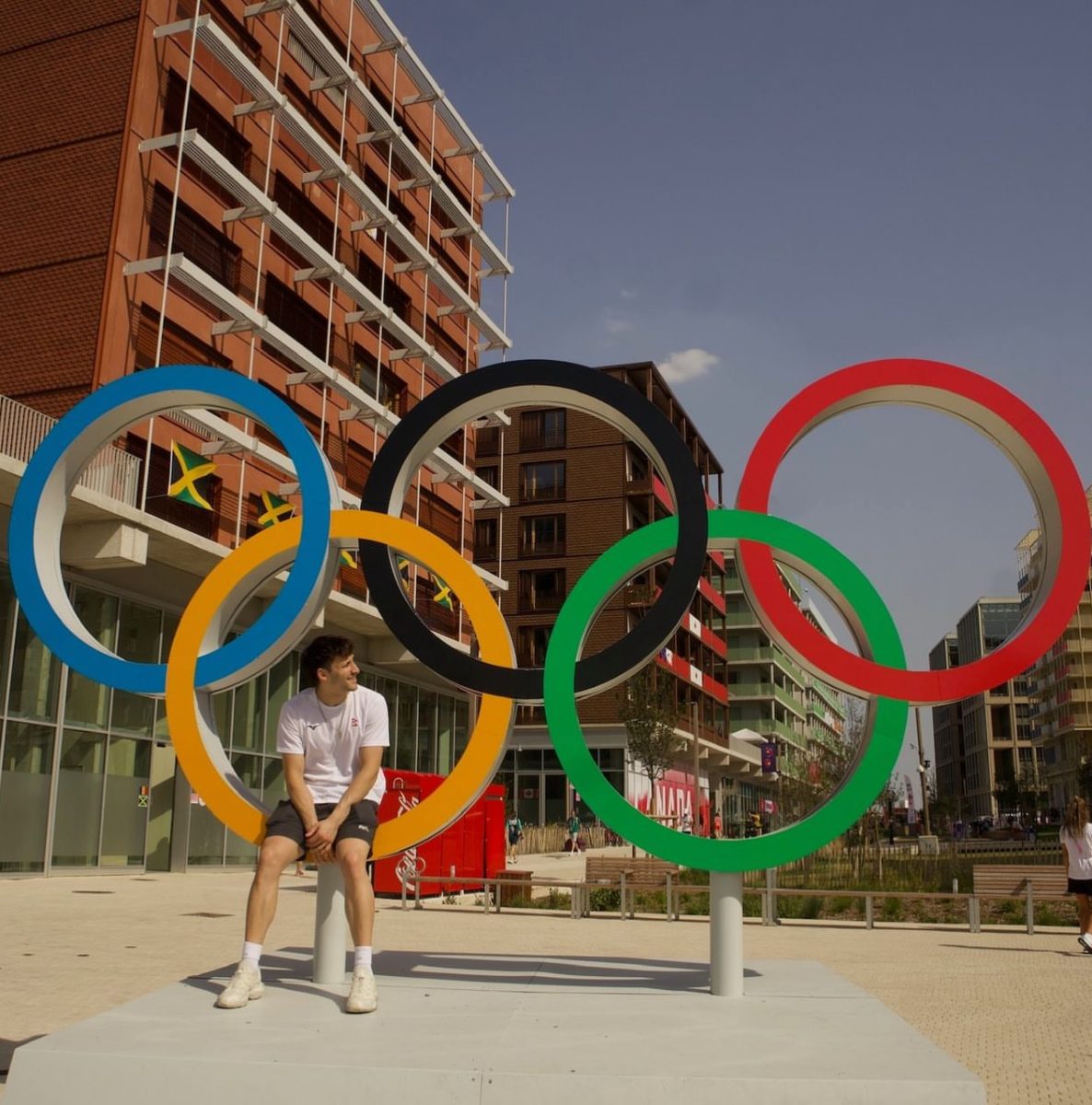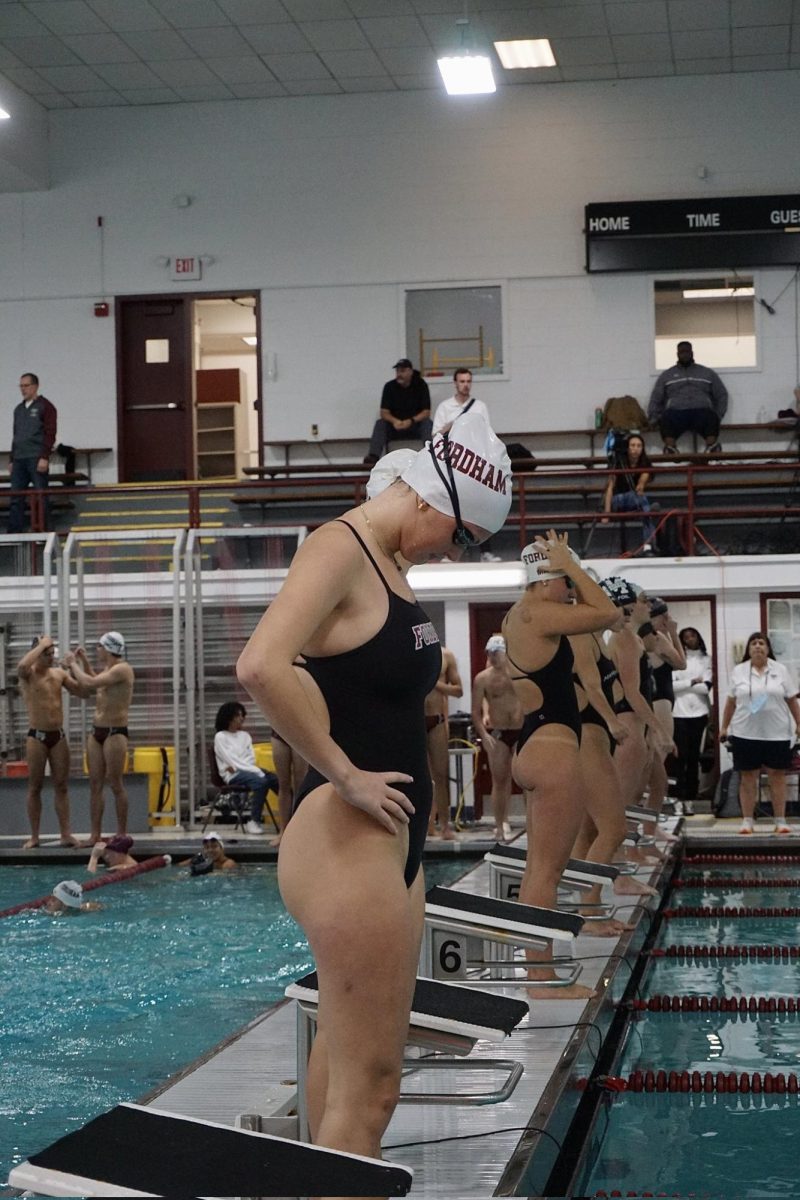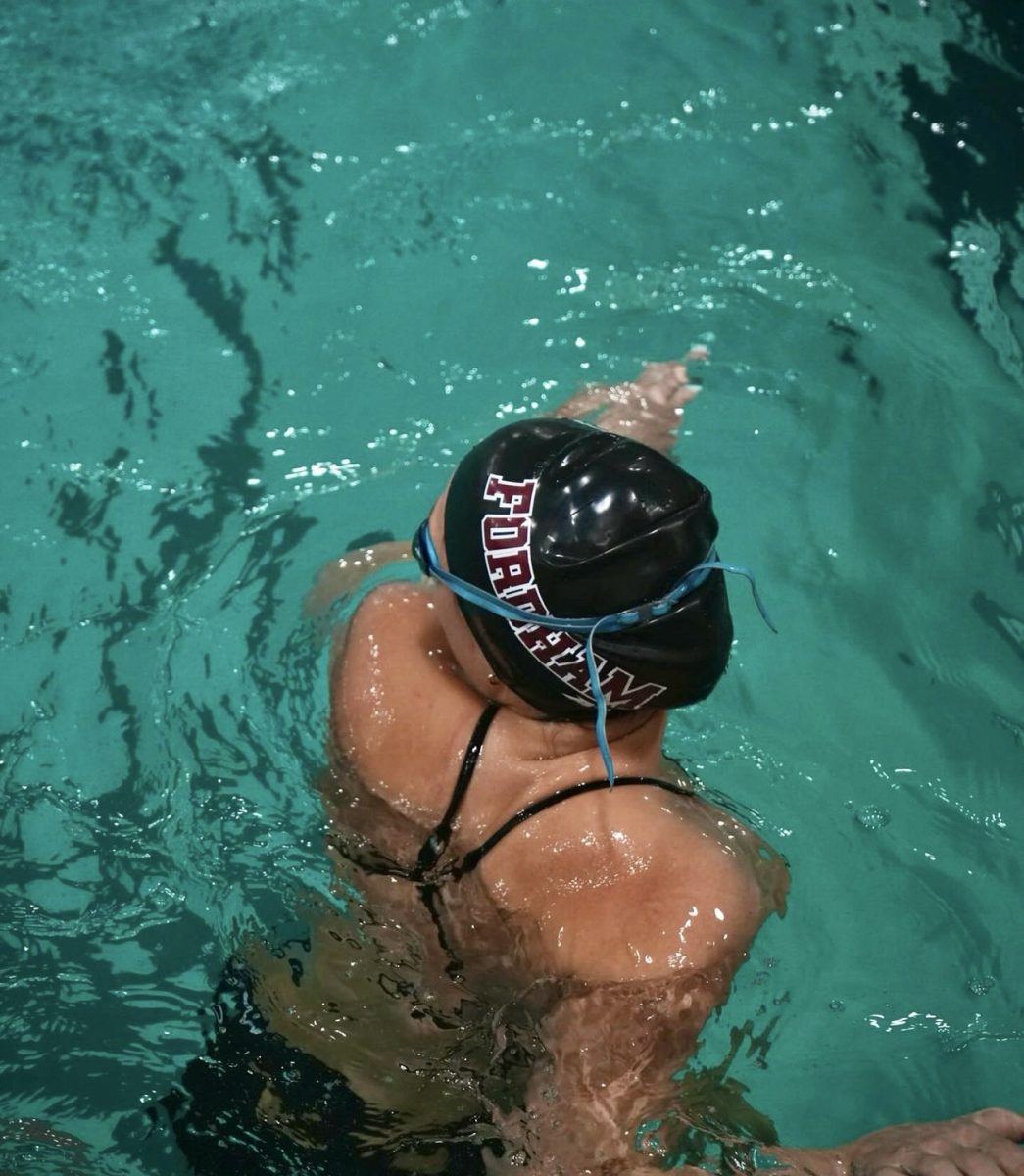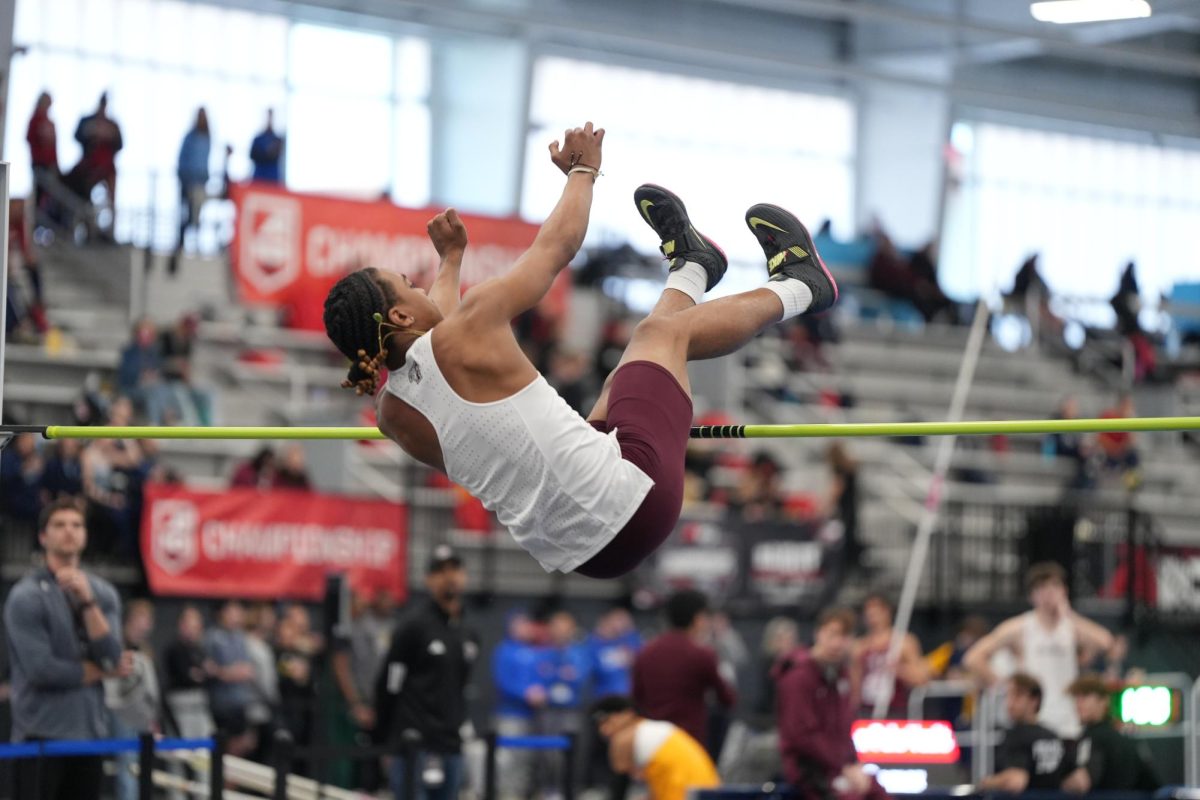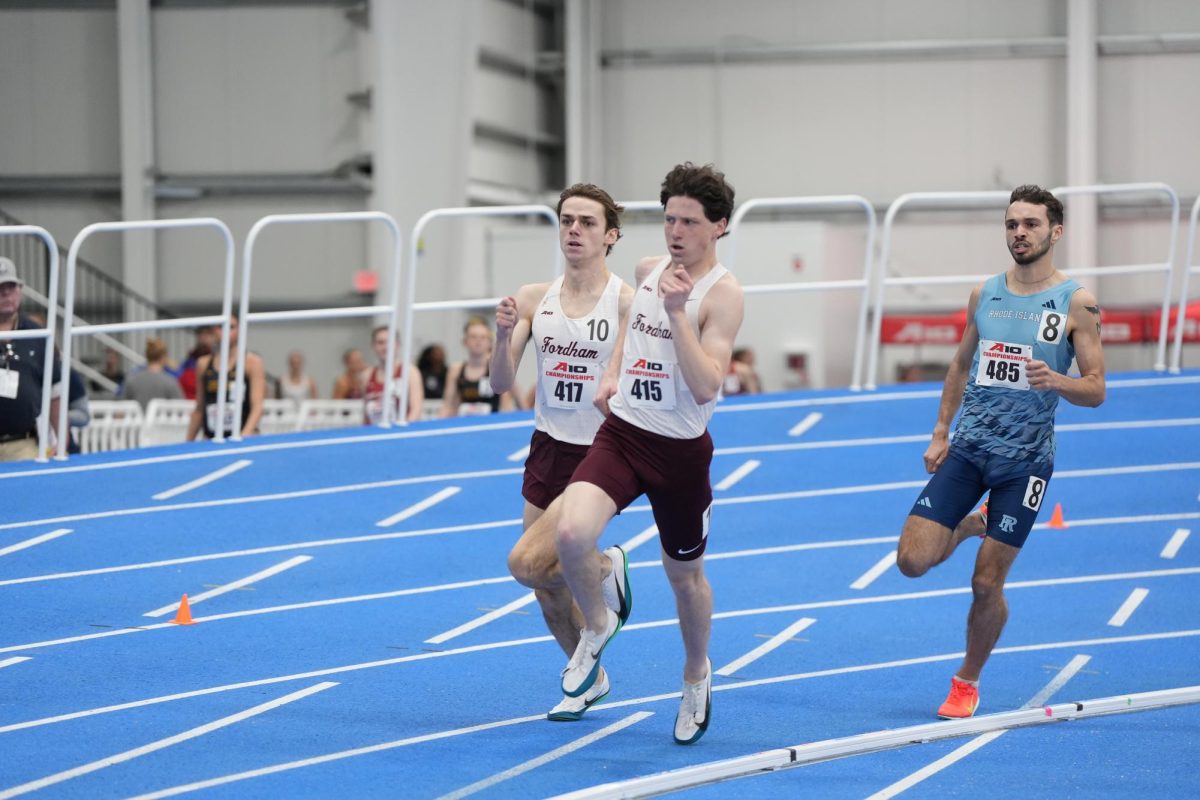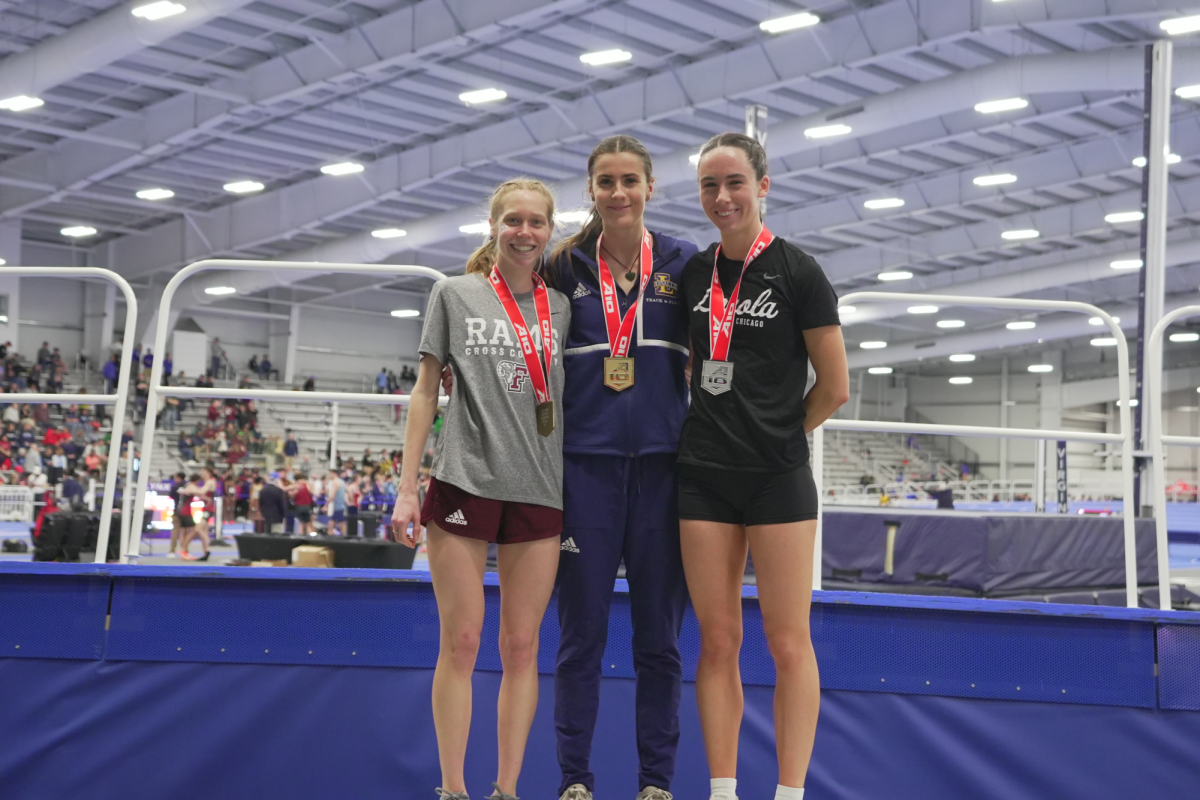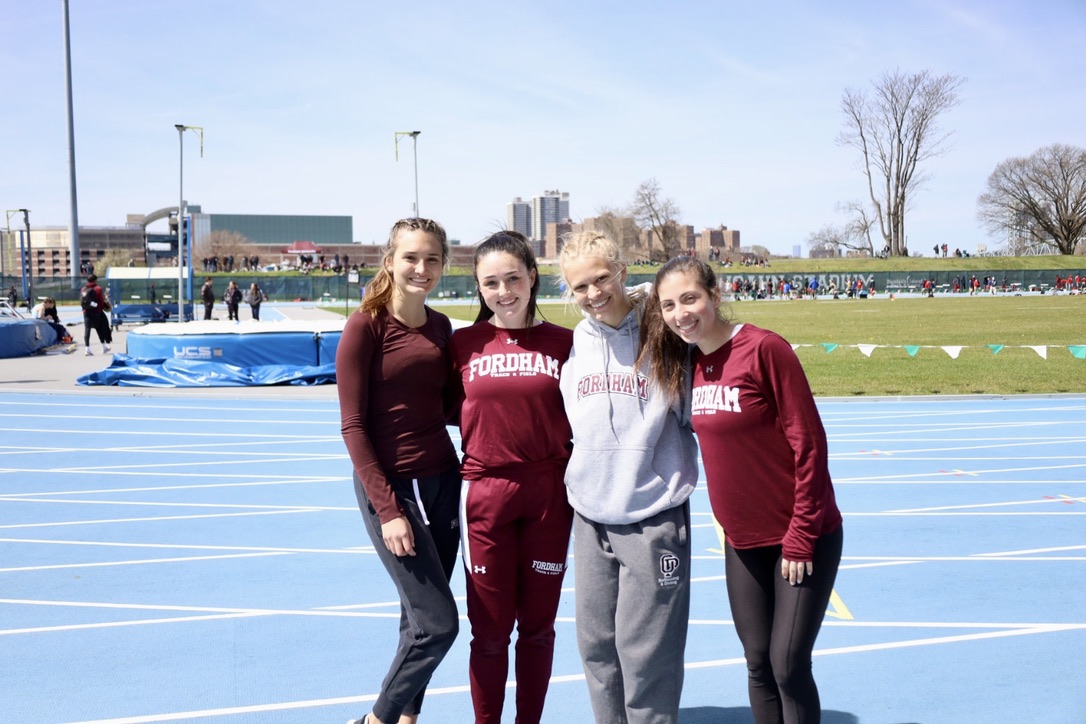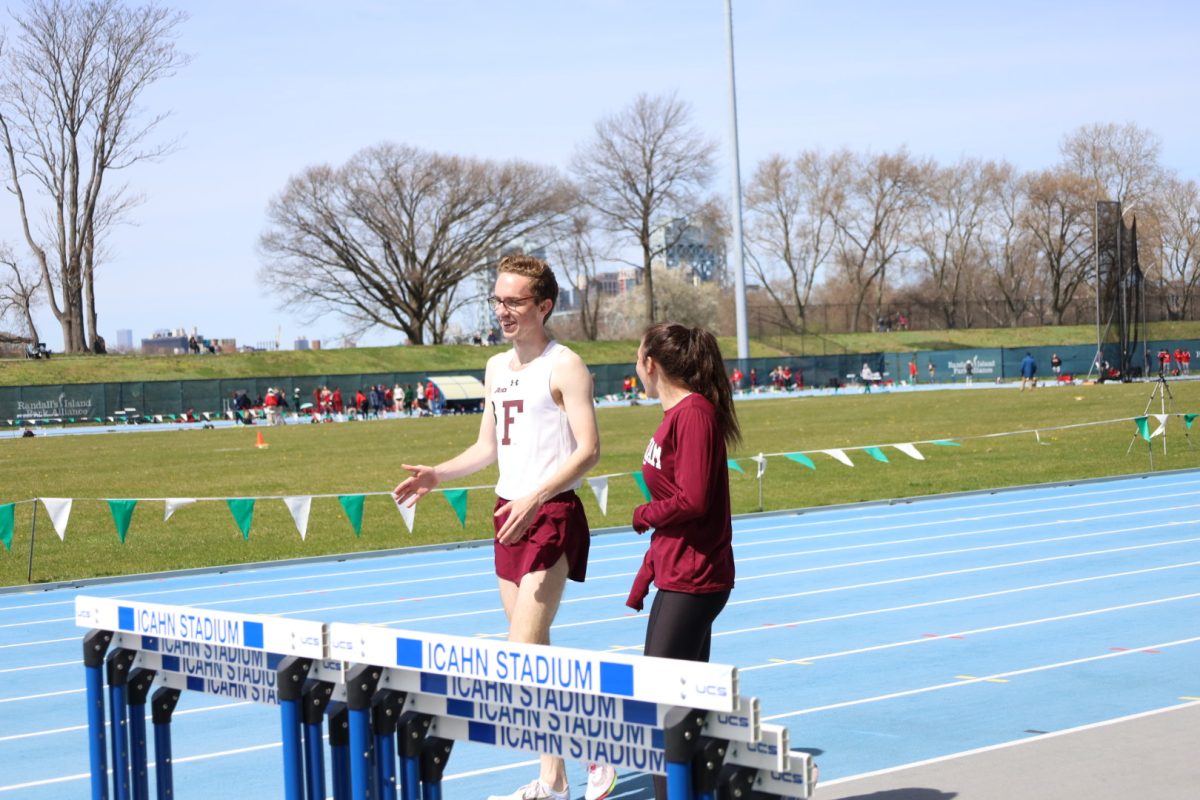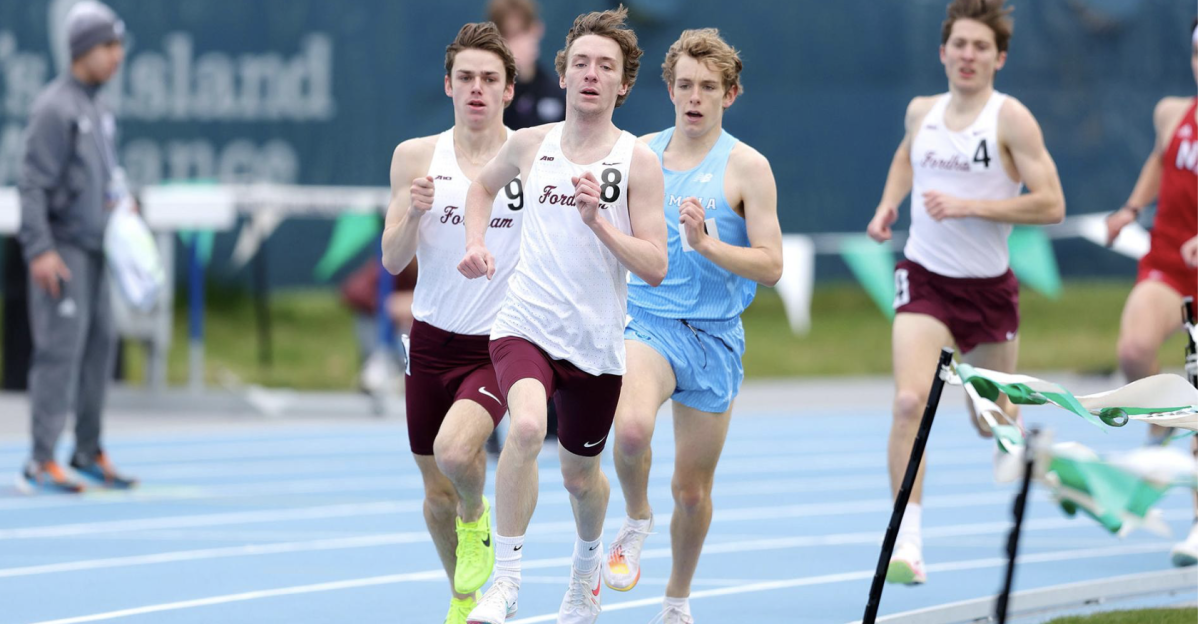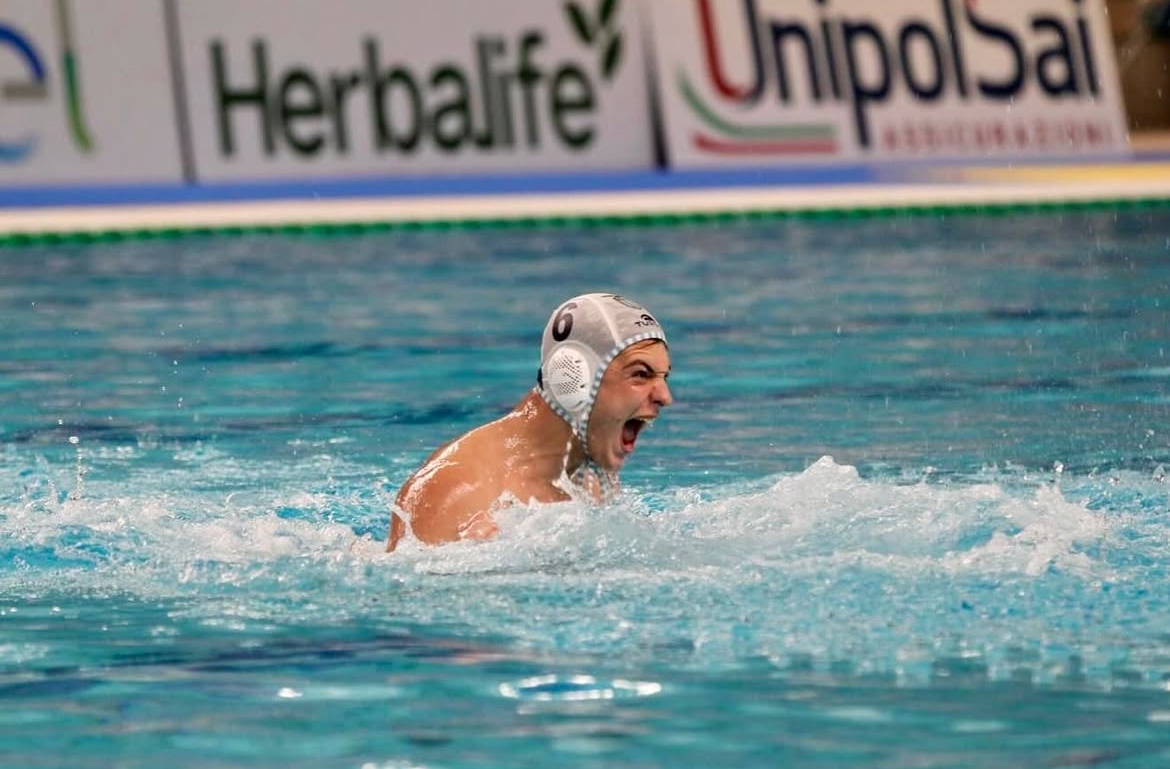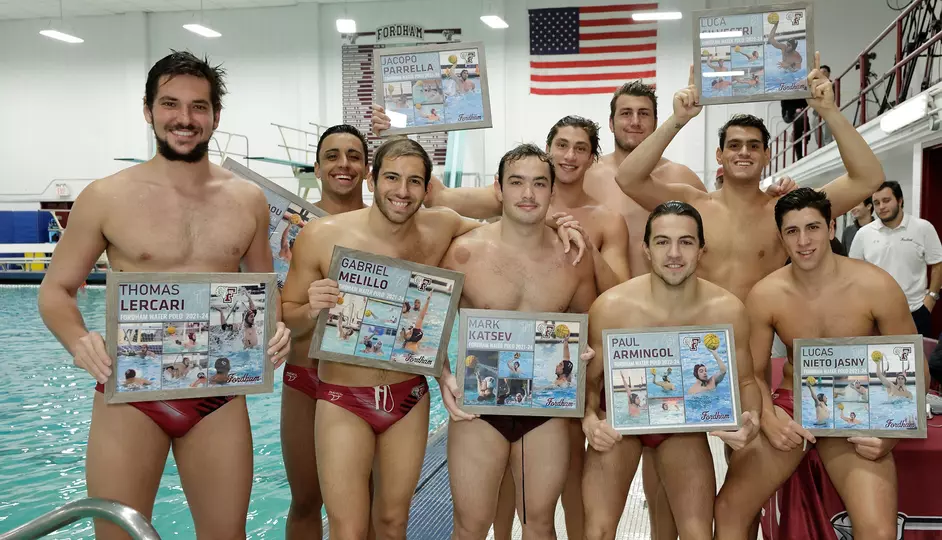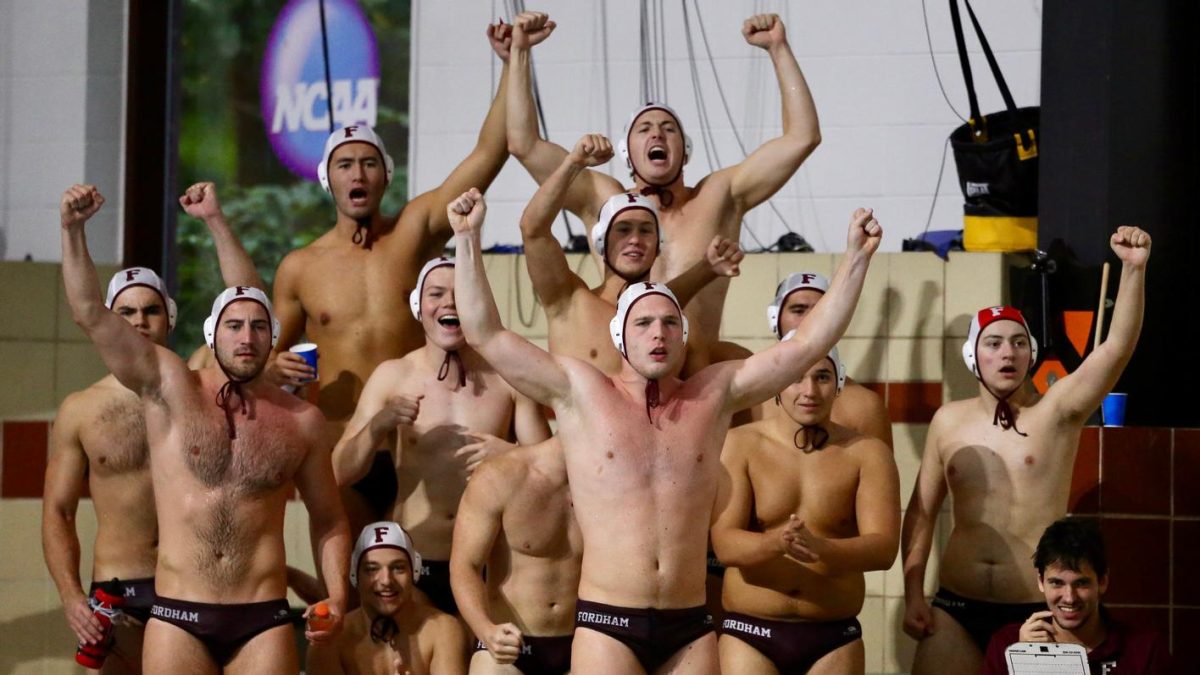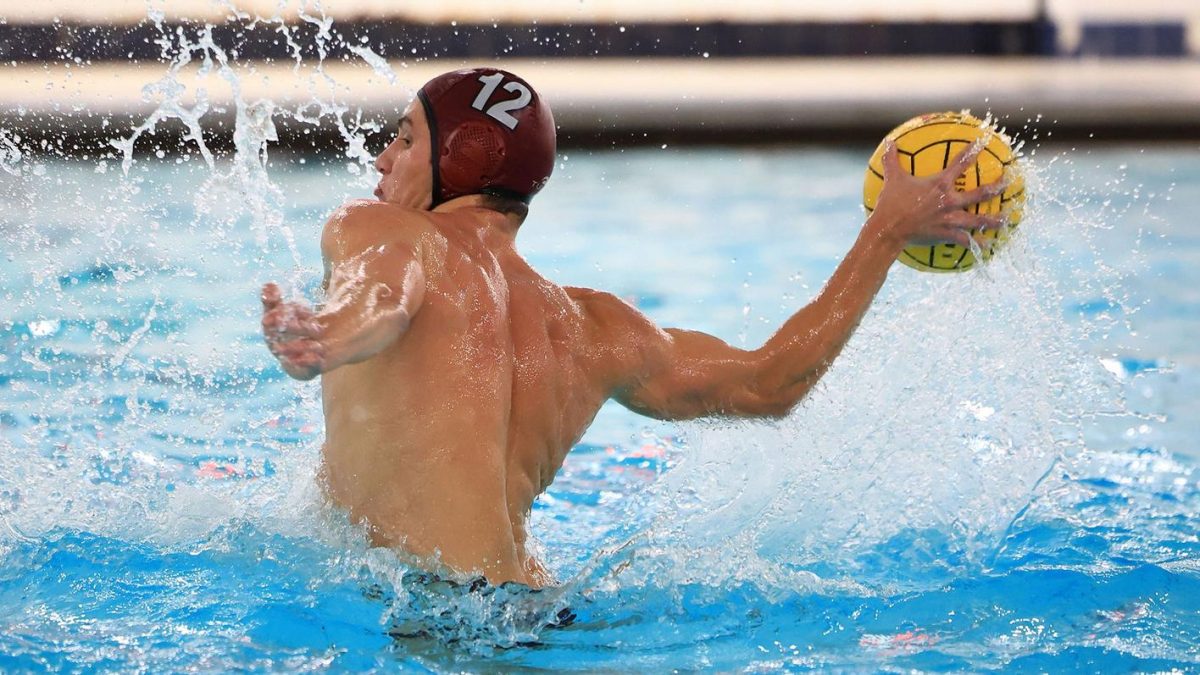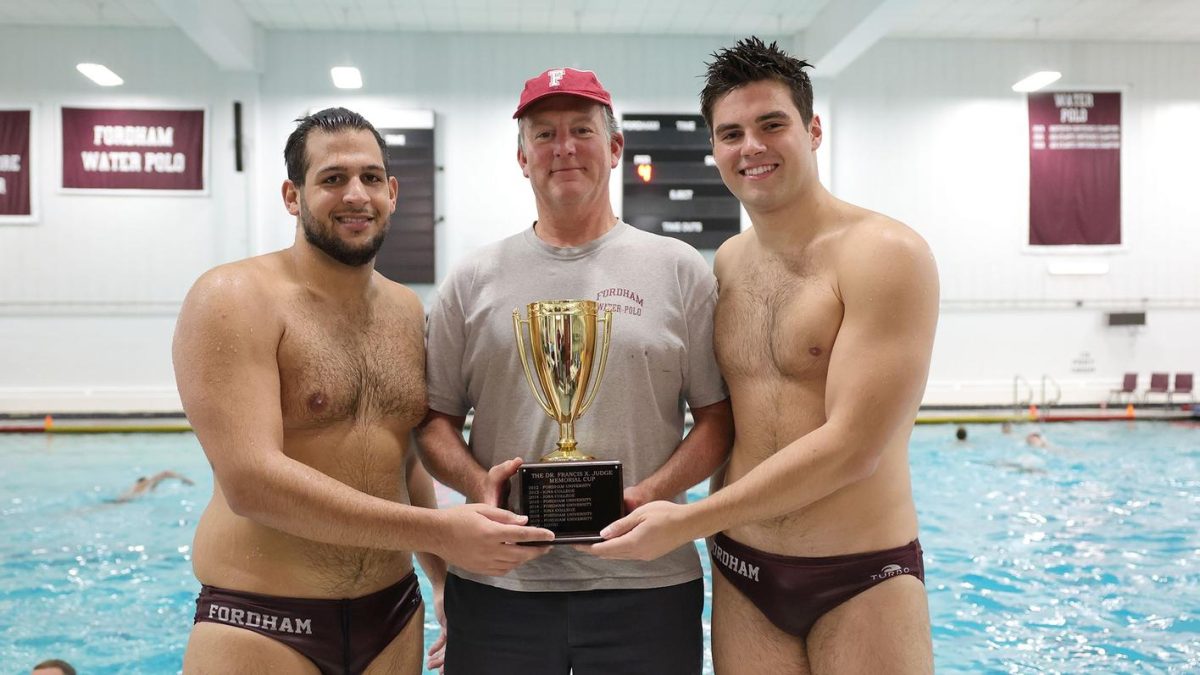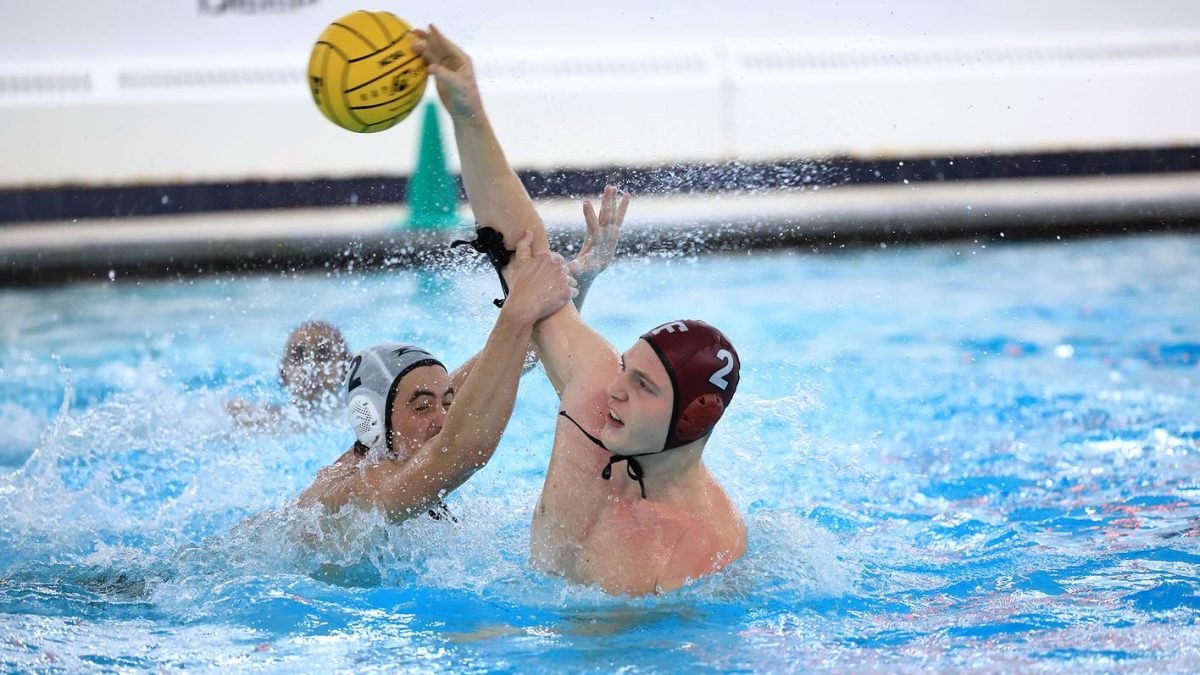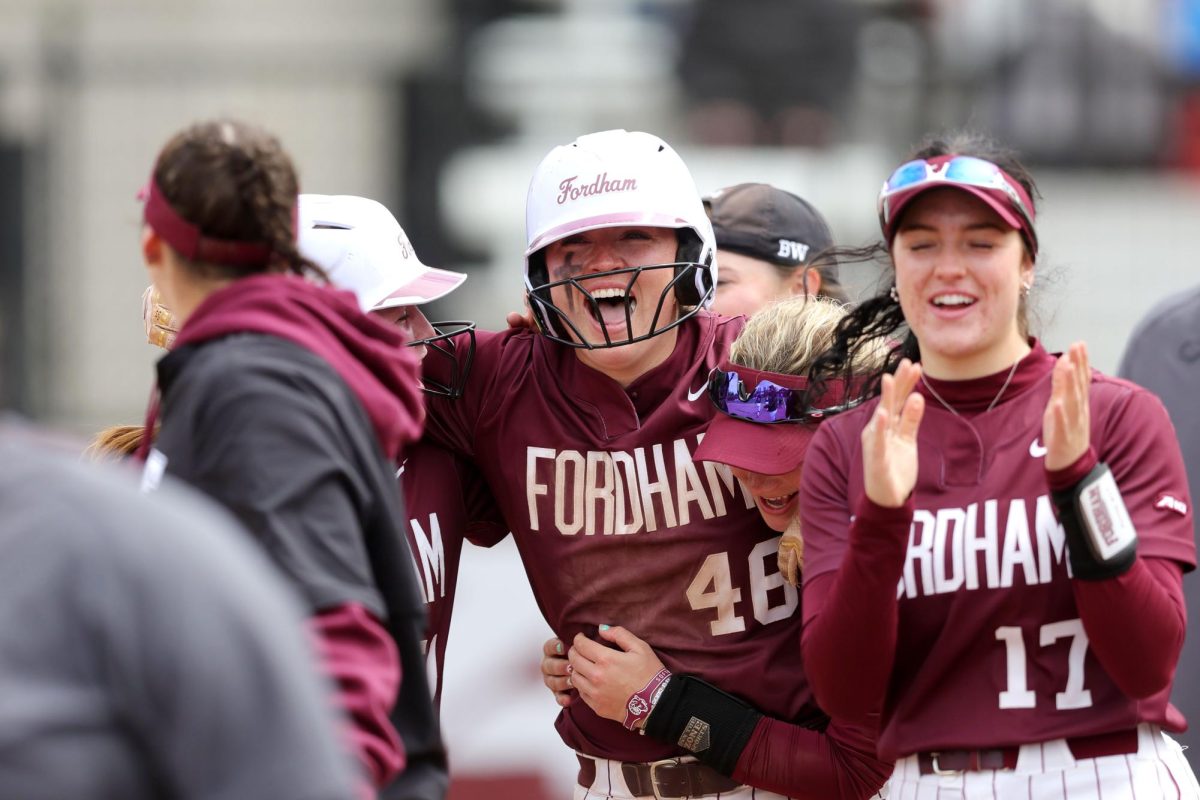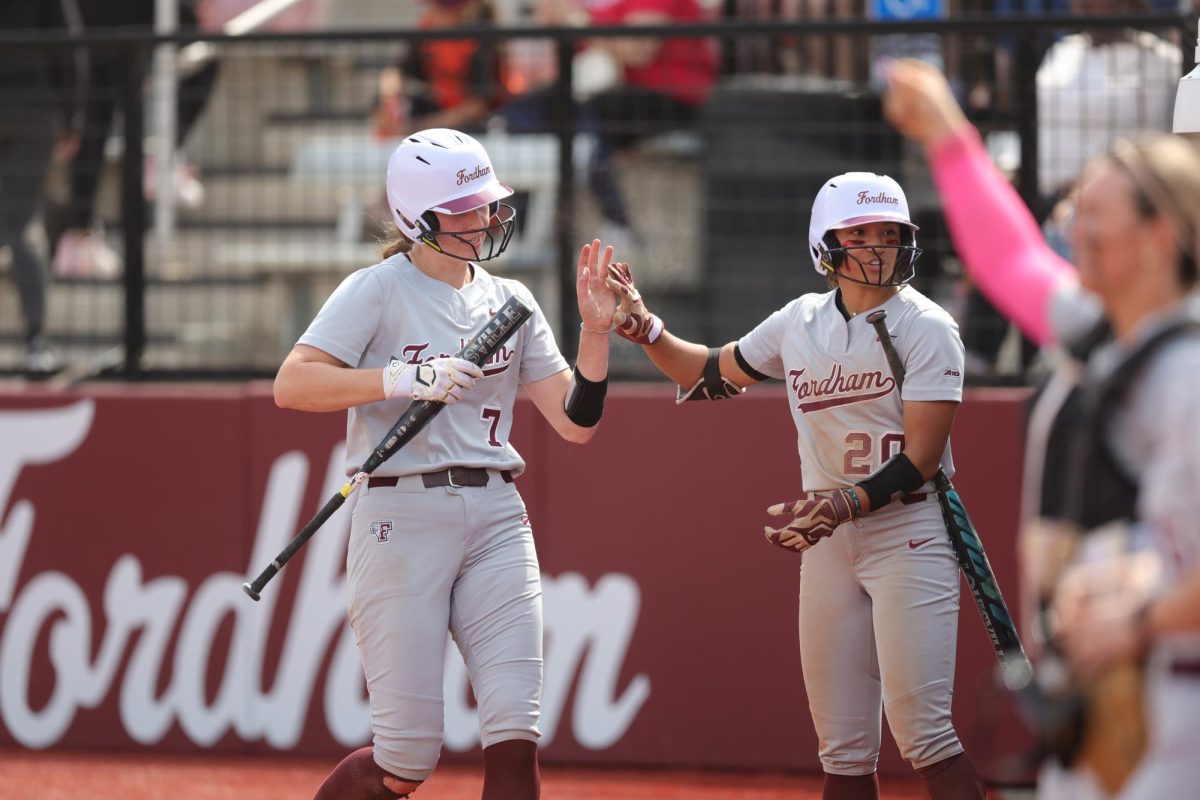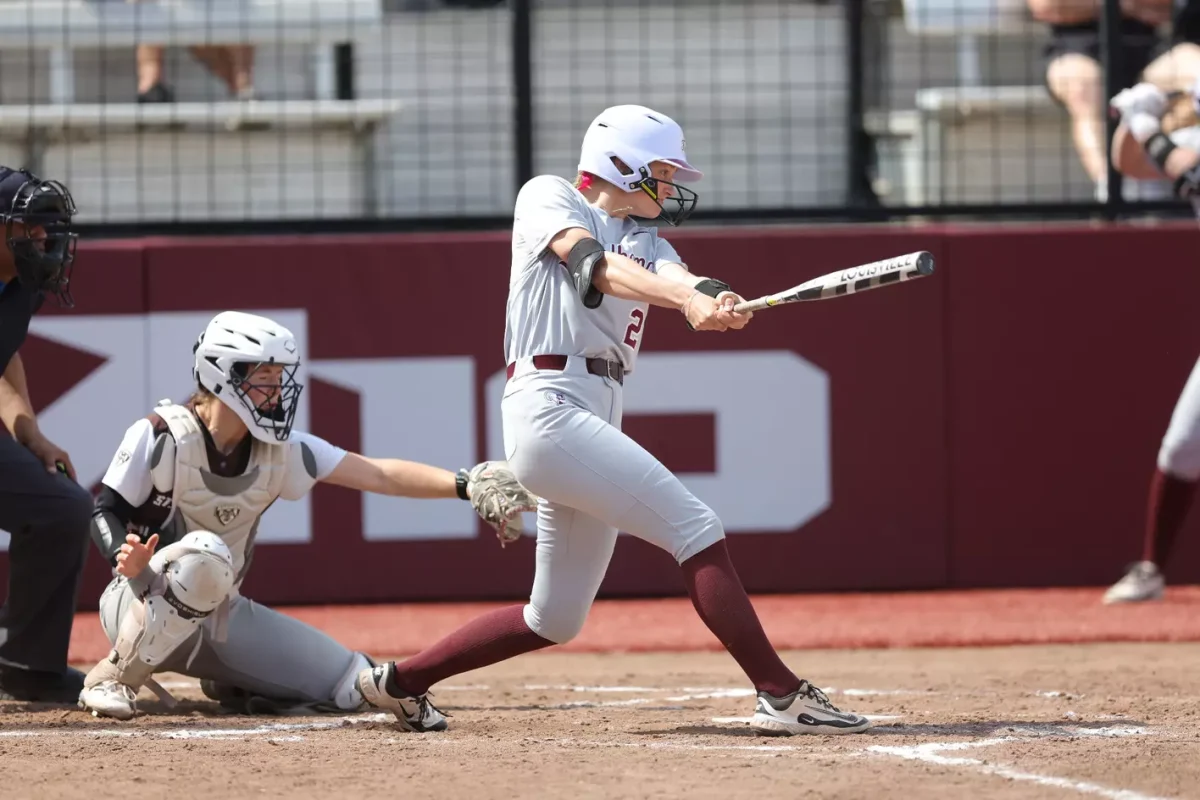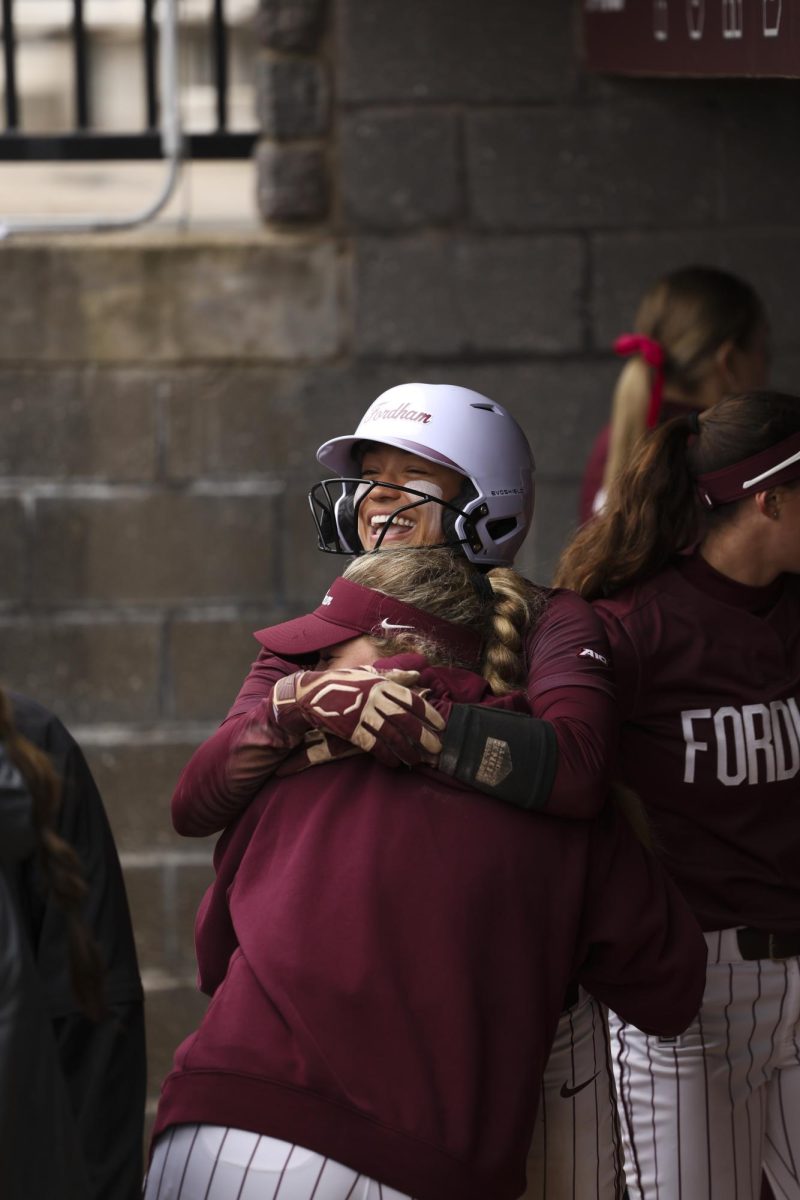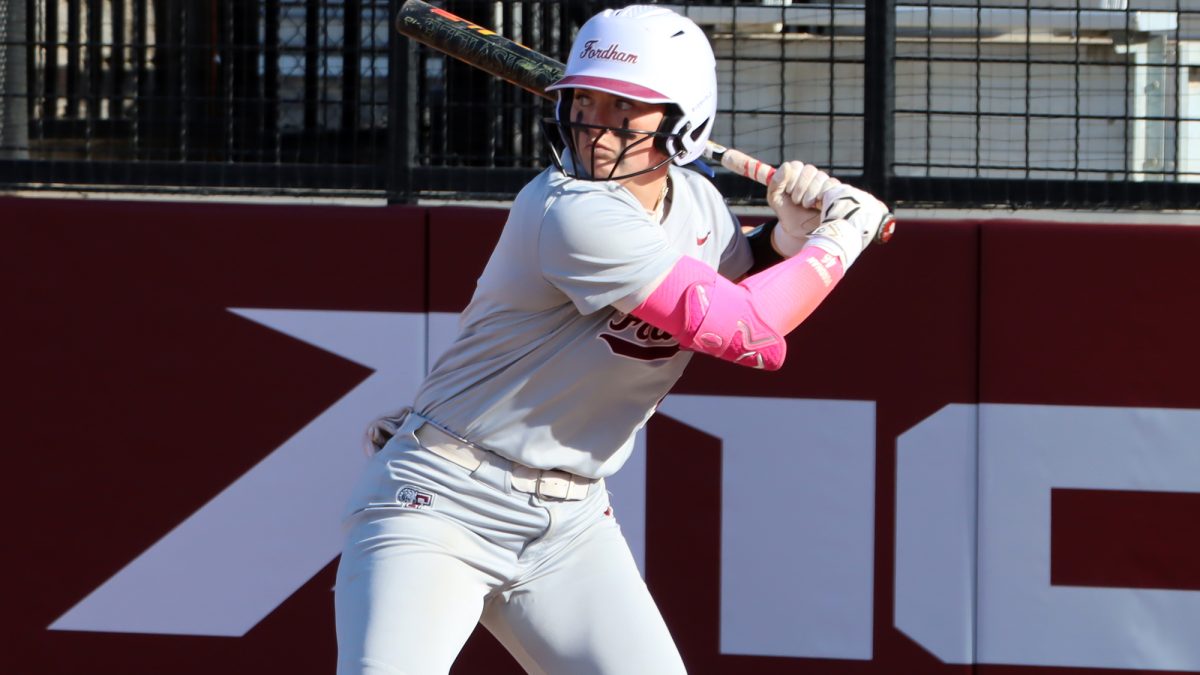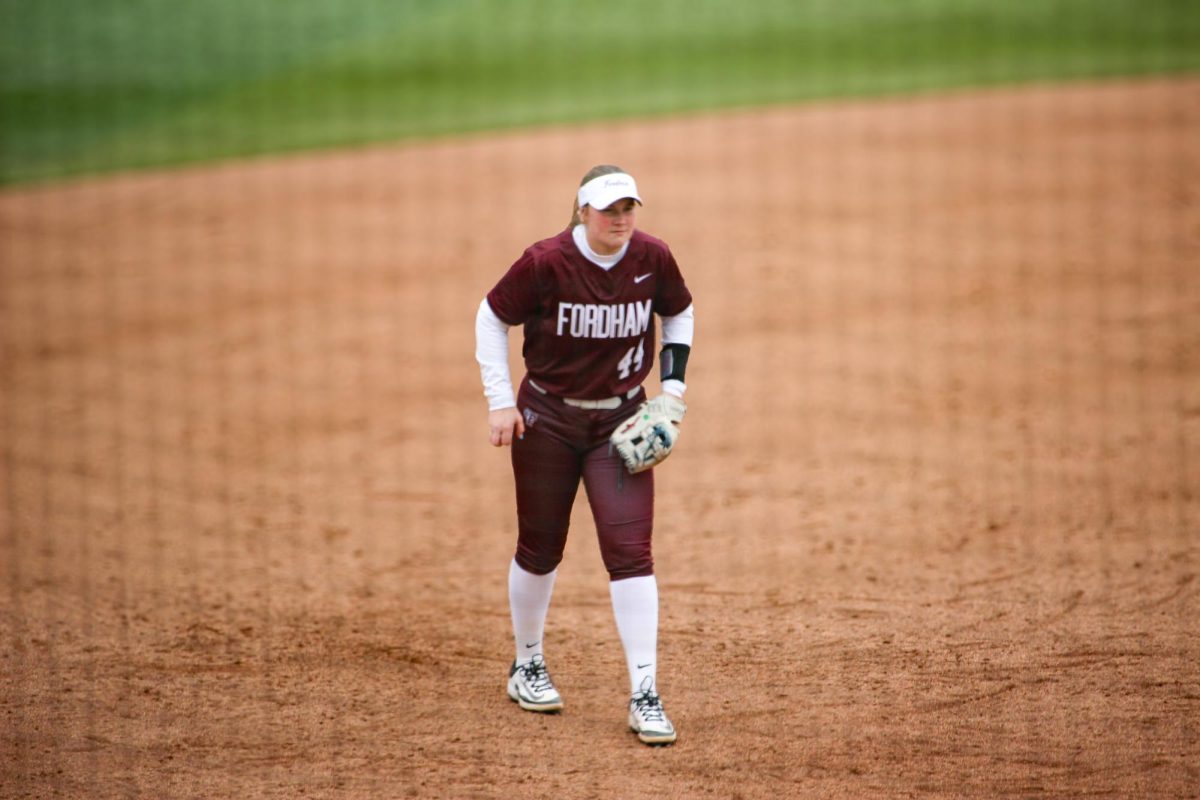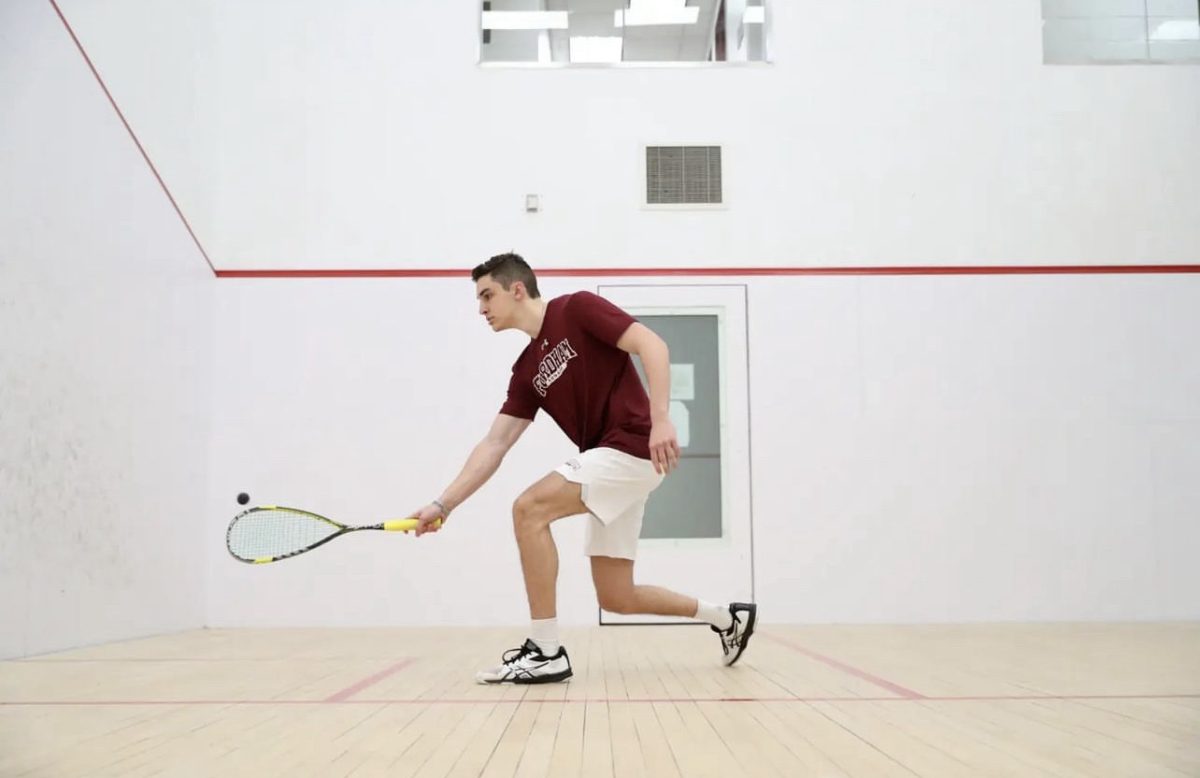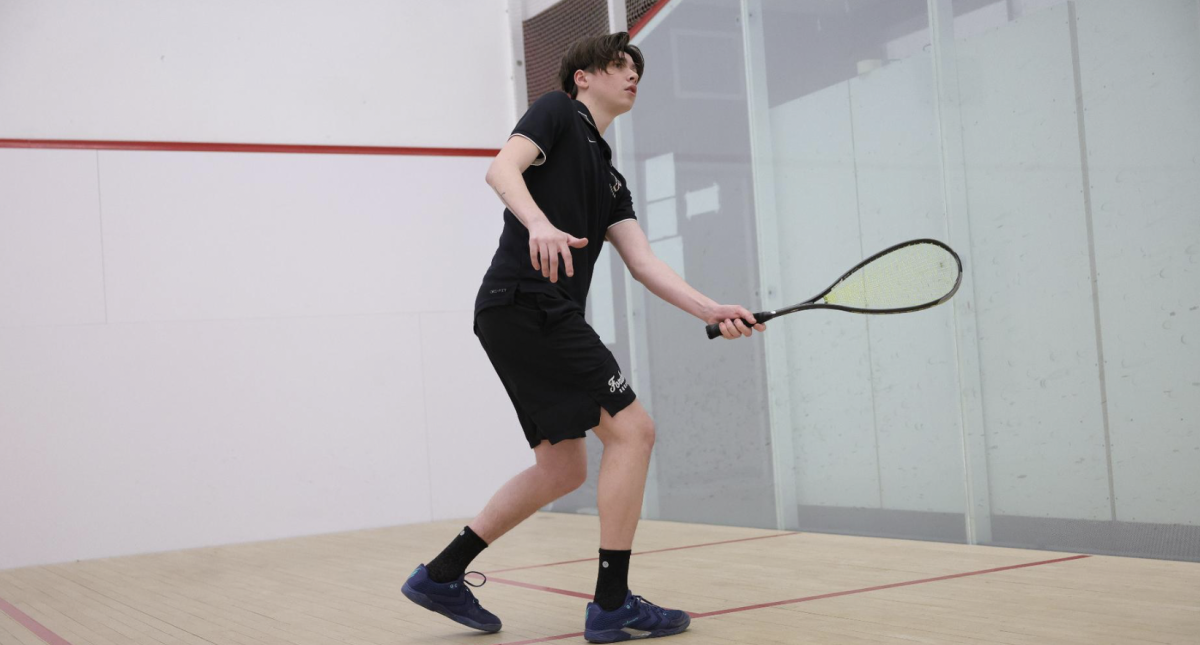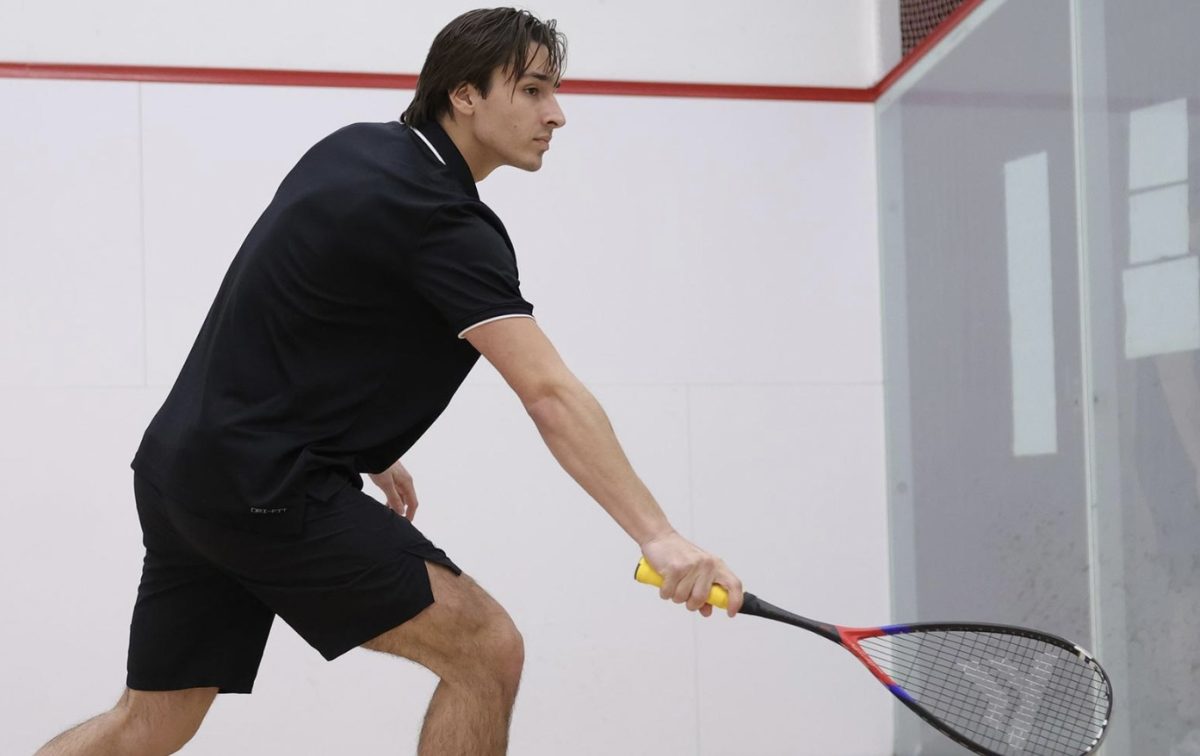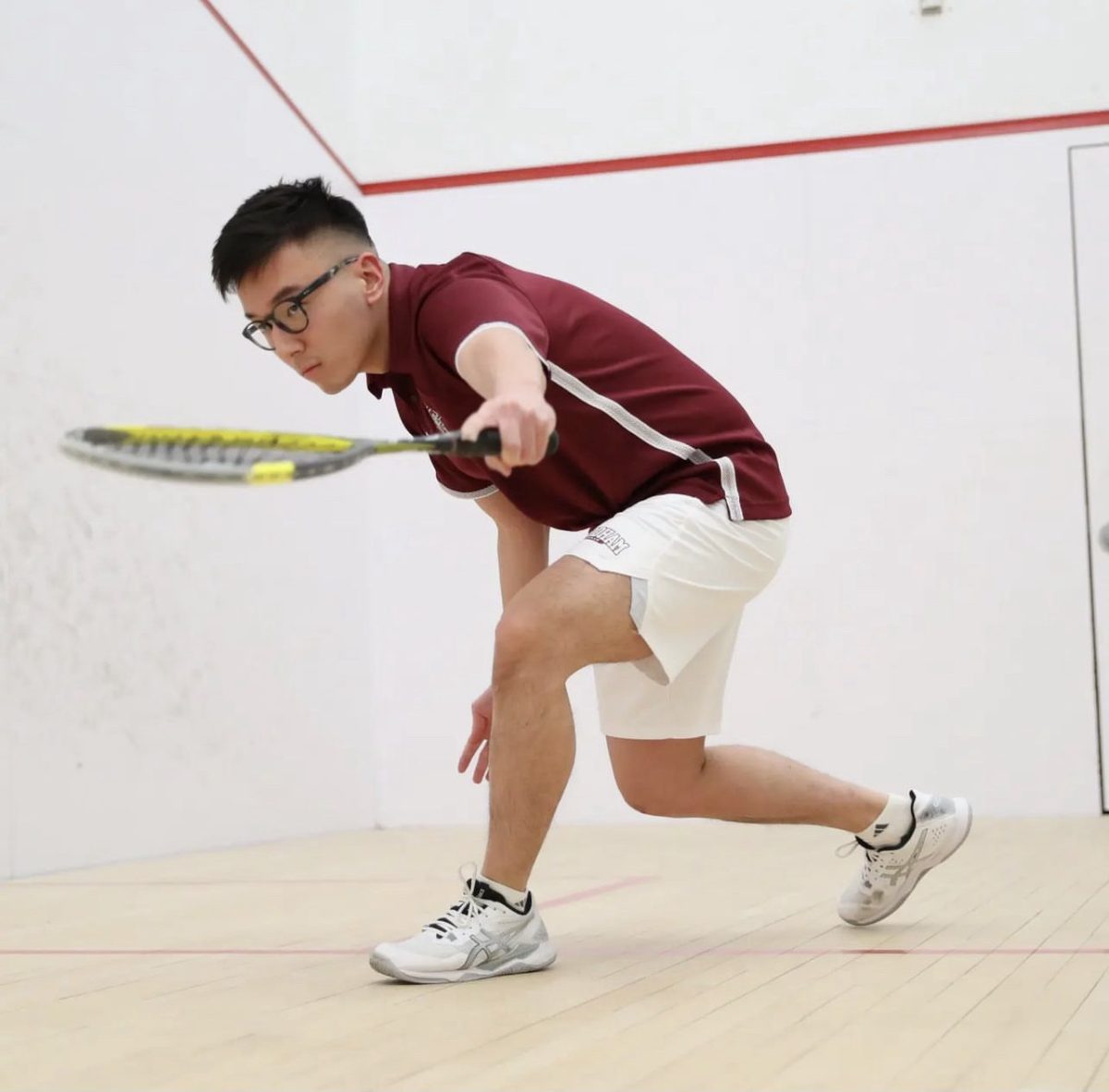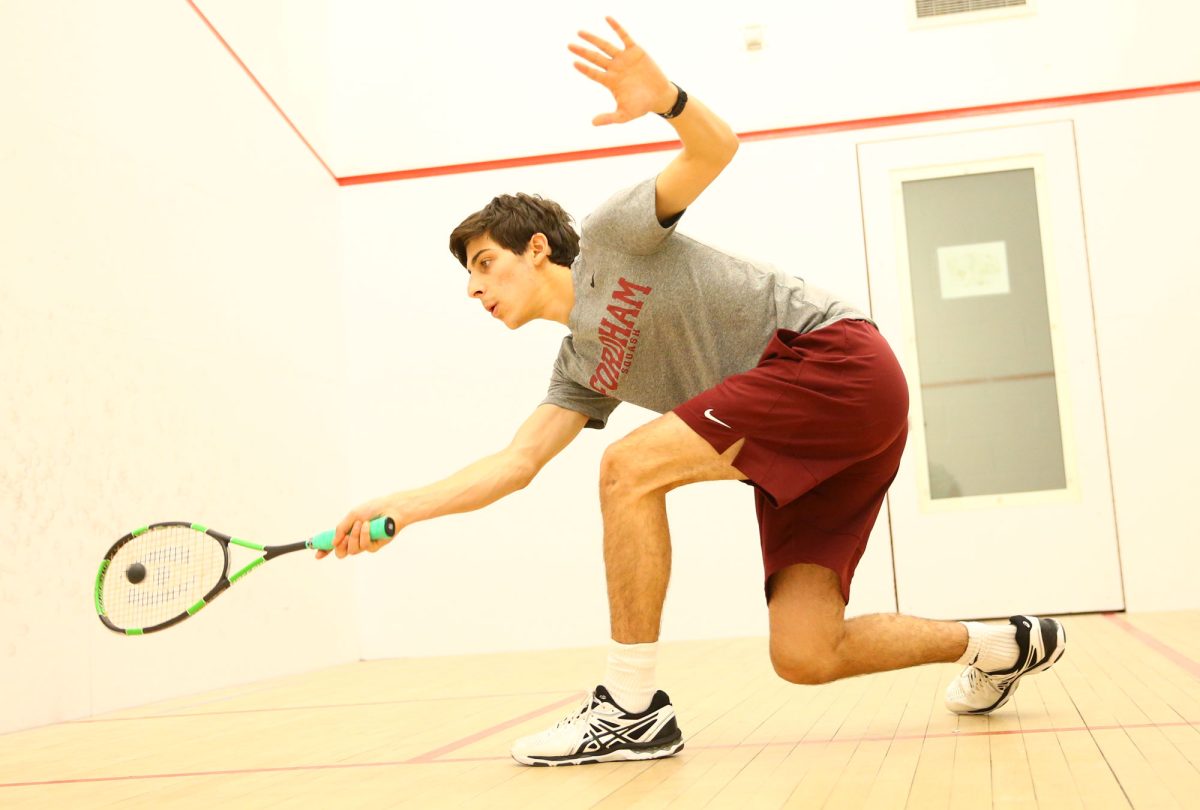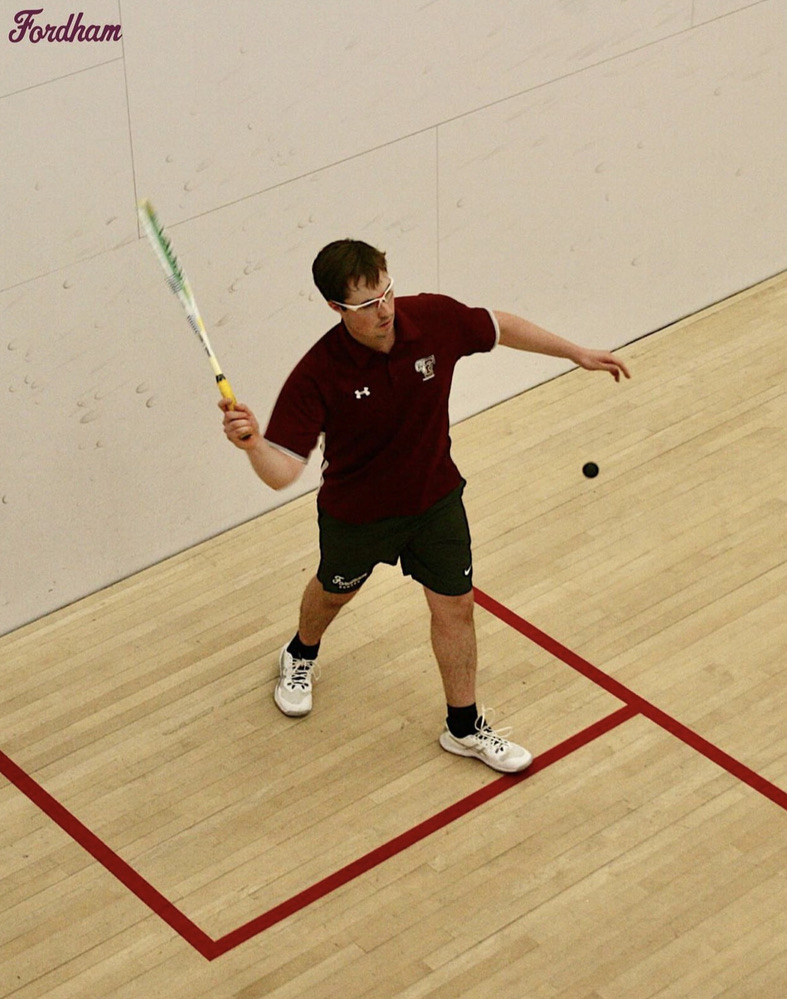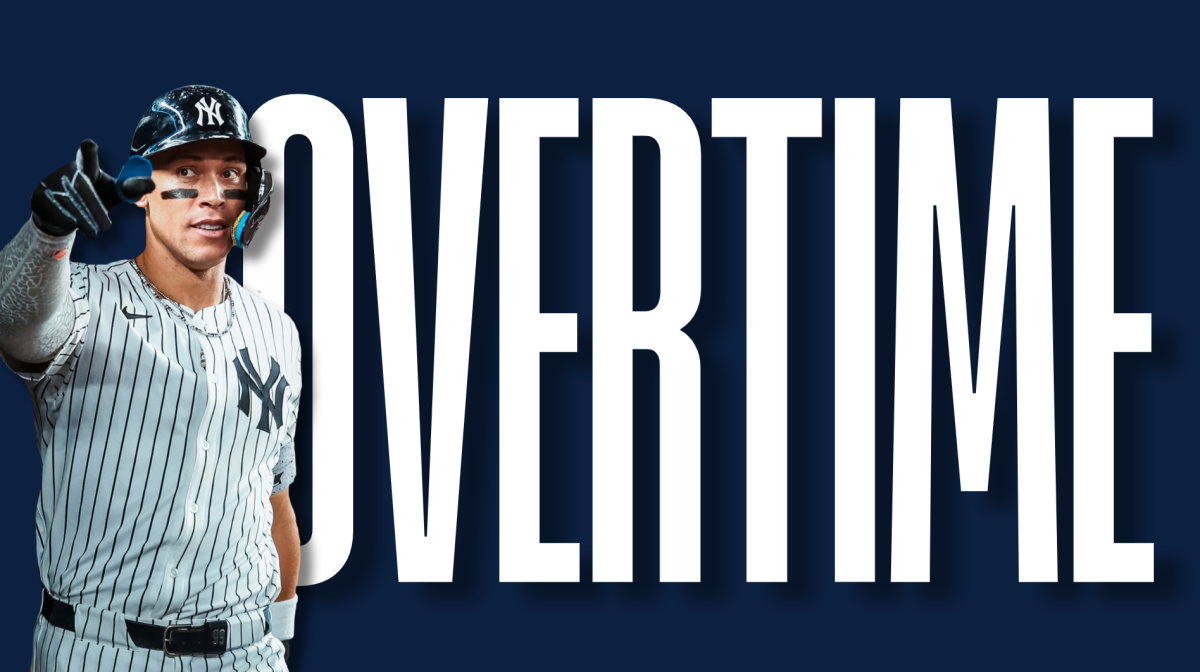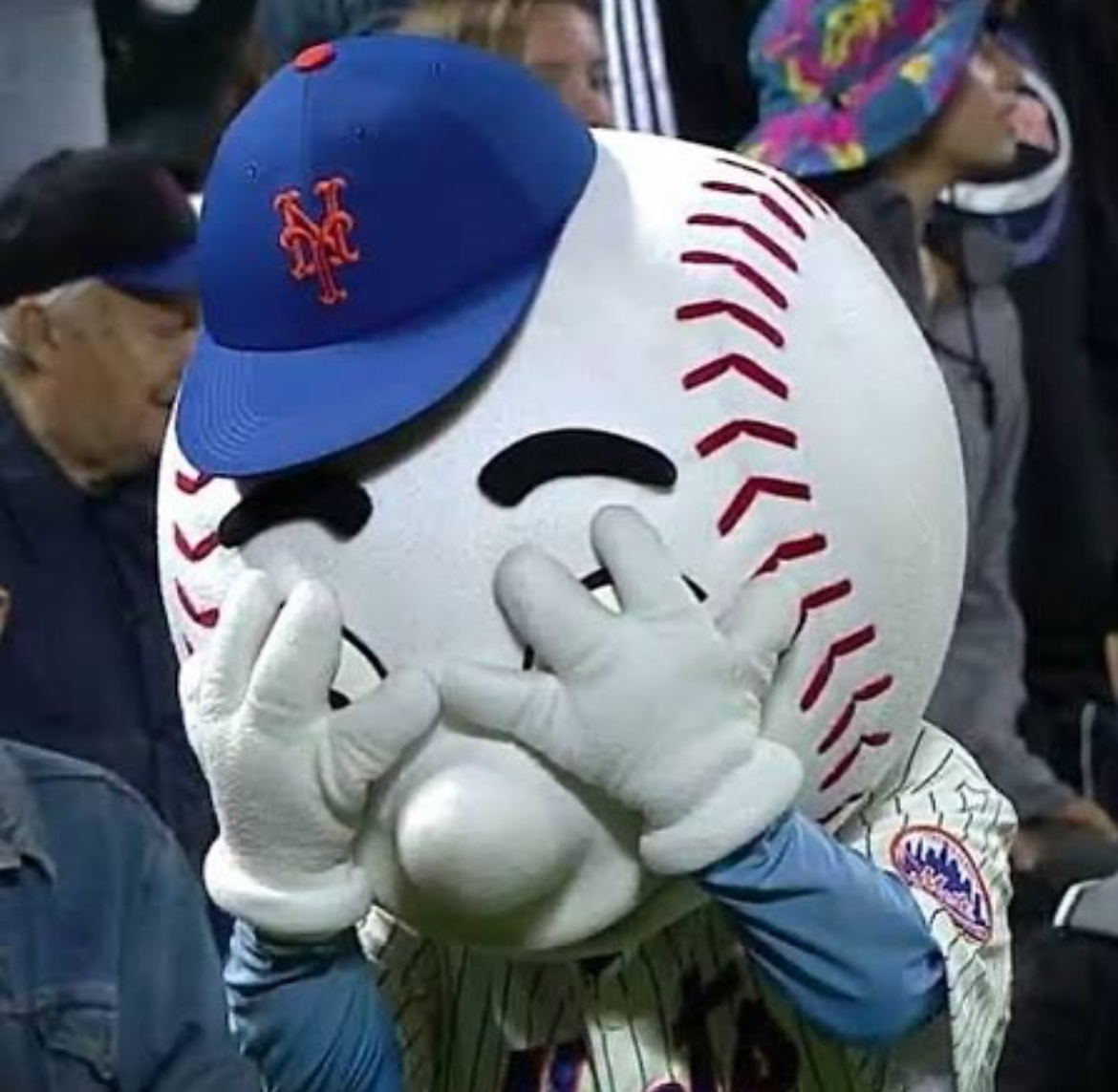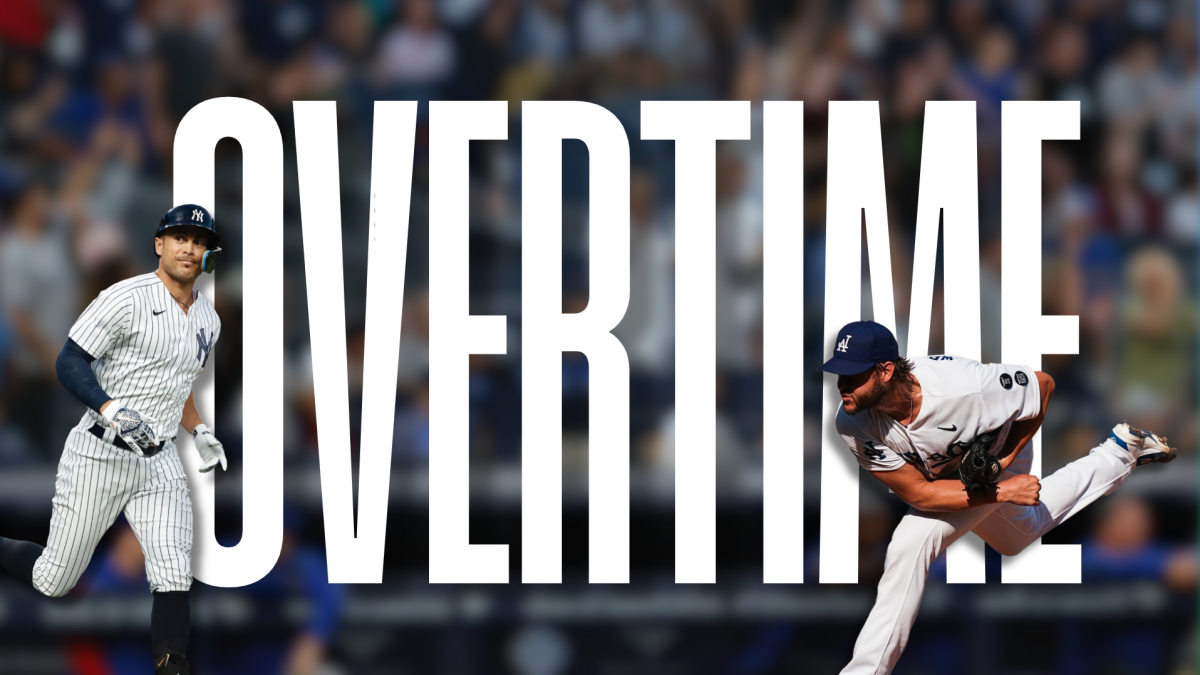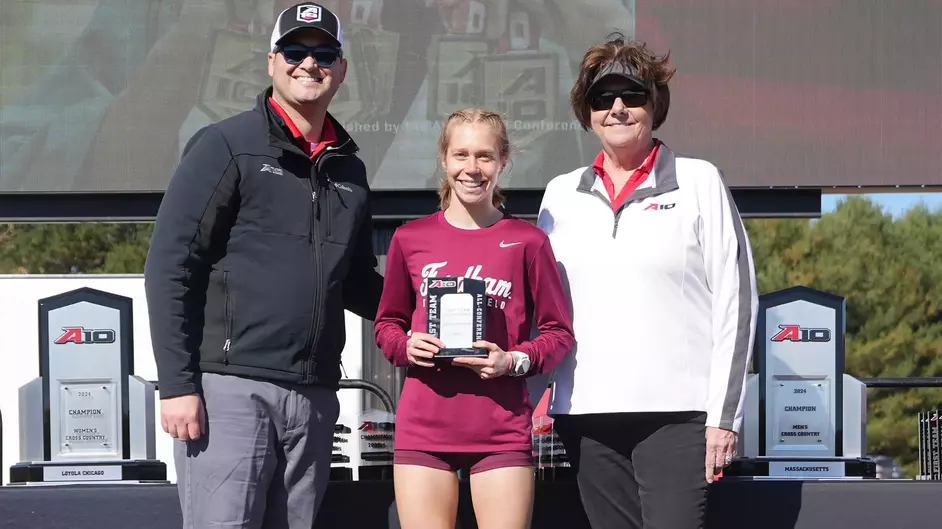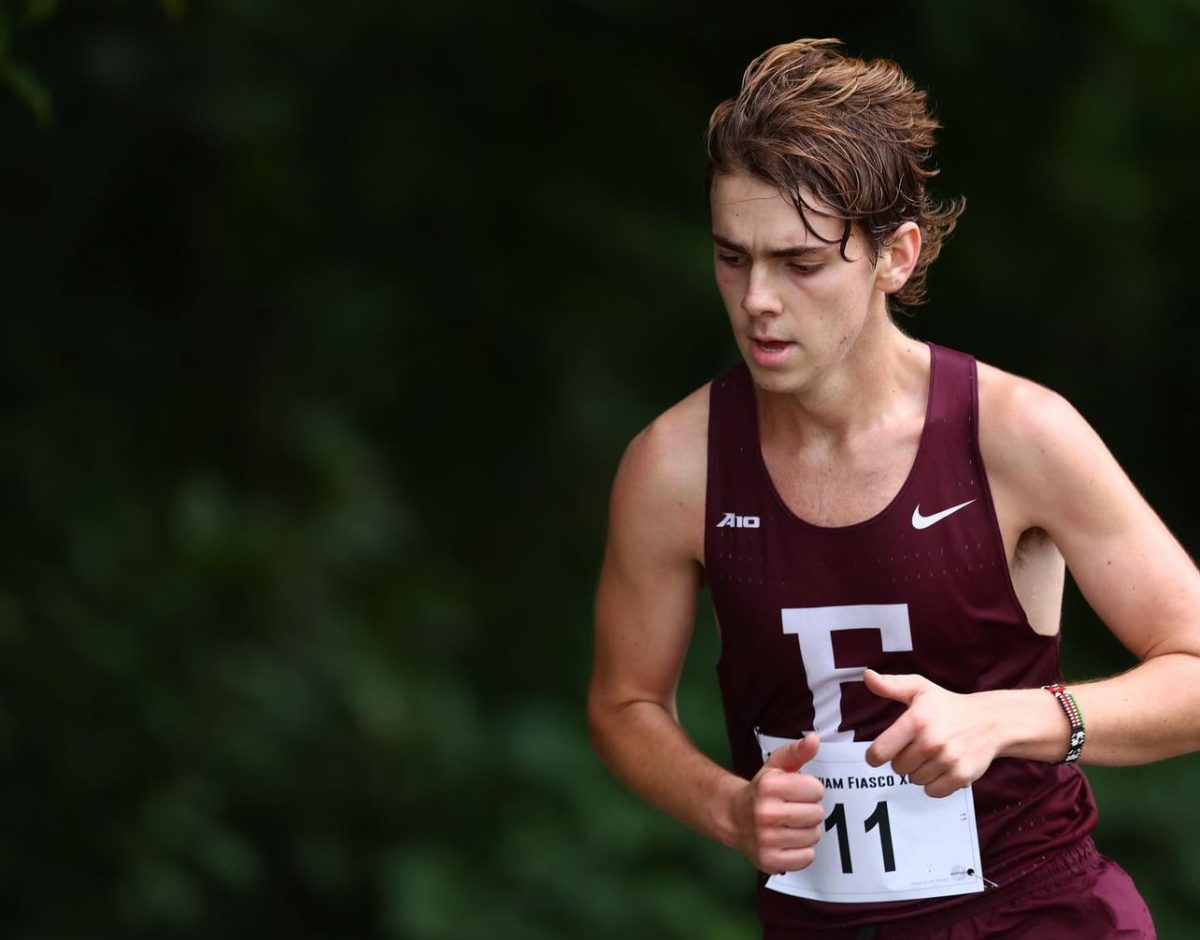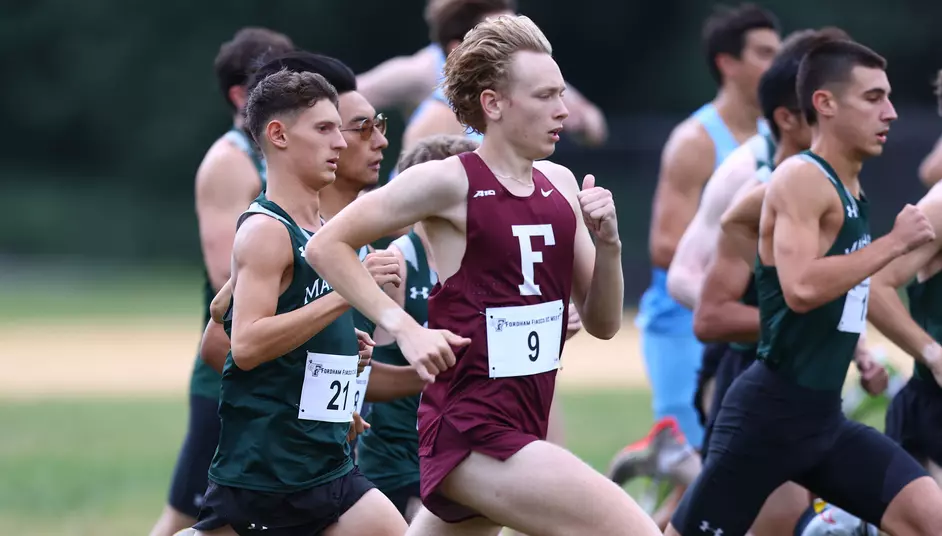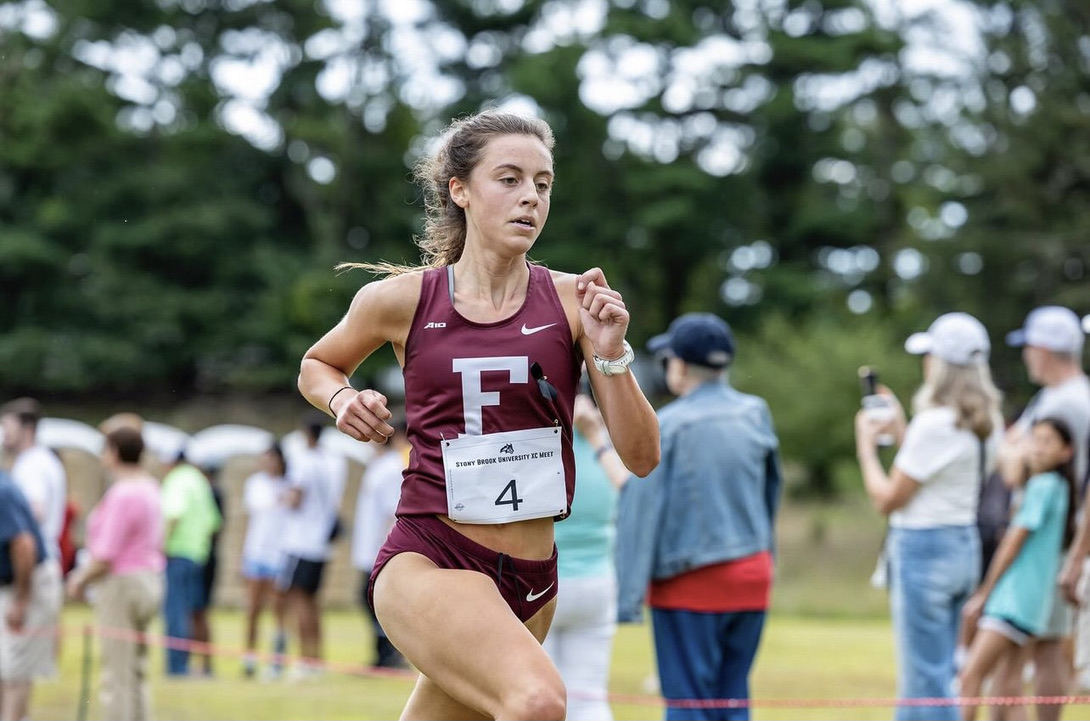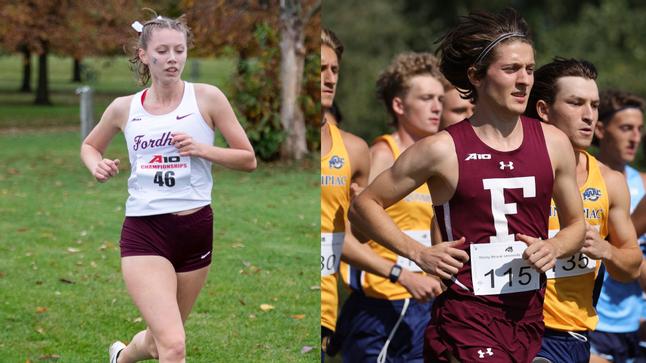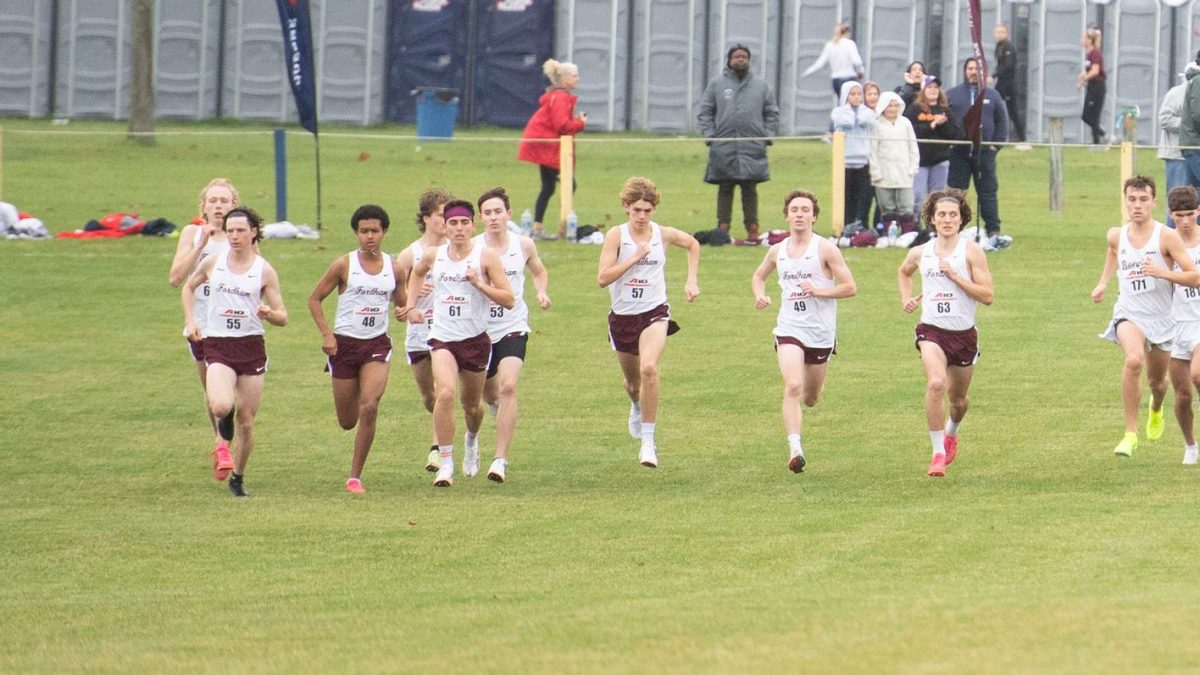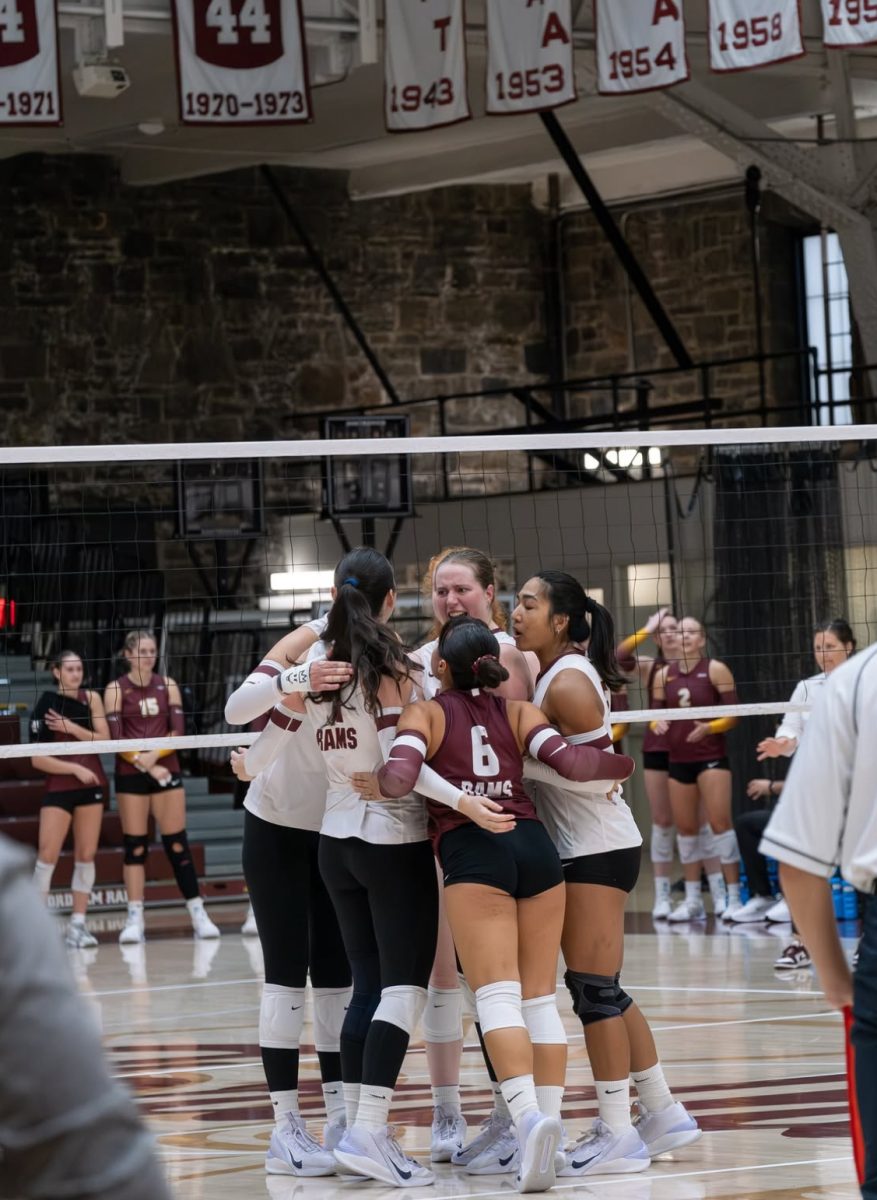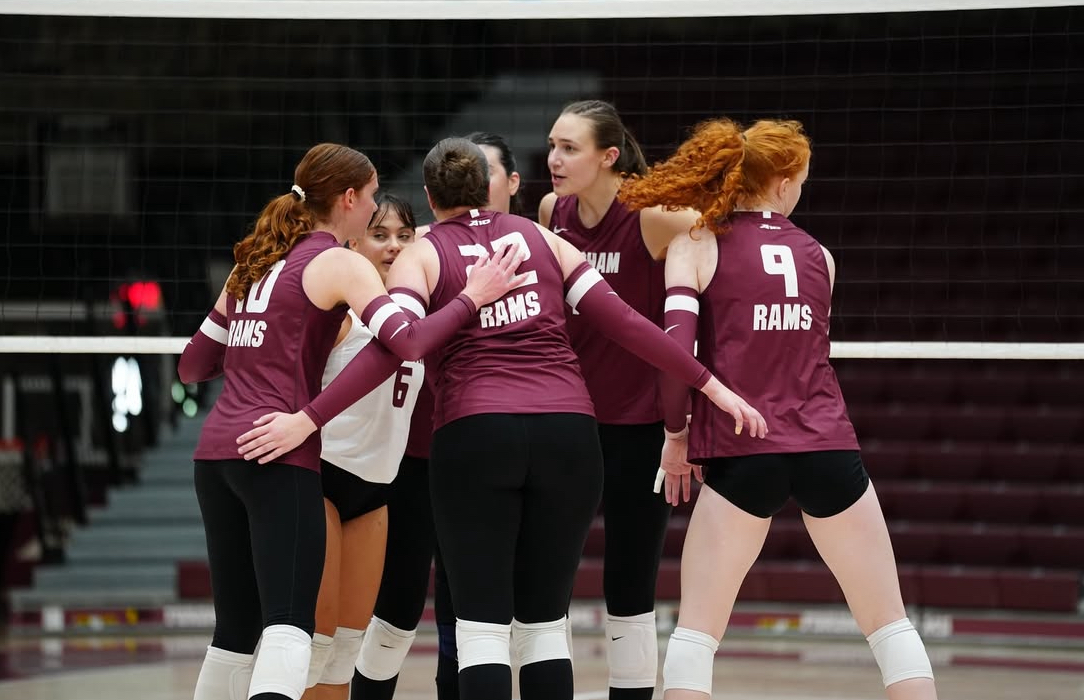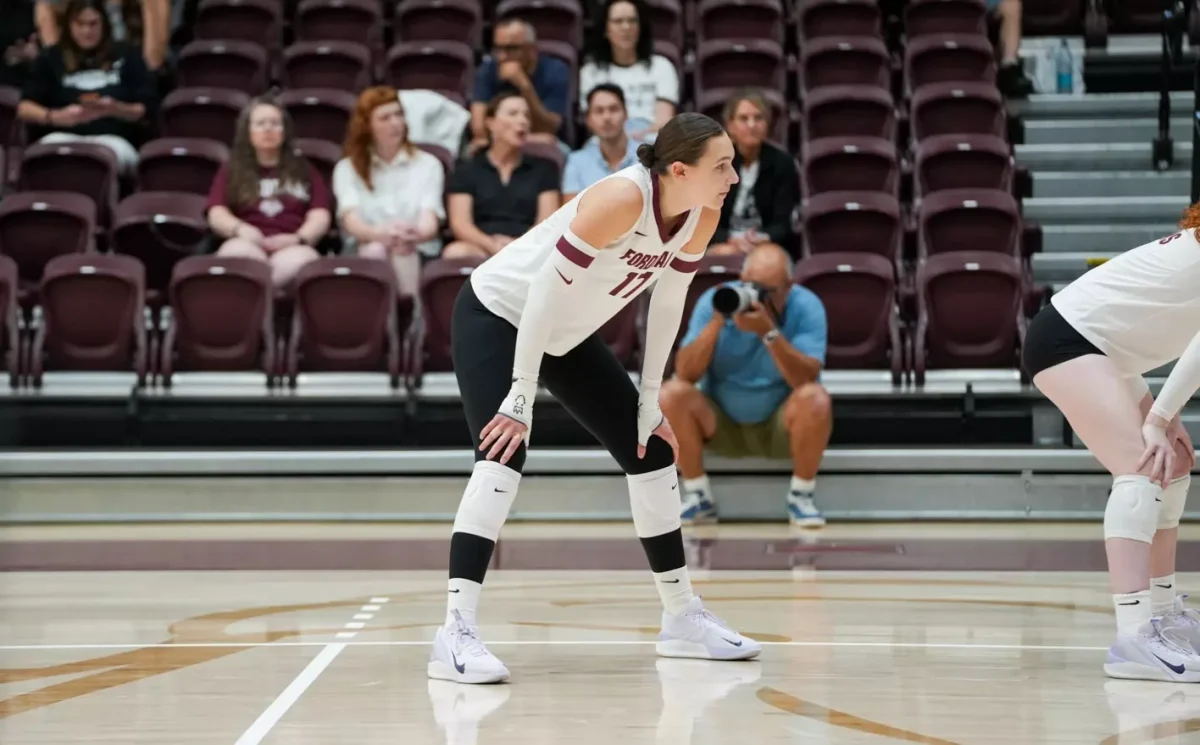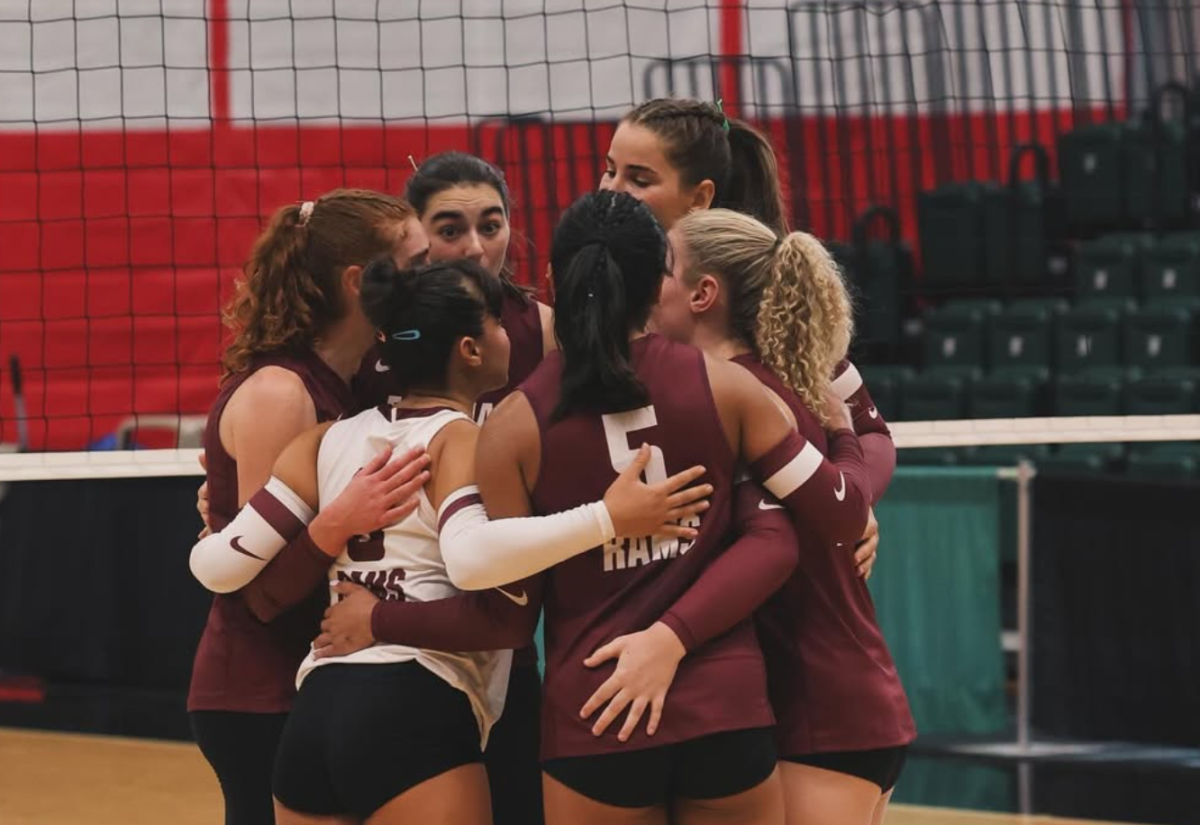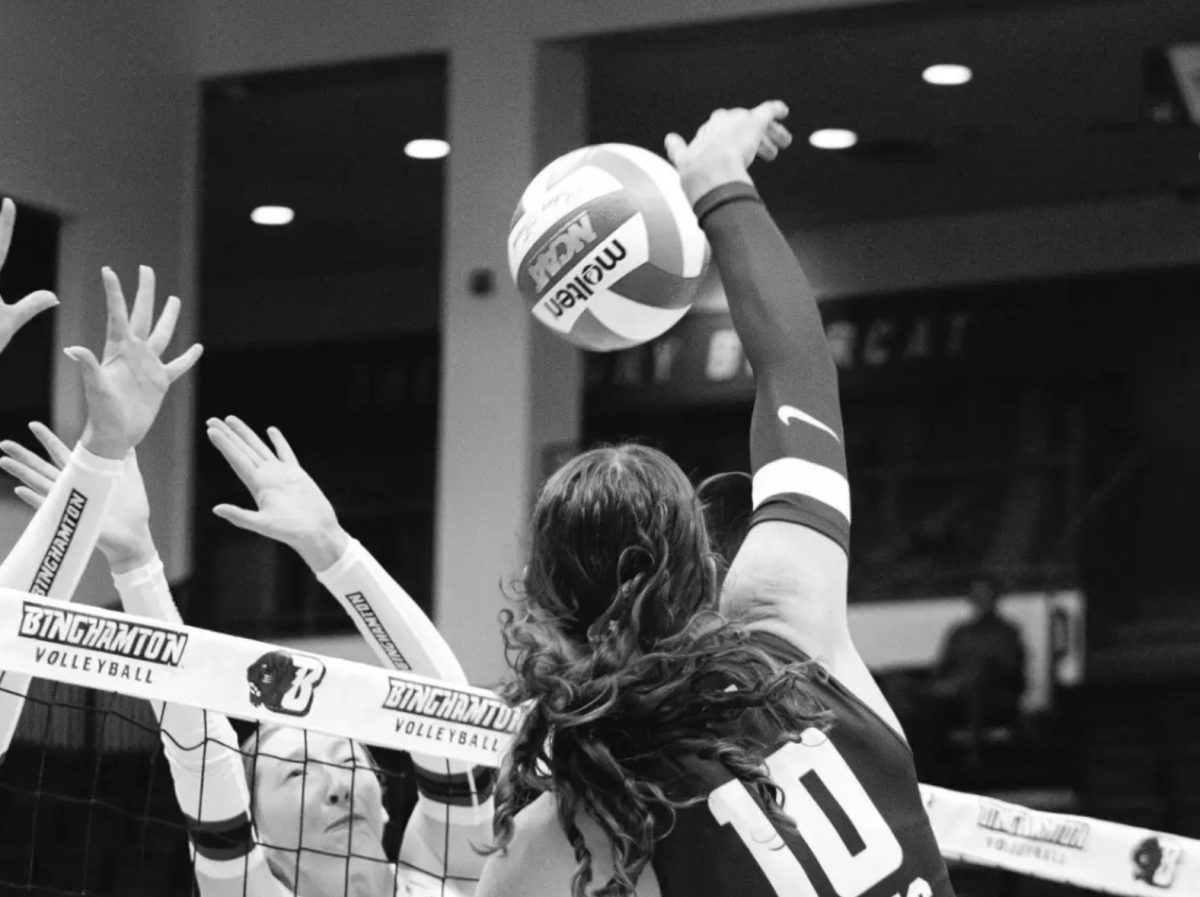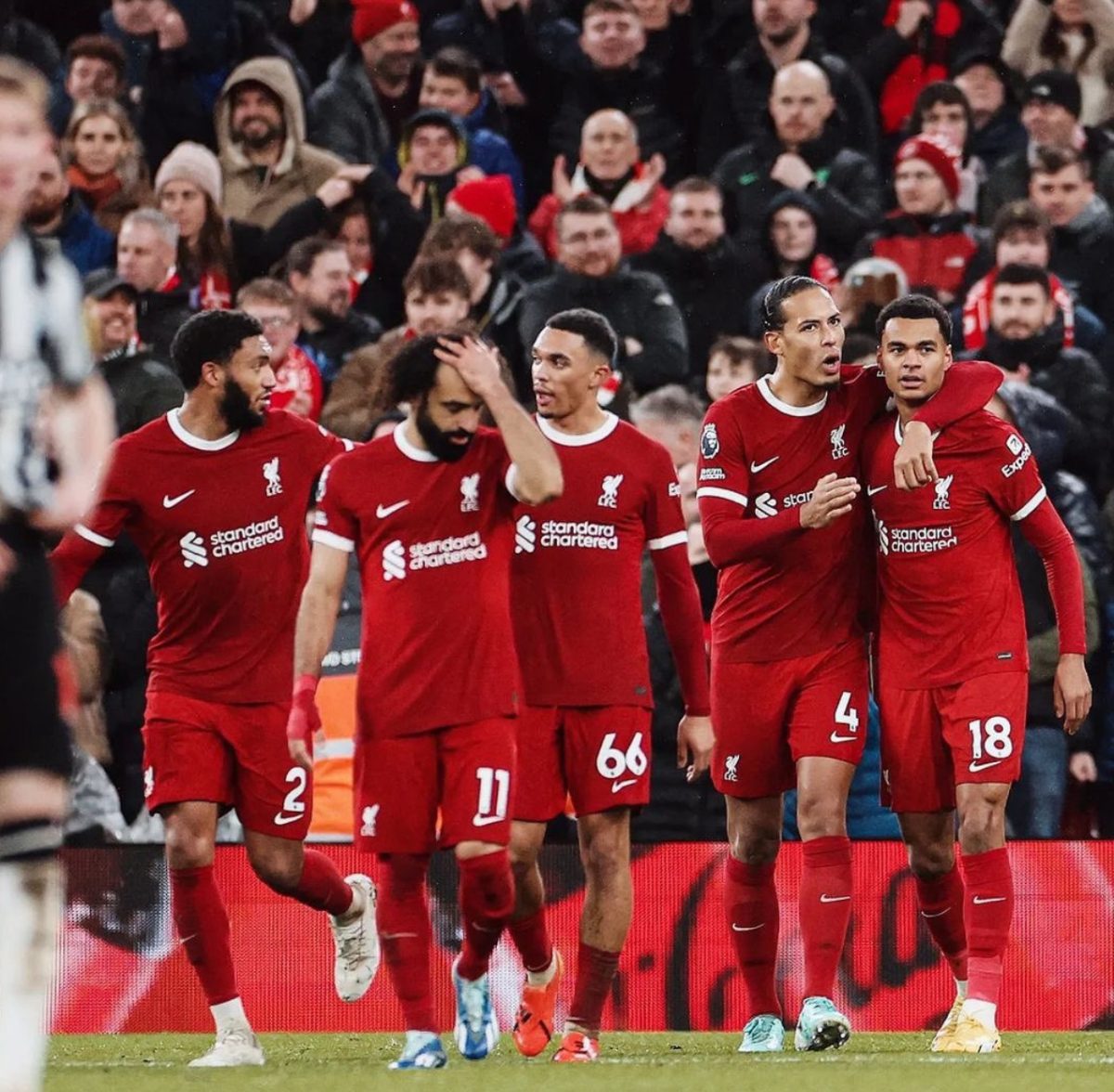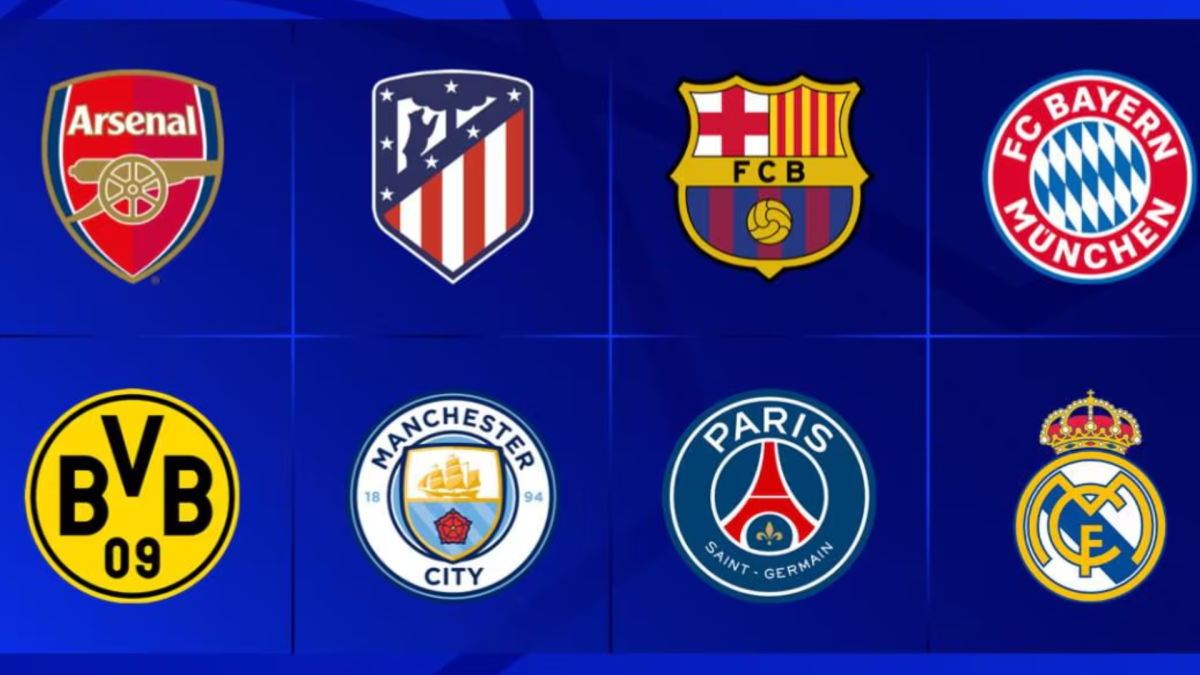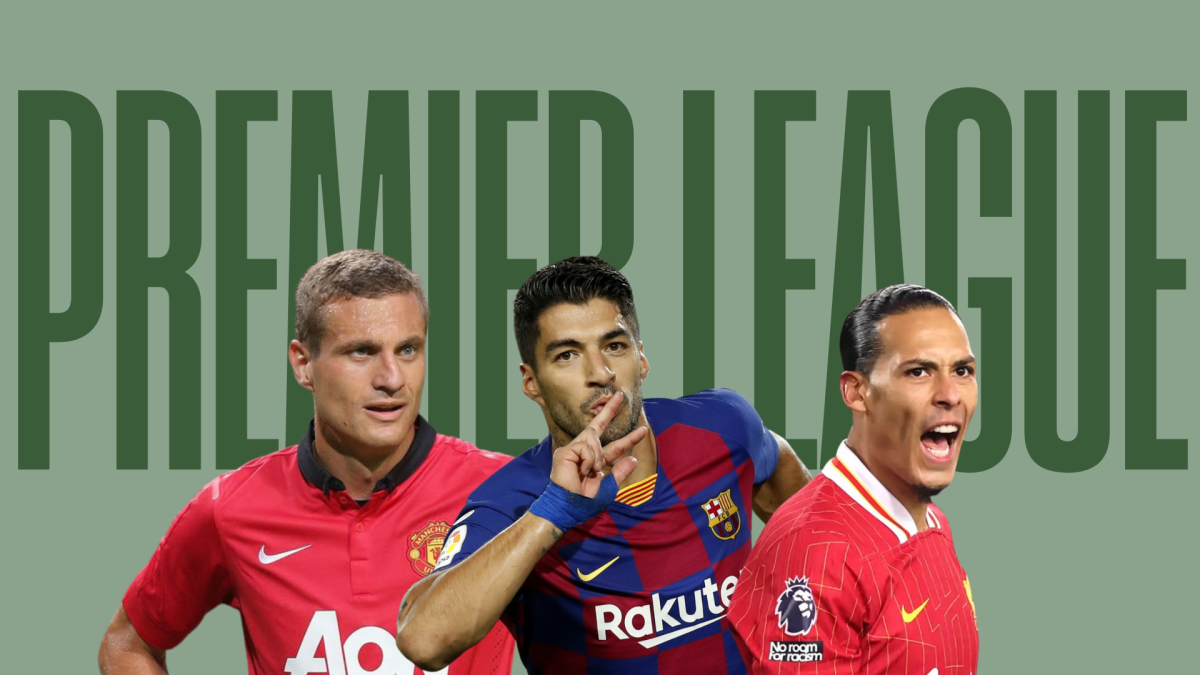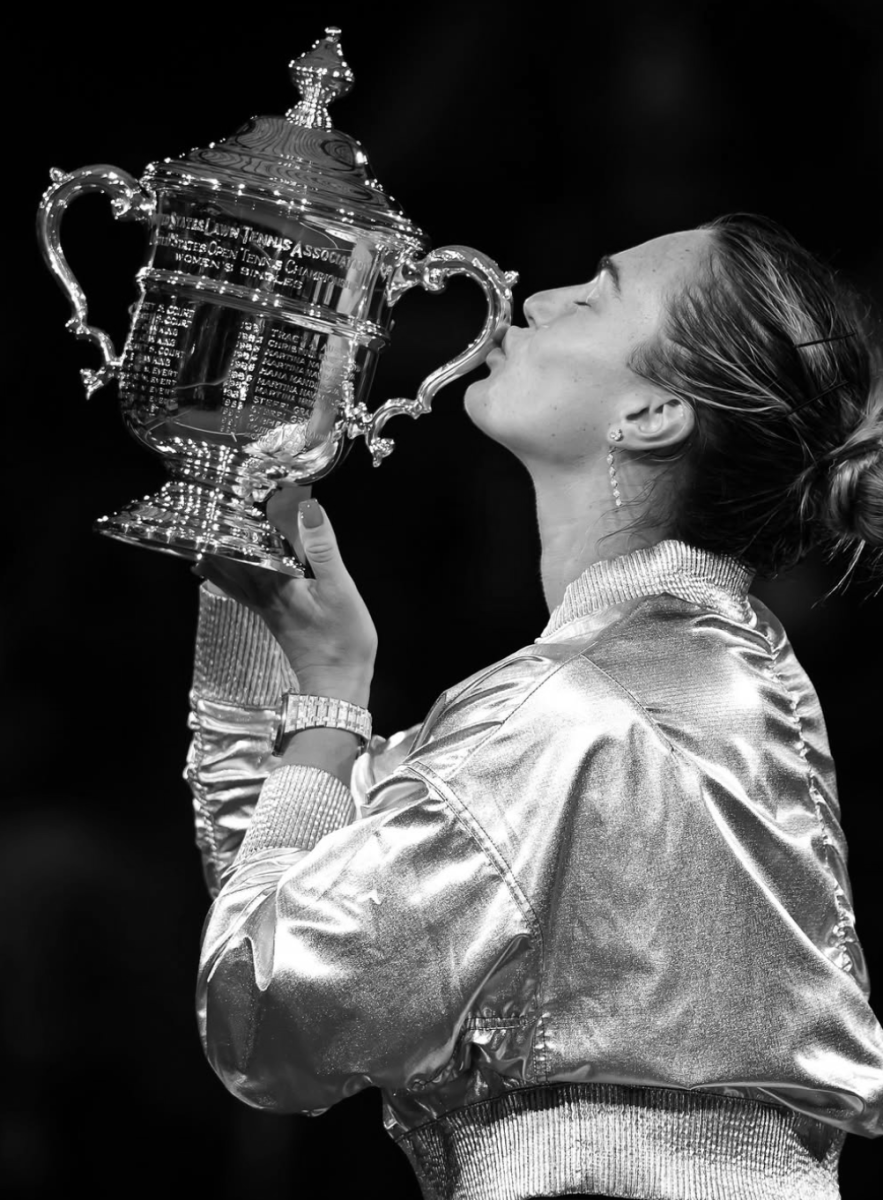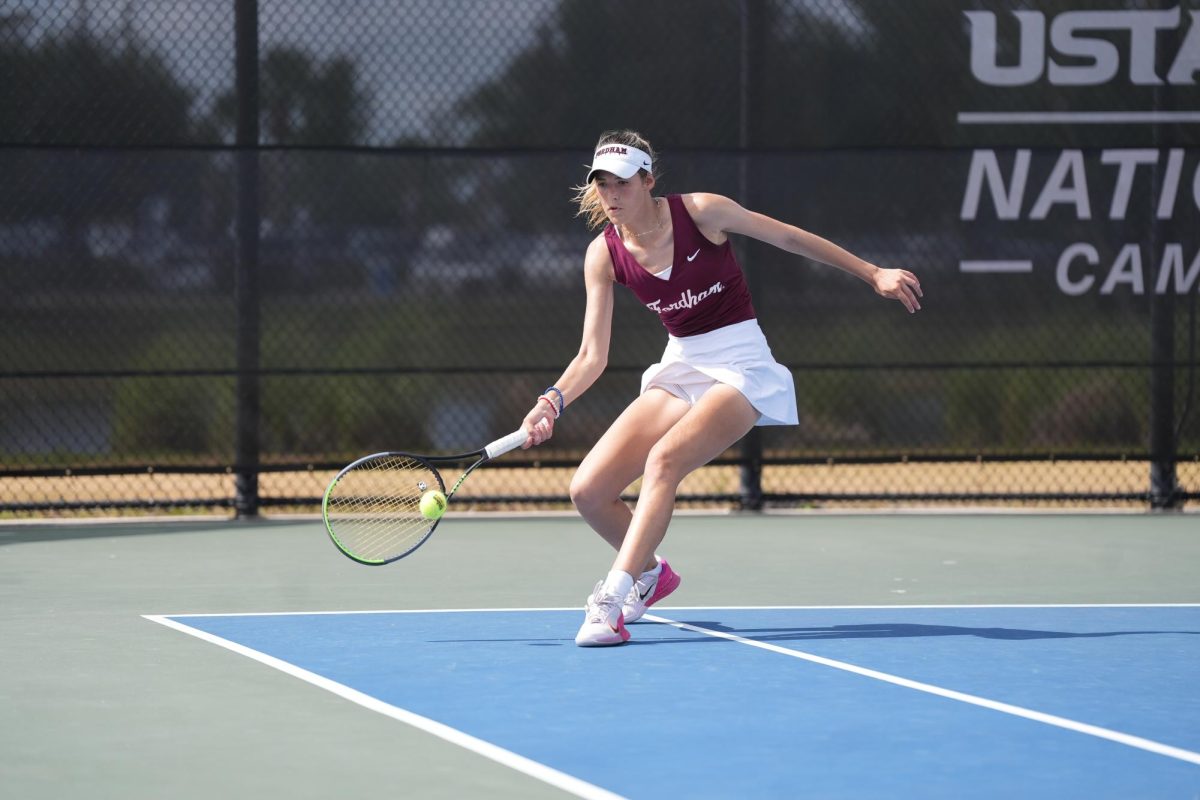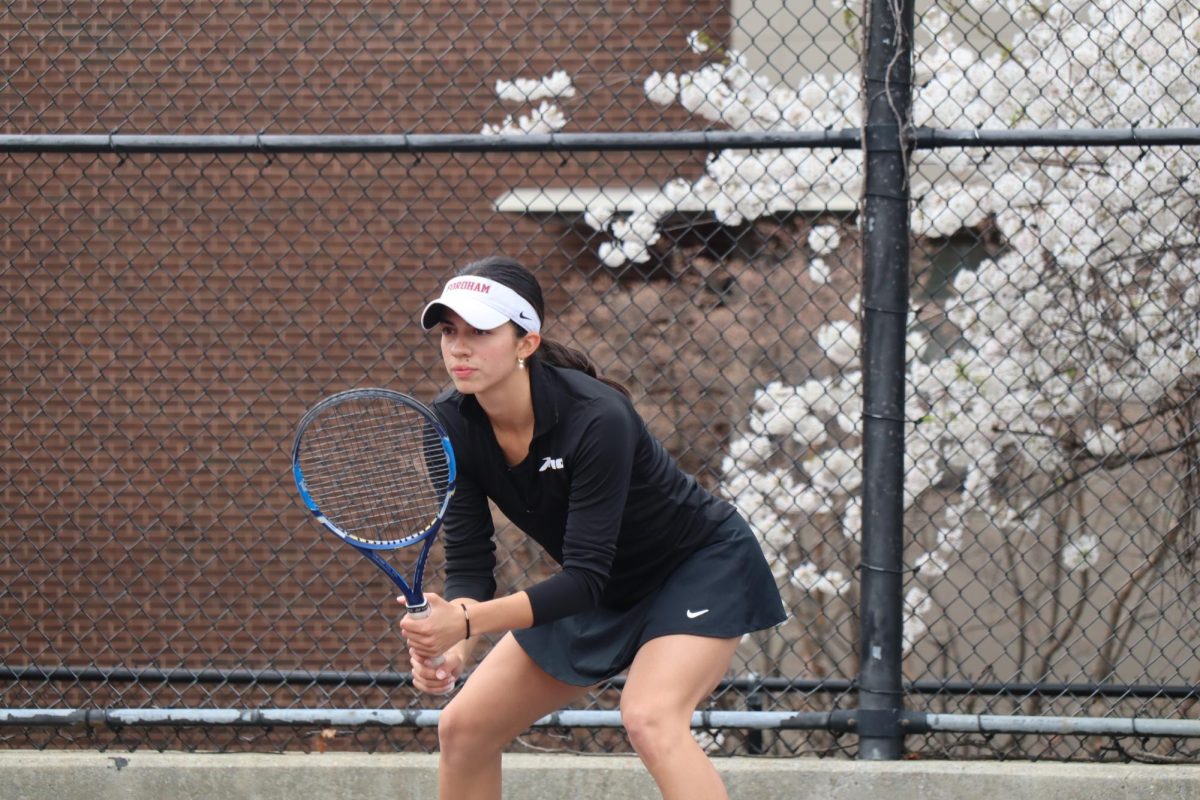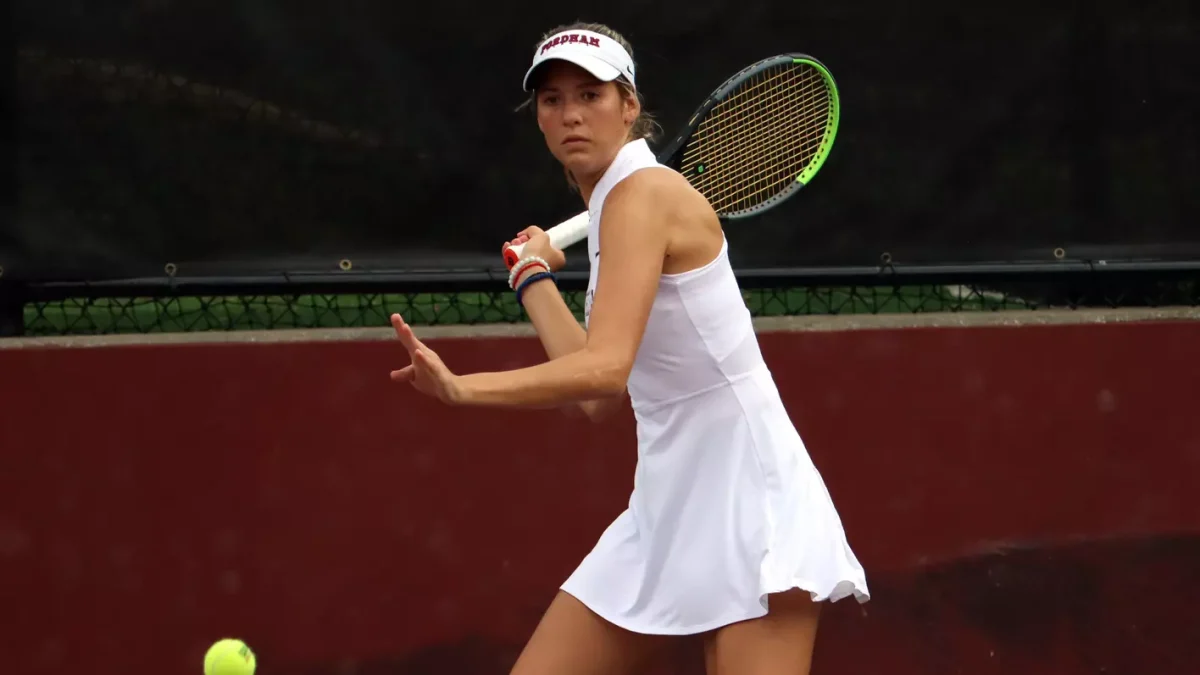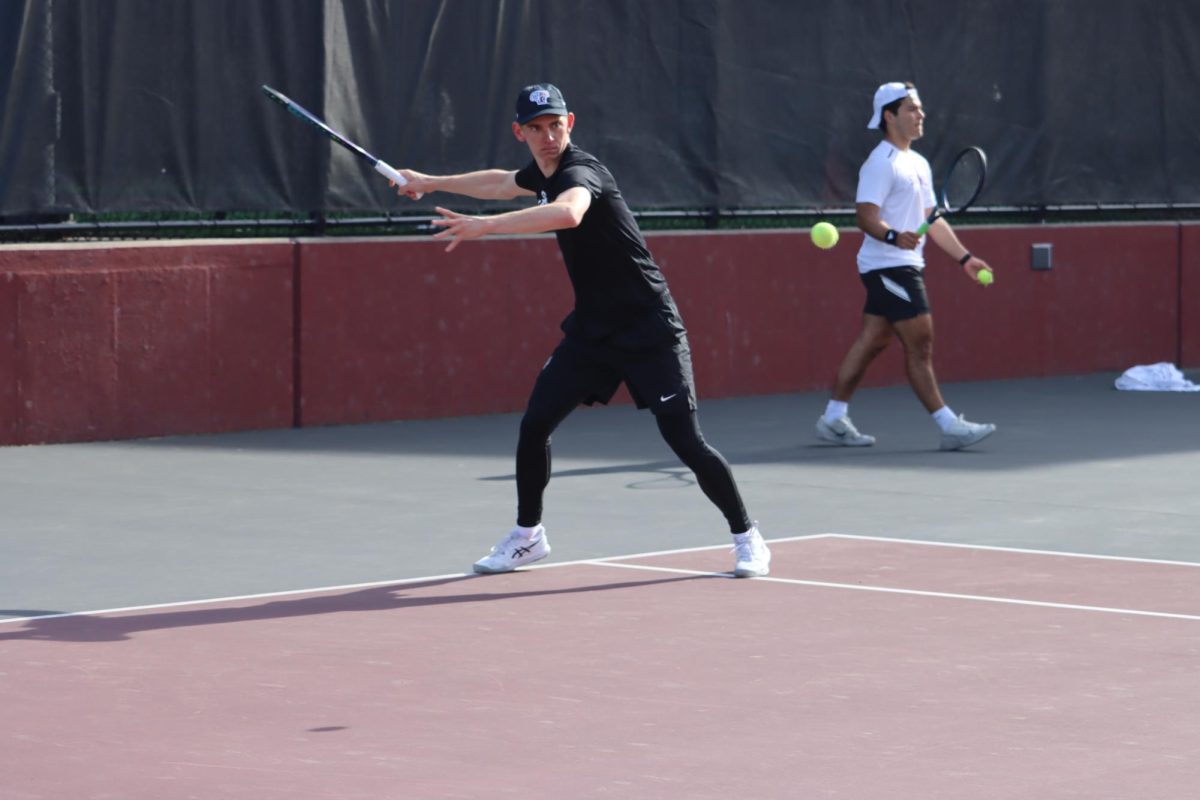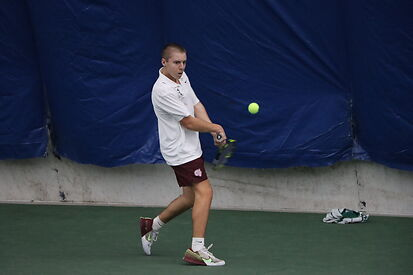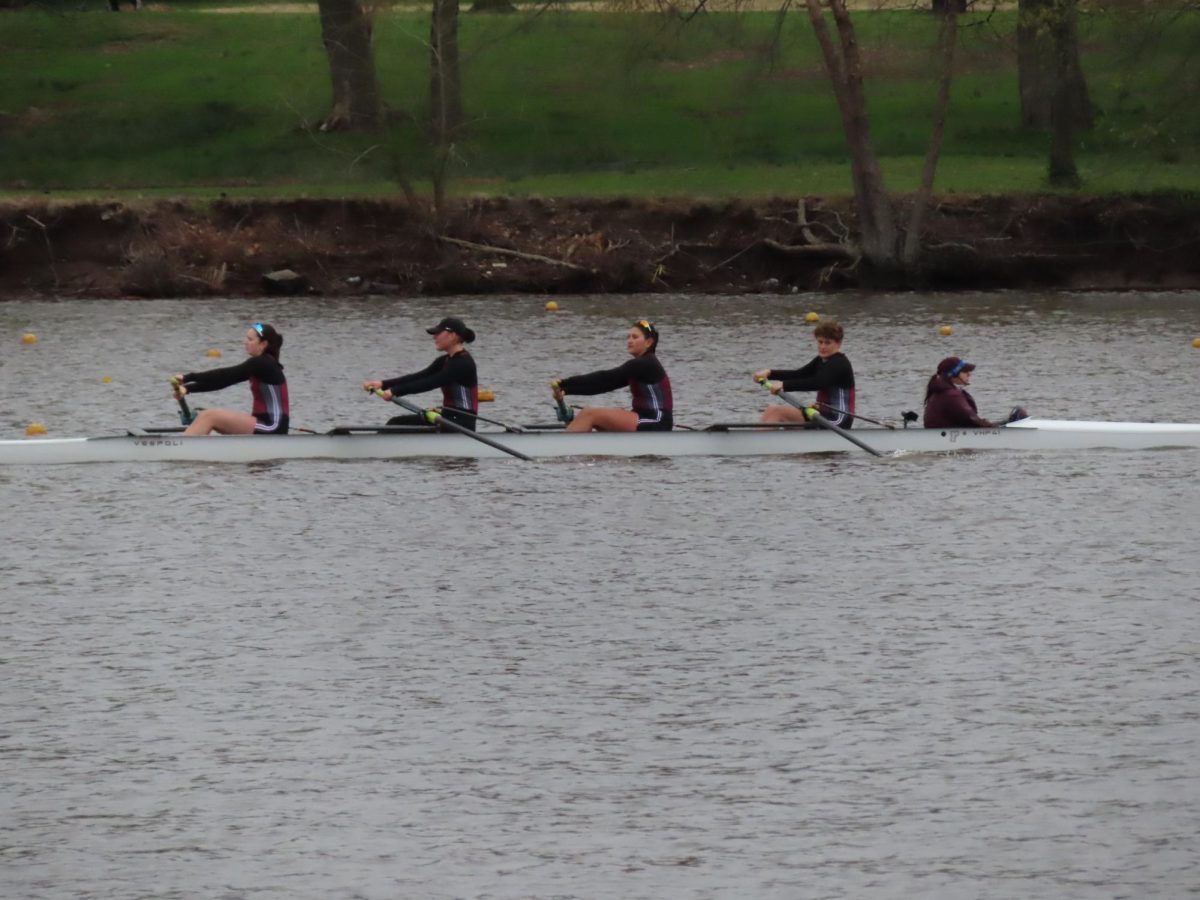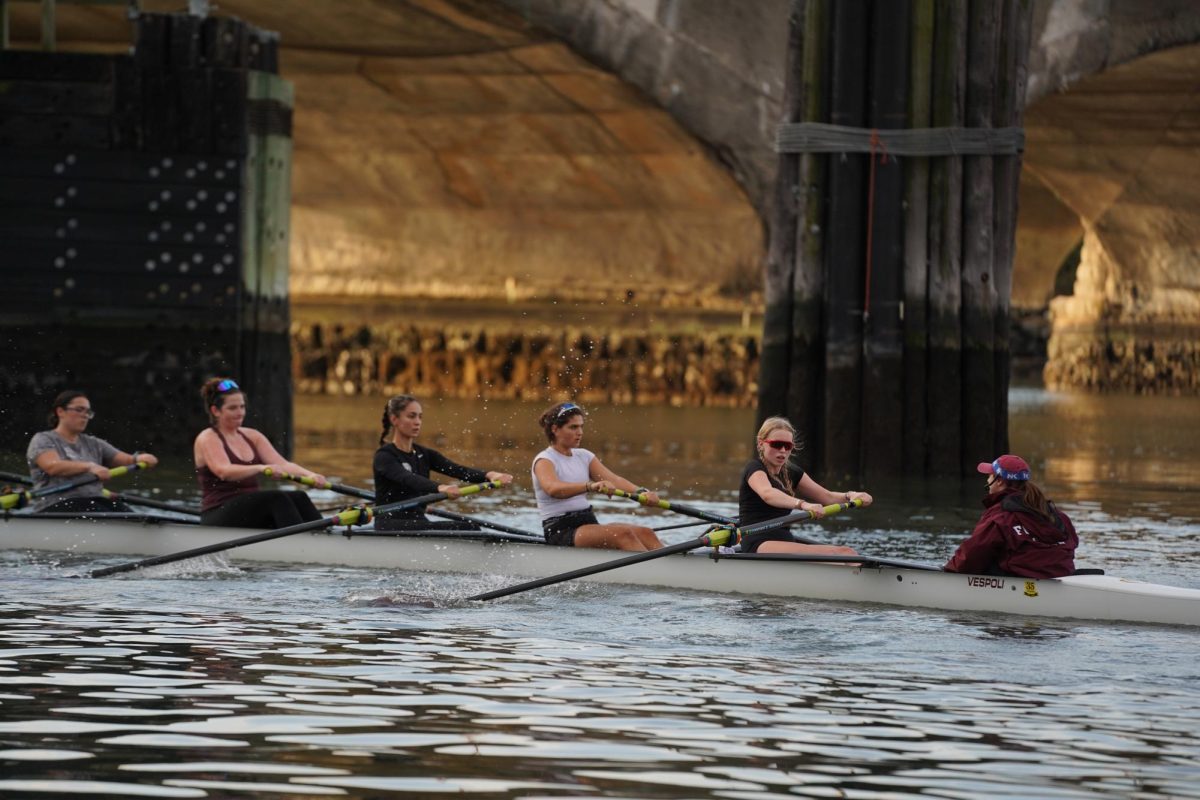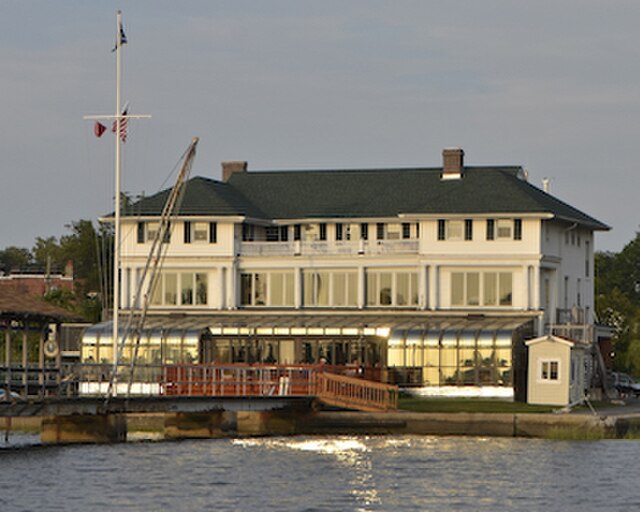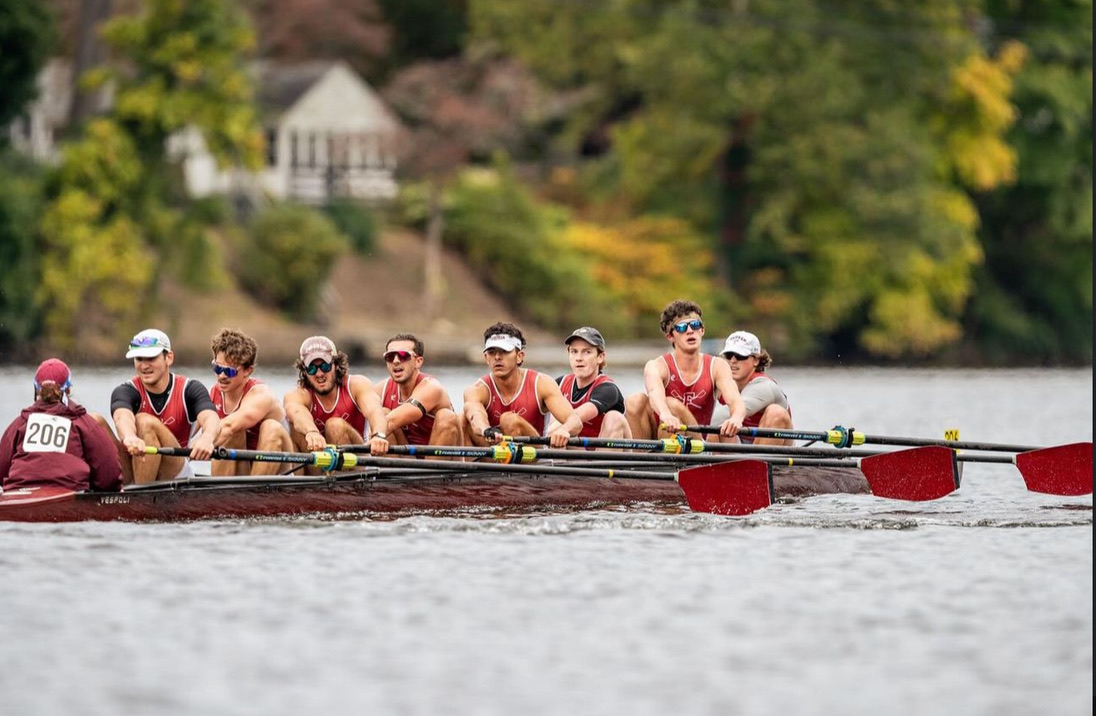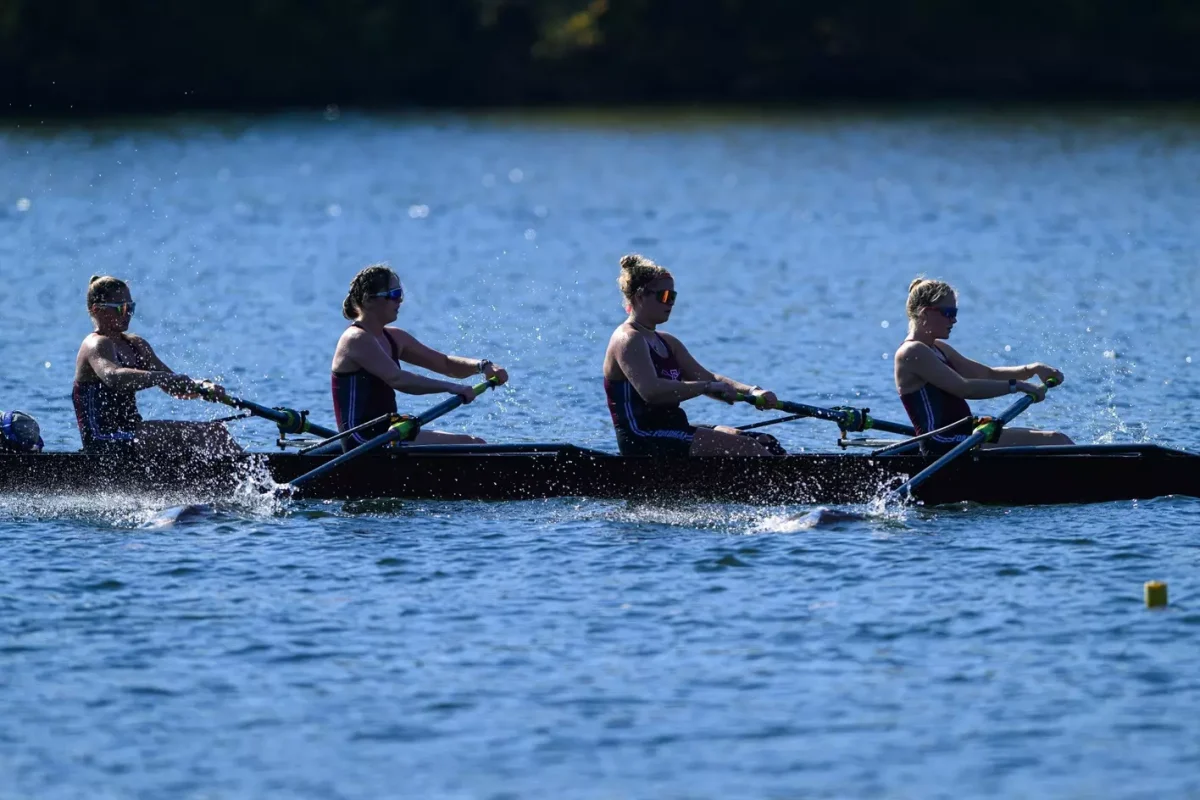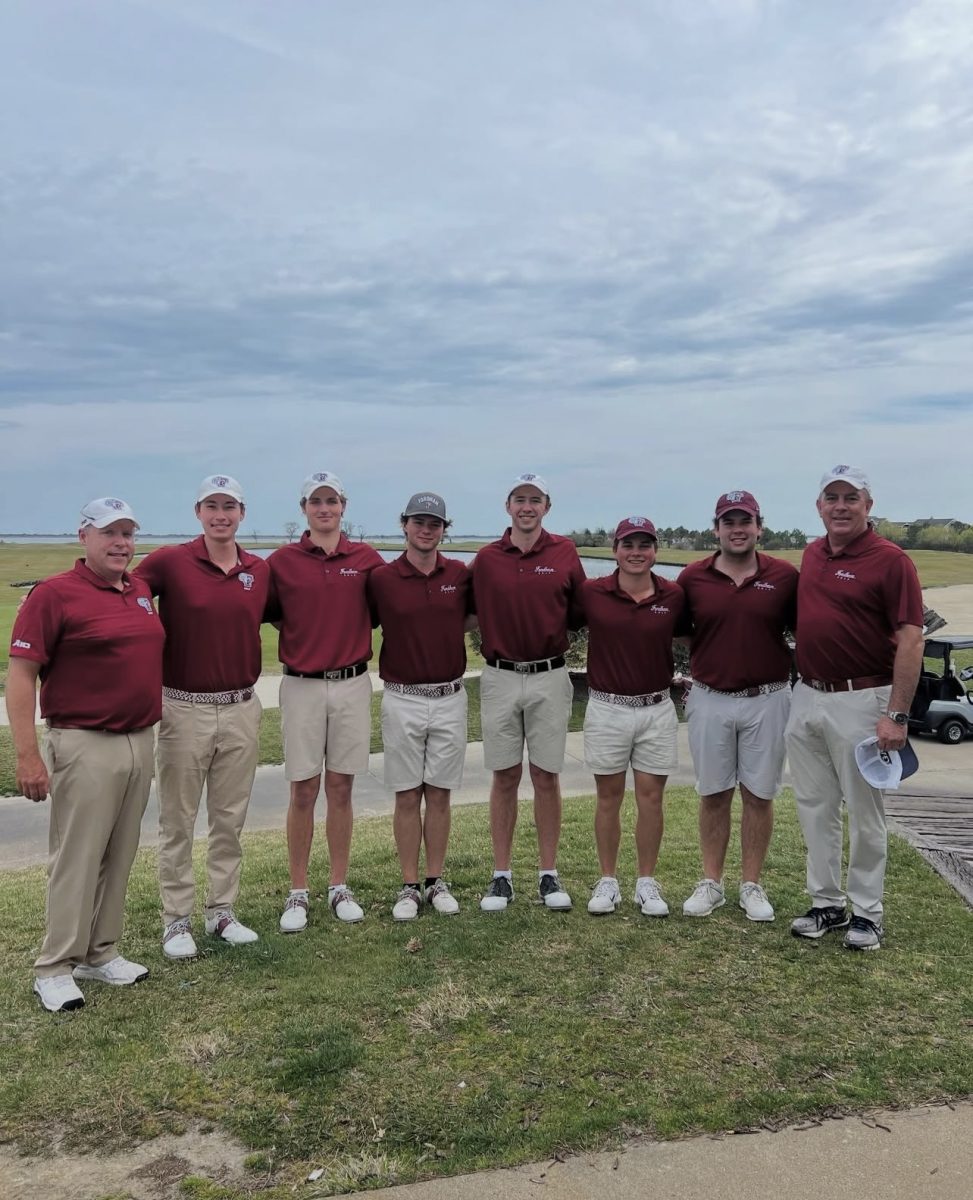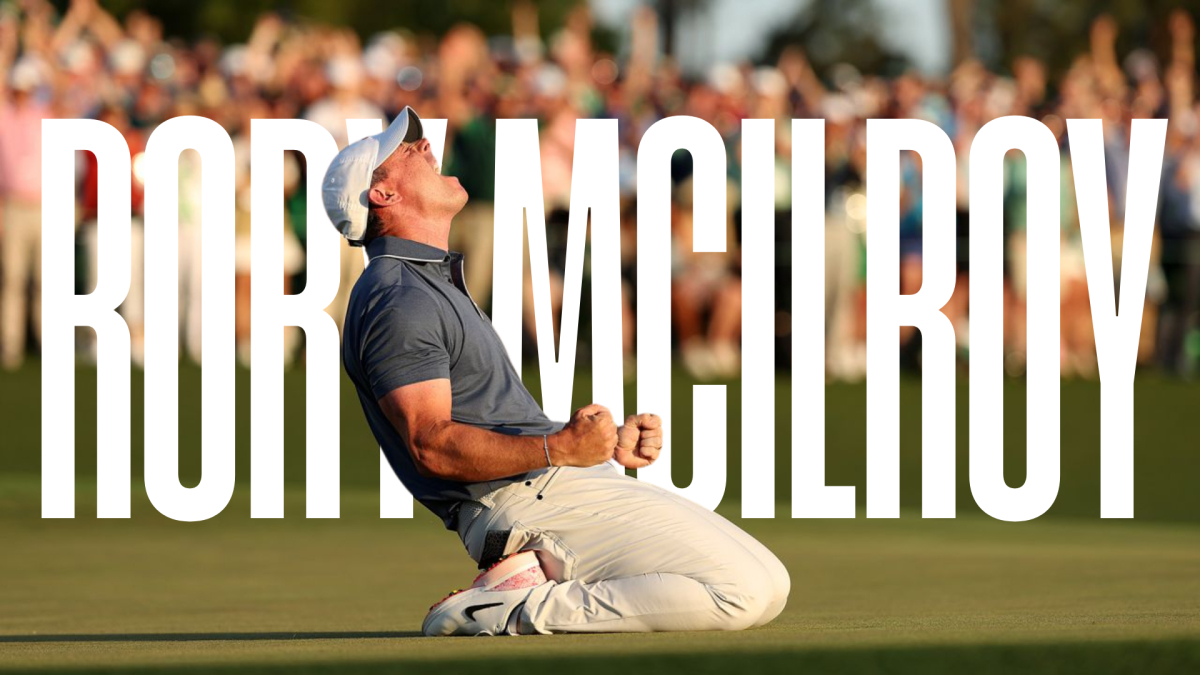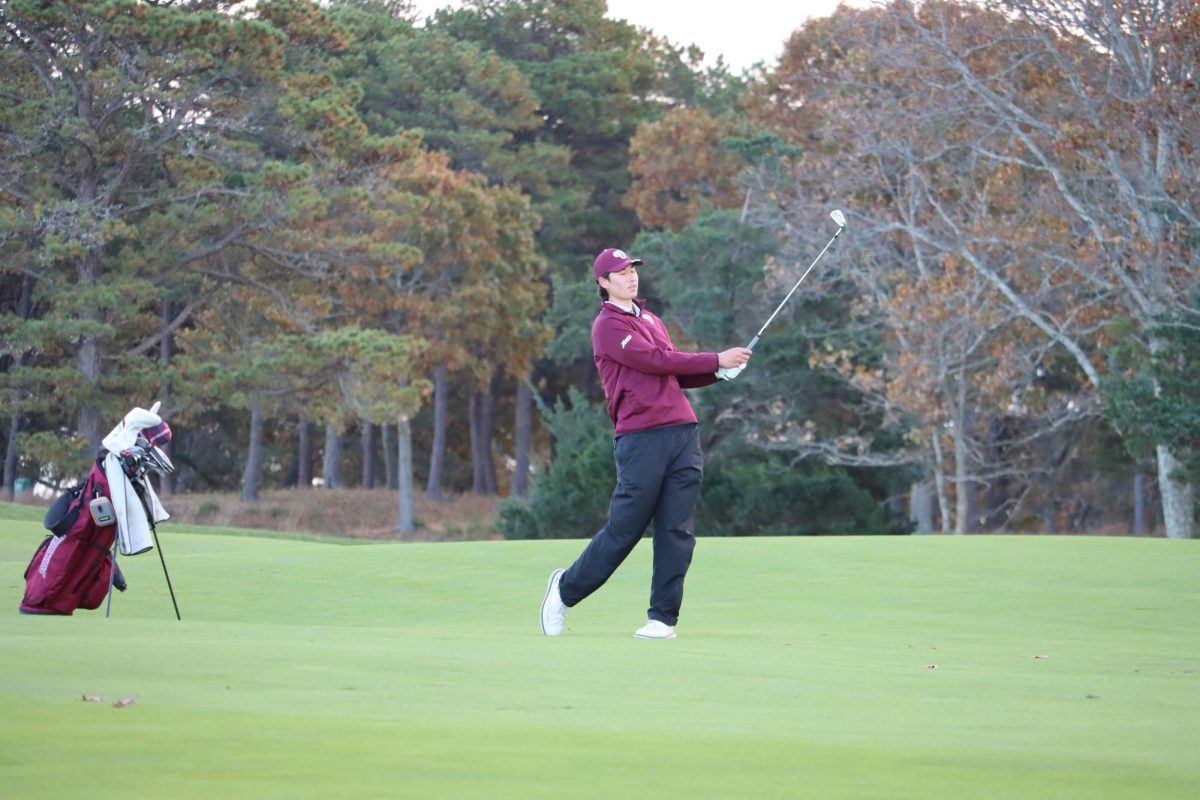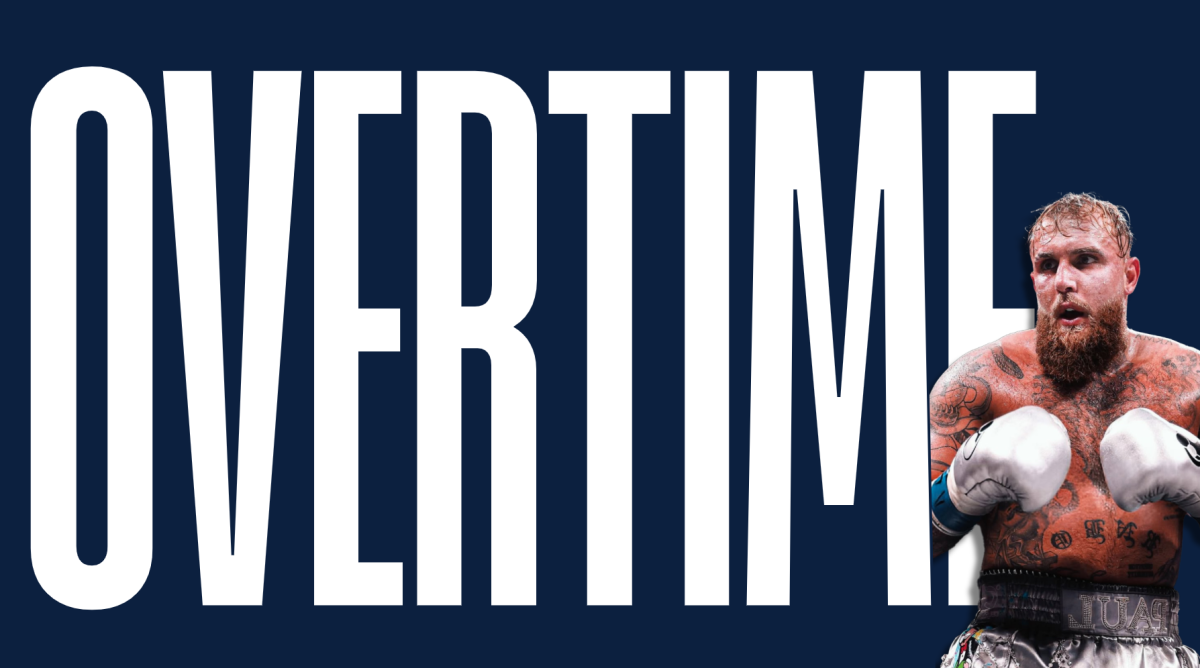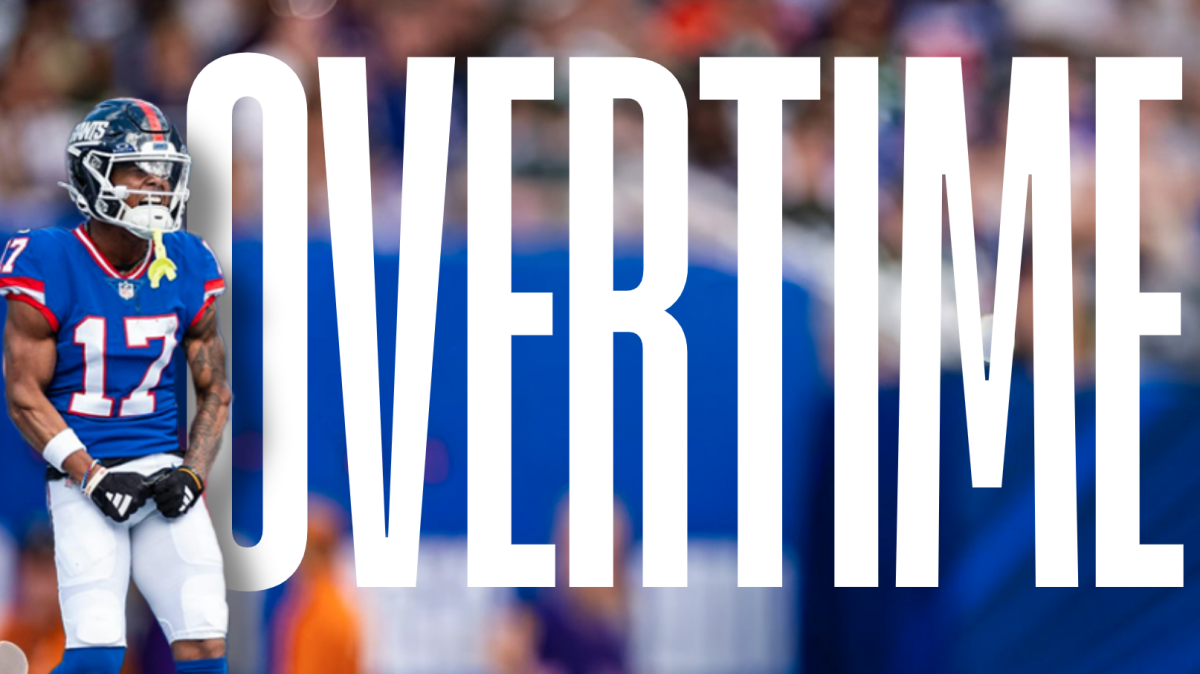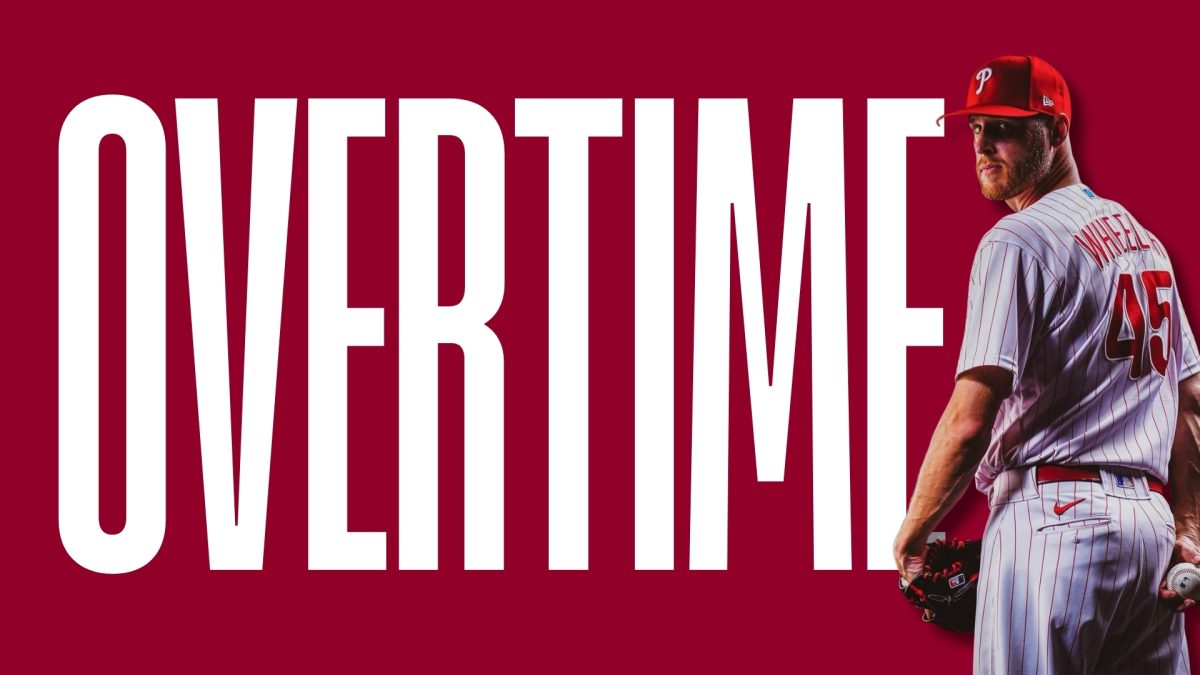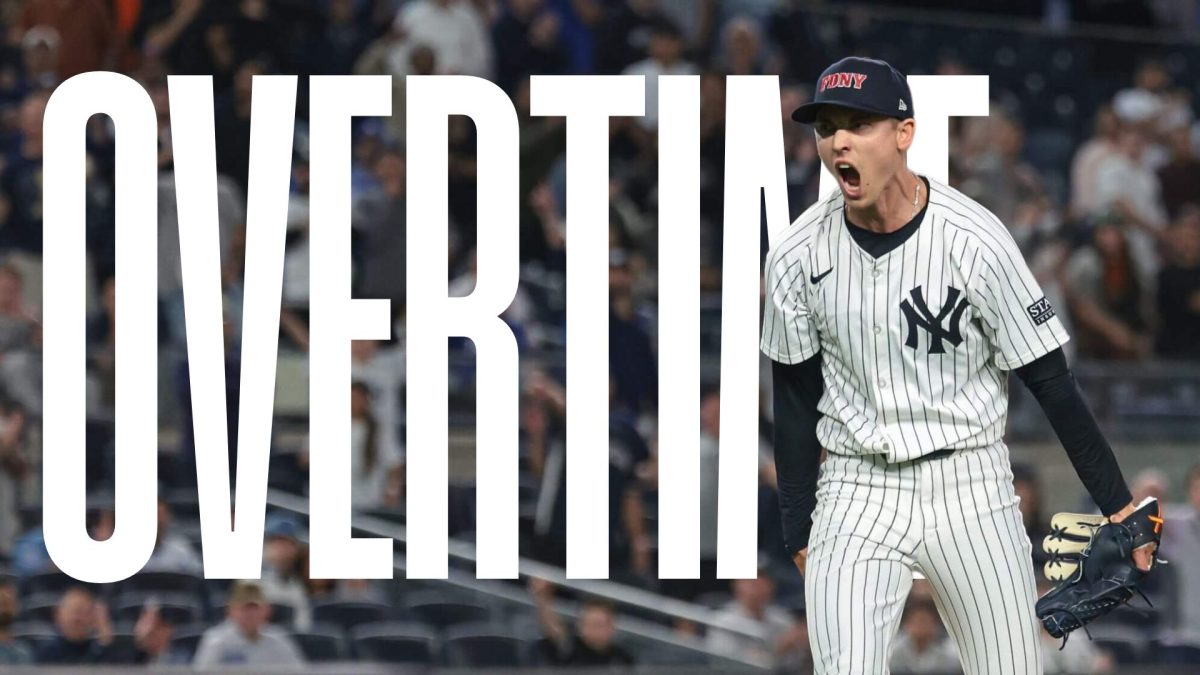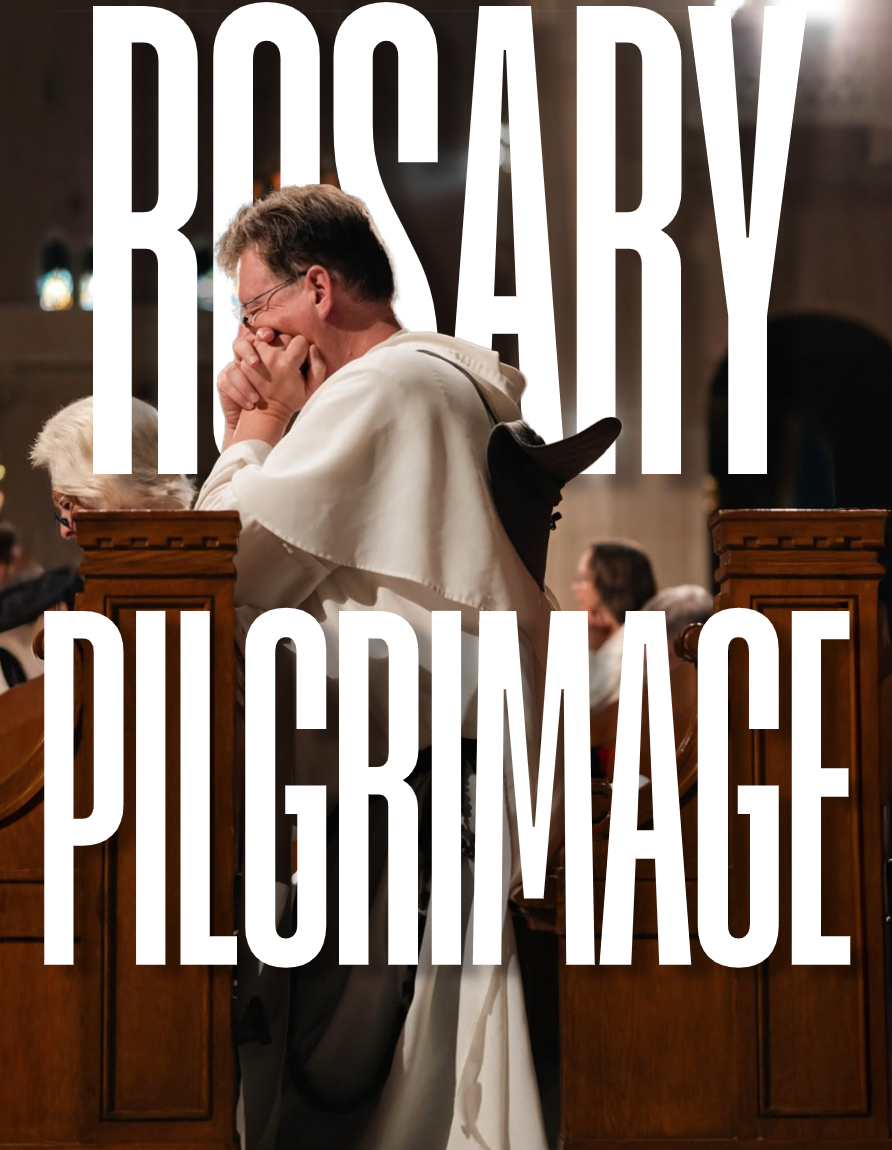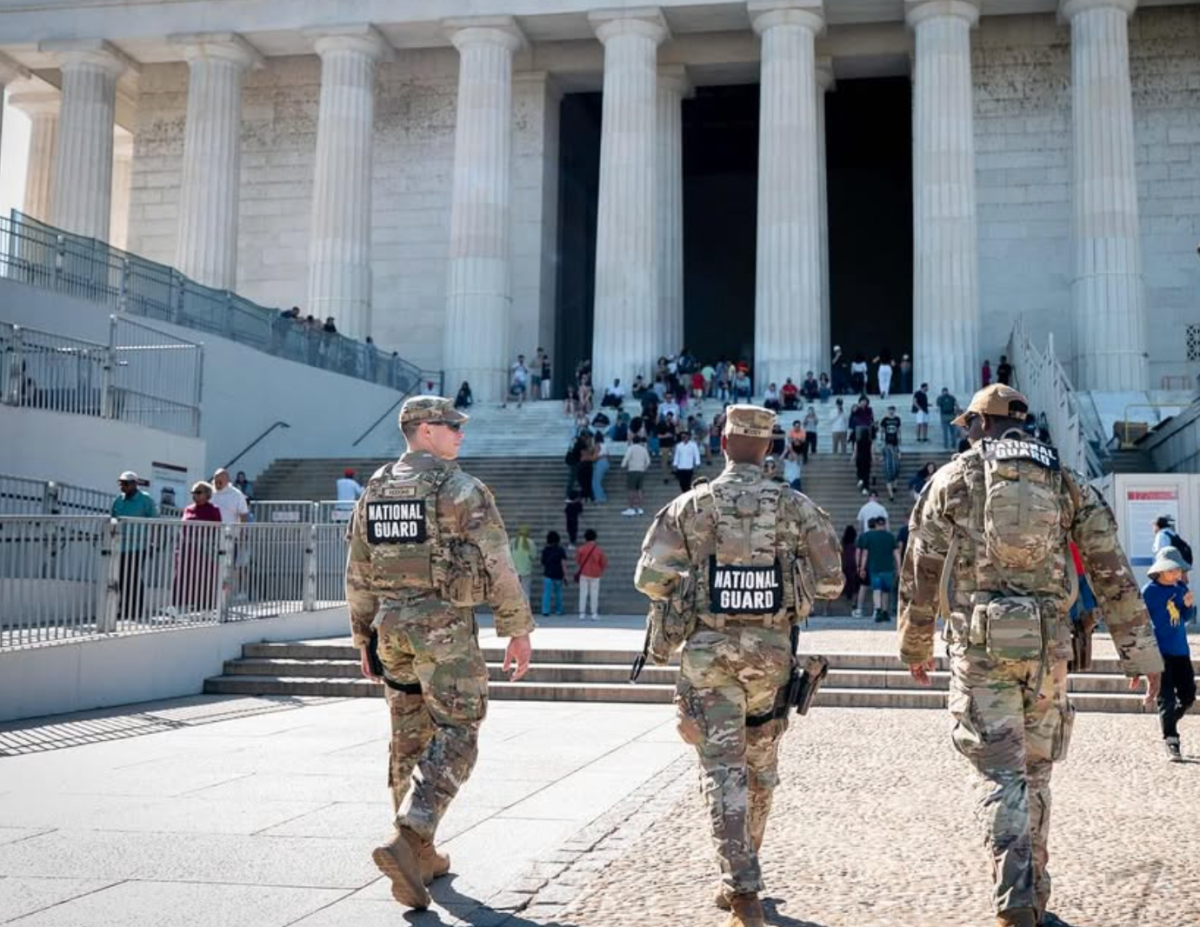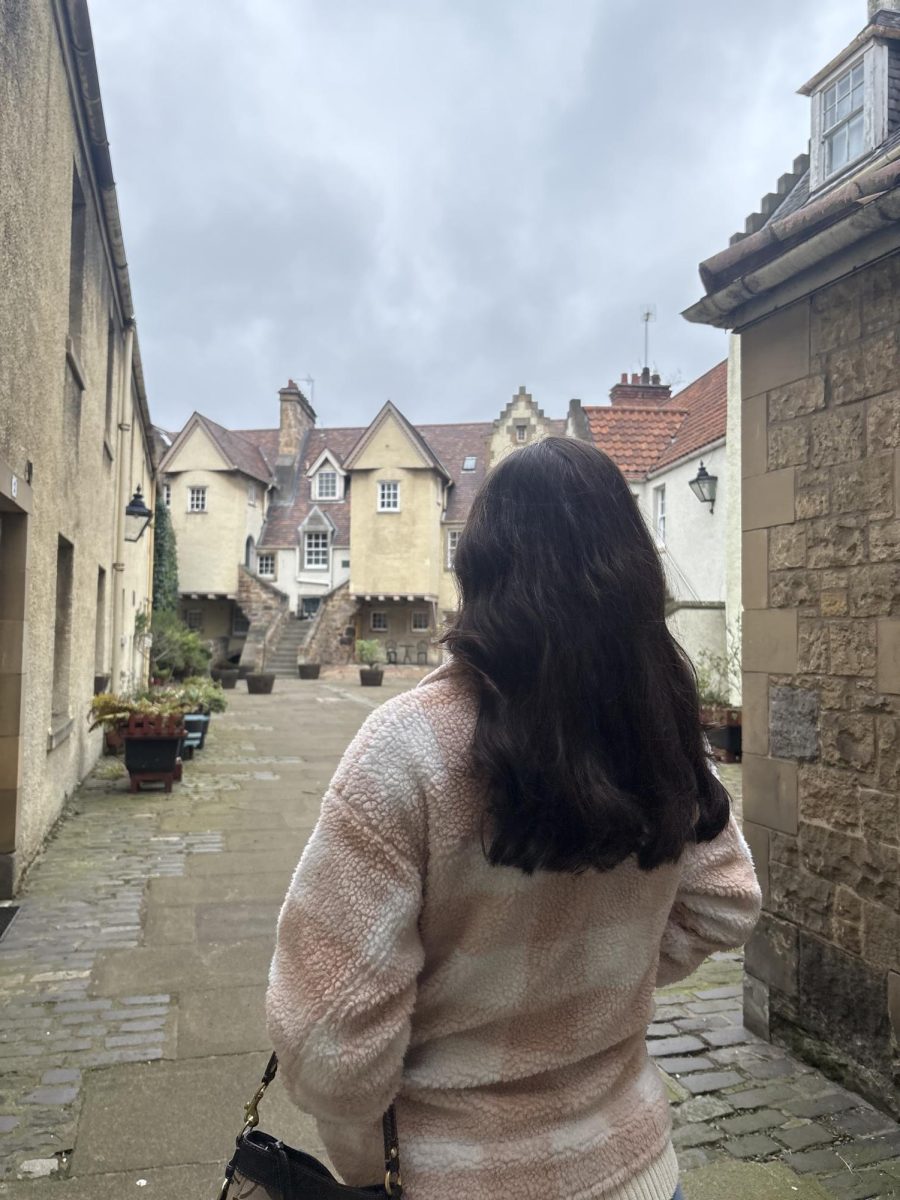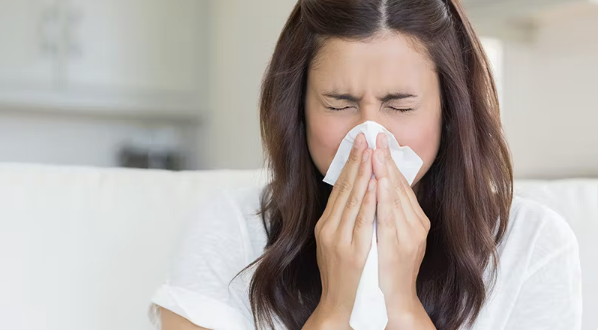By KATHERINE VALLES
CONTRIBUTING WRITER

The image of youth volunteerism has long been students rolling up their sleeves for an afternoon of helping out the less fortunate — perhaps at a soup kitchen, a food pantry or a charity drive. After their shift, these collegiate volunteers leave with a sense of personal accomplishment, an uplifting feeling from giving a couple of hours of their time to a less privileged community (and more proof of their altruism on their résumés).
After all, what can possibly be wrong when college students generously give up a couple hours of their own free time to see what life on the outside of Fordham’s gates is like?
In many universities and schools around the country, community service is either strongly encouraged or outright required for graduation. This system benefits students and communities surrounding college campuses alike. Students will always have the opportunity to open their eyes to community justice issues, and communities will always have their underlying problems alleviated when students and other do-gooders come to help in neatly designated volunteering shifts. While Fordham does not require service for graduation, it promotes the Jesuit philosophy of humanes pro aliis, men and women for others.
Yet, this type of service does not aim at eliminating the underlying problems that create the need for charities to distribute basic groceries at food pantries, or, in an act known as a Midnight Run, for groups of volunteers to run through Manhattan distributing clothing and socks to the homeless. Indeed, the image of volunteers distributing food and money can arguably be one of detachment as well — the social gap between a student at a private university and the people who rely on charity to get by is even more pronounced at soup kitchens and Midnight Runs.
Fortunately, college student volunteerism is shifting from men and women for others towards men and women with others.
“I’ve had a very positive volunteering experience through a service learning class called Works of Mercy, Work for Justice,” says Mohamed Sabour, FCRH ’14, who worked with the Northwest Bronx Community and Clergy Coalition said. “It opened my eyes to greater issues in the Bronx, and the shortcomings of services provided to them. This was more hands-on; you got to see why and how people were affected by bureaucracy, and why it was difficult to get things done.”
Aside from taking a service learning course, Fordham students can also be placed with community organizations through the Dorothy Day Service and Justice Center.
Vicki Gruta, FCRH ’14, has been working with Jumpstart, which gives academic help to young students from low-income neighborhoods, since January.
“If a student can look past just the deeds and into the systems causing problems in the first place, then I absolutely think volunteering can help in addressing underlying issues,” Gruta said.
Gruta appreciates the opportunity that volunteering with Jumpstart has given her to “break out of the so-called ‘Fordham bubble.’”
Although Gruta recognized she might not be able to change things right away, she did find the experience valuable.
“I learned from the people within the community and try my best to empathize with them. I can become more informed and aware, and let this awareness affect my voting habits and social justice thoughts for the future,” said Gruta.
Even outside of Fordham’s service learning offerings and the Dorothy Day center, student volunteers are taking up service positions that require responsibility and leadership.
Grace Perrotta, FCRH ’14, has been serving as an EMT with her local volunteer ambulance corps in South Jamaica, Queens for the past four years.
“I acquired a suite of new skills I never knew I was capable of having when I first started, and I get to serve my community in a truly intimate way,” says Perrotta, “One of the most notable experiences I’ve had that has driven me to continue on in healthcare has been being there to help deliver a baby in an elevator.”
Over the course of four years, Perrotta has taken up a large amount of responsibility for a volunteer, ensuring the safety of both patient and ambulance crew as a crew chief and having a part in financial and operational decisions as a member of the board of directors.
“I would characterize my four years of service thus far as both an opportunity for personal growth and a strong personal challenge,
Perrotta said.
Instead of dishing out resources to communities vaguely characterized as the “less fortunate,” service becomes more meaningful when students are challenged to learn from the people they are working with, in an attitude of solidarity.
Of course, as level of involvement within the community increases, so do the demands of service.
“I think this type of service is not something everyone is capable of doing,” said Sabour. “If you do not want to help, then you won’t do it properly.”
“I feel that most college students who volunteer do so out of the goodness of their hearts and with a sincere intention to improve the lives of those in the communities they serve,” Perrotta said. “There are, however, the few people who choose to volunteer for what I could only call misguided reasons. It’s my hope that these people can turn their motivations outward and become a part of something much larger than a line on résumés.”
Katherine Valles, FCRH ’14, is a biology and theology major from Queens, NY.

